
Associate Gear Editor Abby Ferguson shares Sony a7IV sample images of Hilo, Hawaii. In a range of conditions, the results are impressive.
The post Sony a7IV sample images gallery: ocean spray, aerial views, and one happy pup appeared first on Popular Photography.
]]>
We may earn revenue from the products available on this page and participate in affiliate programs. Learn more ›
Sony has been putting out some impressive gear lately, and the Sony a7IV is no exception. It’s an ideal camera for a wide variety of individuals and use cases—everything from vlogging to more fine-tuned videography and of course, all sorts of still photography applications. It has well-rounded features to make it versatile for someone who does it all and some improvements from the a7III that warrant spending the money on a new model. You can read our full review here, but continue below to see some sample images.
Note: The following images were lightly processed from Raw in Adobe Camera Raw 14.3. Click the link in each caption for a full-resolution view.
Wave over a rock
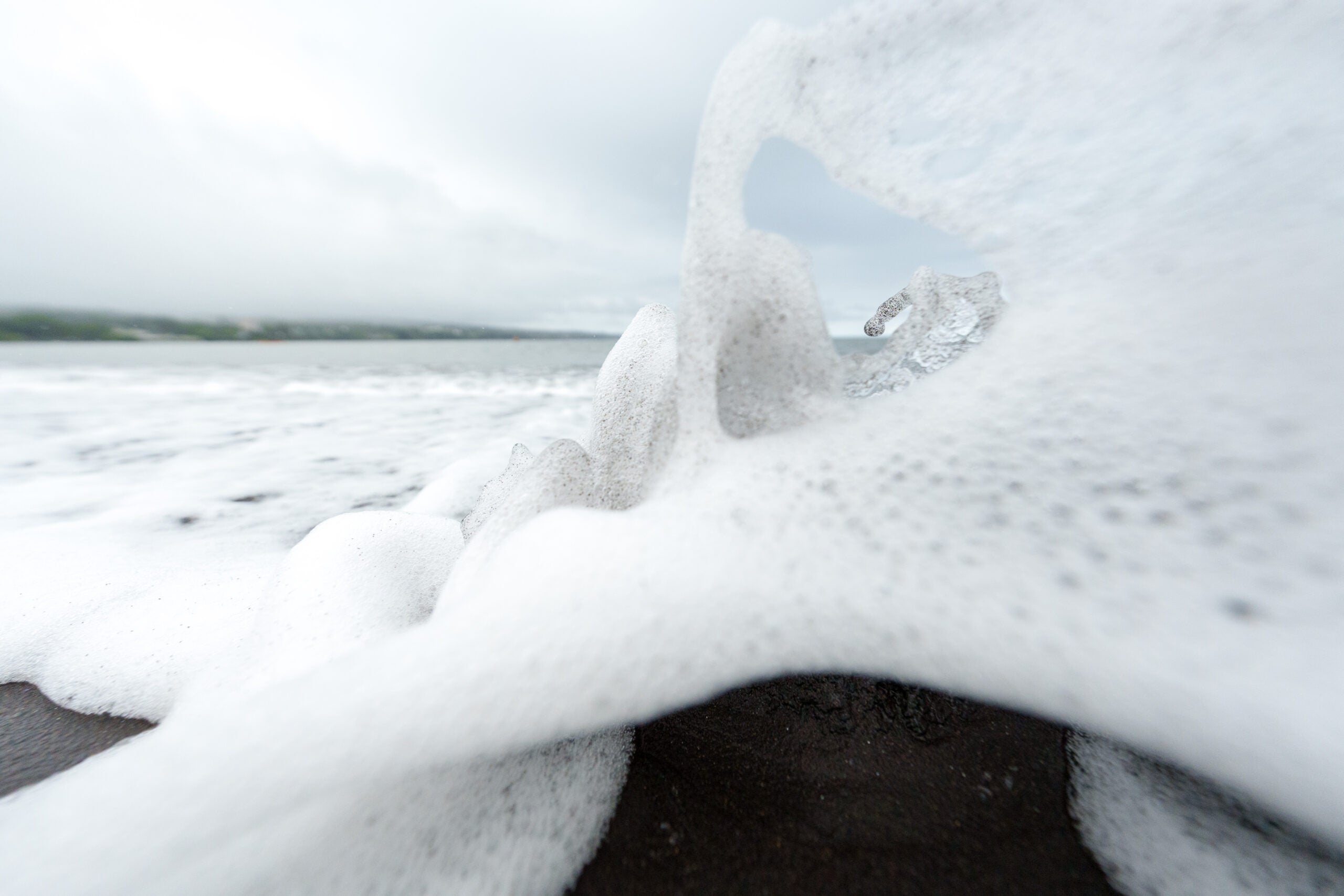
Click for full-res. Abby Ferguson
Though this isn’t an exceptionally high ISO in today’s world, I am still impressed with just how clean and noise-free this image is at ISO 1600. The detail in the water is still very crisp, and even after bringing up the shadow detail some, there is next to no noise.
Lava flow and crater
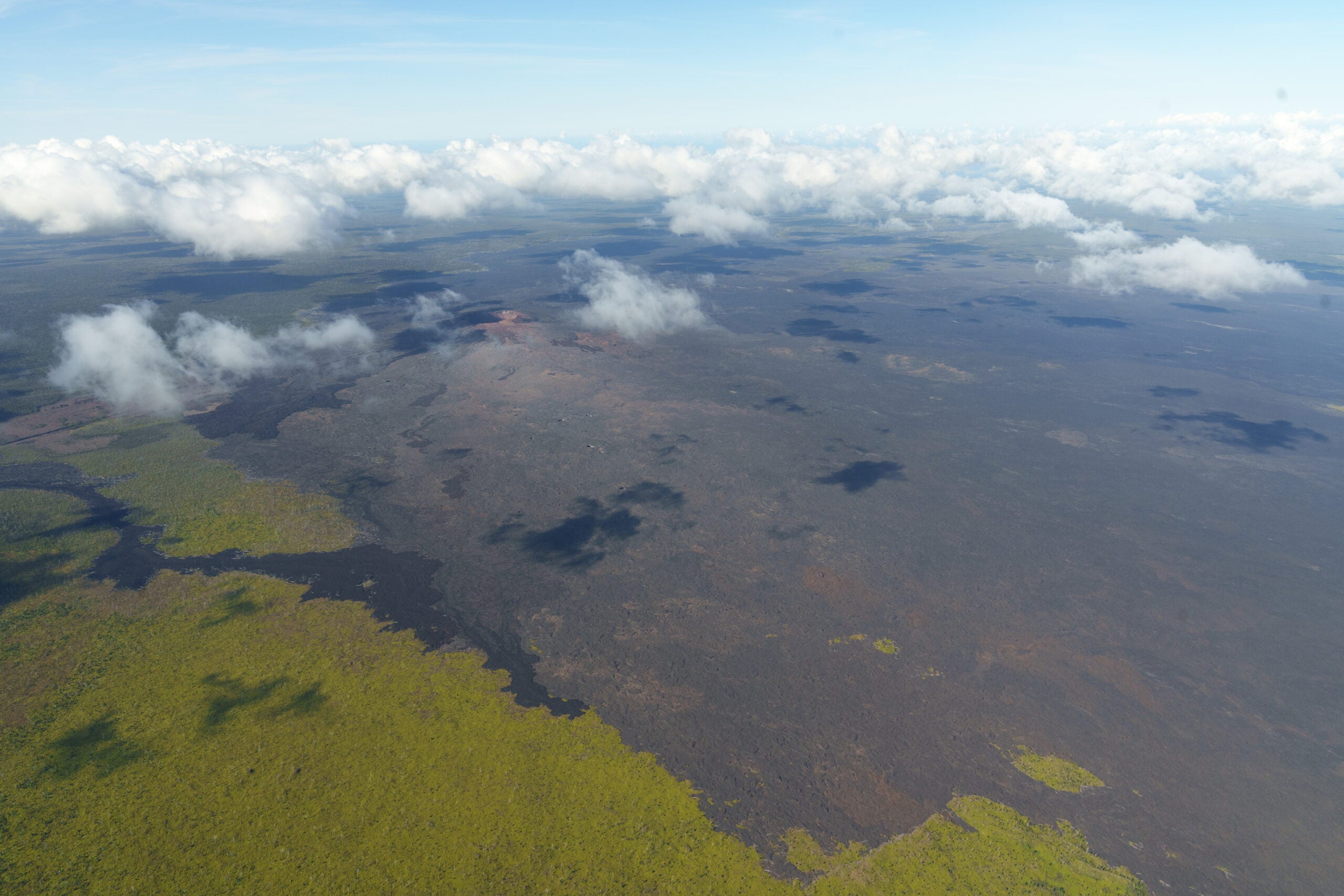
Click for full-res. Abby Ferguson
I took this image from the window of a small airplane flying over lava flows from the 2018 Kilauea volcano eruption. The white balance straight out of the camera was quite cool, which is typical when shooting aerial images. I warmed it up some in Adobe Camera Raw.
Athena inside at night
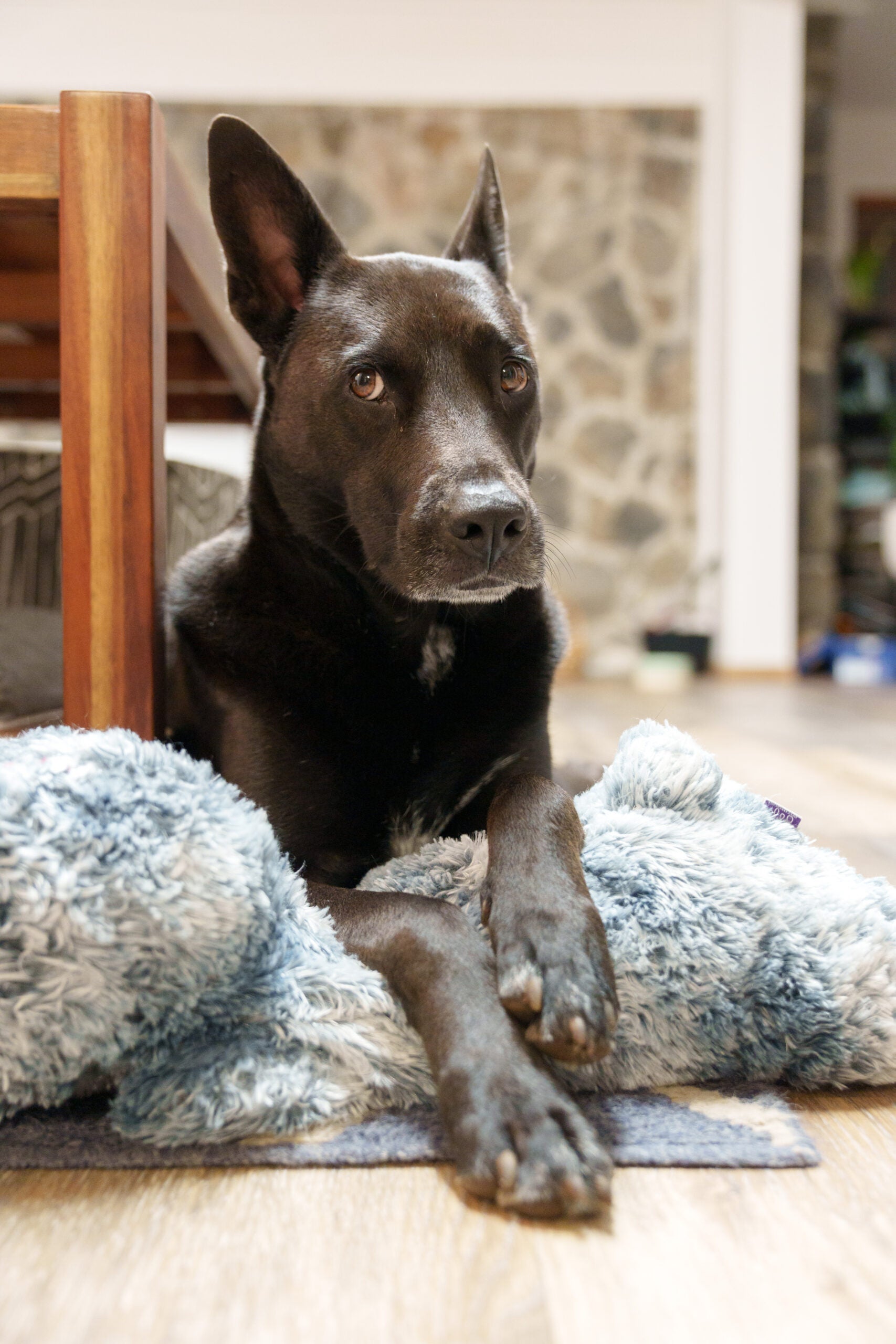
Click for full-res. Abby Ferguson
To test a higher ISO, I took this image of my dog, Athena, in our dimly lit house at night. Even at ISO 4000, there is very minimal noise and good detail. I would not shy away from shooting at this high of an ISO, even for clients. Note: Some slight noise reduction was applied in post.
Dead plant

Click for full-res. Abby Ferguson
I much prefer the colors from the a7IV compared to the a7III. They have quite a bit less green tint to them, which is most evident in a photo with lots of white areas, such as this still-life scene. The level of detail here is also excellent.
Broken windows
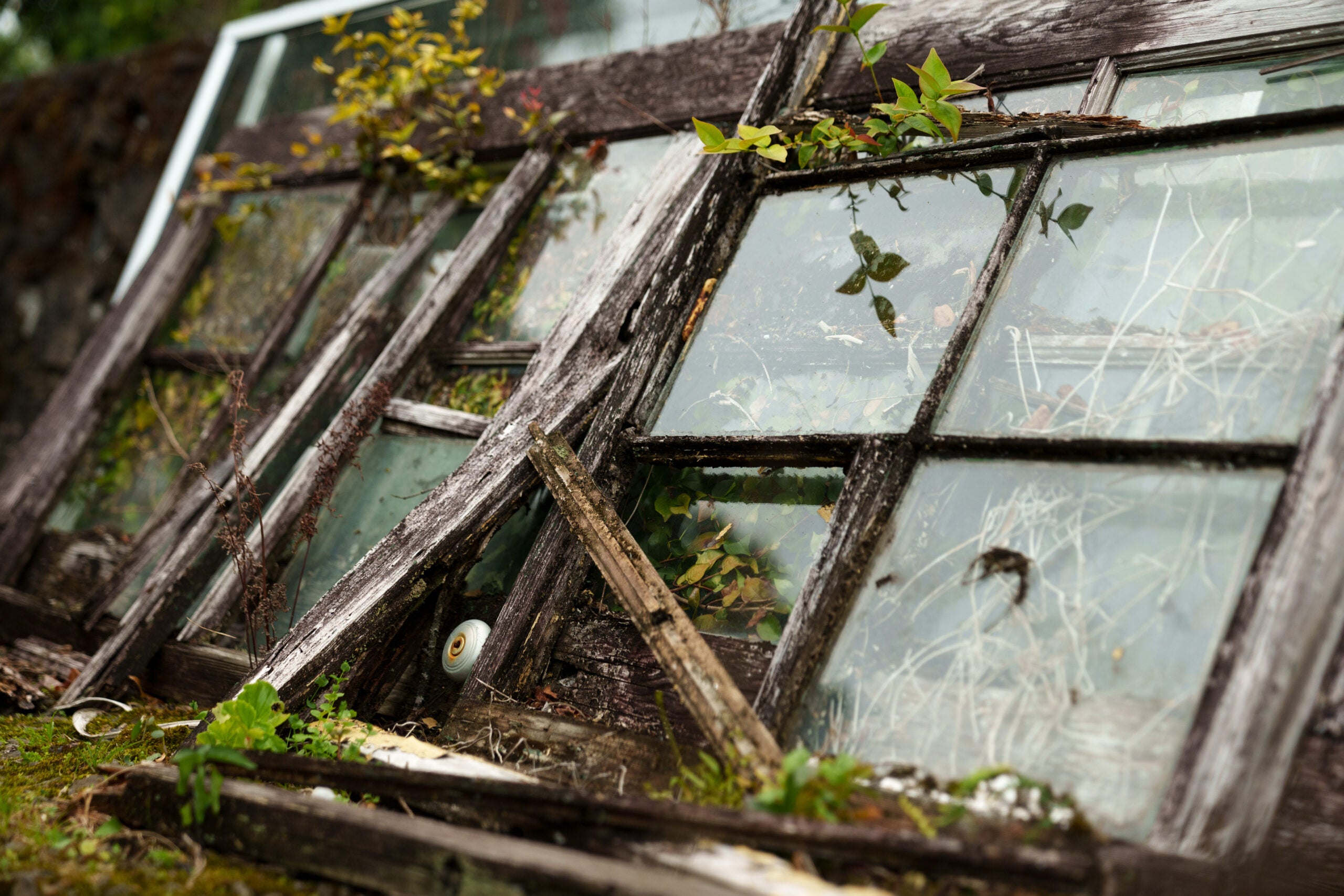
Click for full-res. Abby Ferguson
Though not necessarily a massive improvement from the a7III, the detail and clarity from the a7IV are incredibly nice. I love how the reflections on the glass and the texture of the old wood pop in this image.
Driftwood in Hilo Bay

Click for full-res. Abby Ferguson
This was another image that impresses me with the amount of detail and texture. It feels richer than images from other cameras that I’ve used. The white balance straight out of the camera was also pretty spot-on.
Margo Ray showing a paper
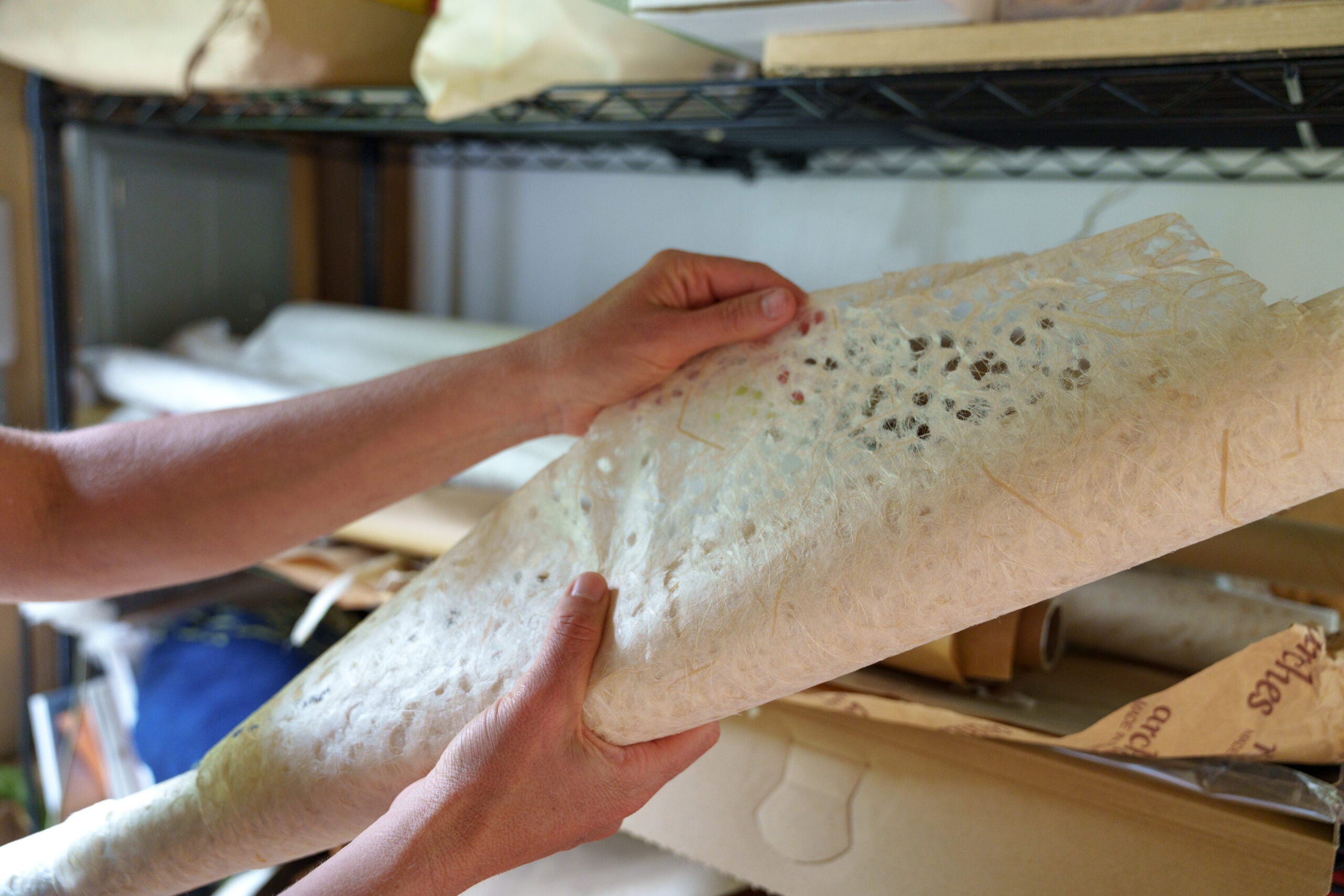
Click for full-res. Abby Ferguson
I am very pleased with the skin tones from the a7IV in the handful of portraits that I took. In this case, there was even some artificial light that could have complicated things, but the artist’s skin still looks natural and accurate without the need for any major adjustments in post.
Margo Ray in her studio

Click for full-res. Abby Ferguson
This was another high-contrast scene, with a very bright view out the window and little light inside. I was able to recover the highlights quite a bit, and the shadows also still look clean, even after bumping them up a fair amount. High contrast scenes are much easier to handle with a camera like this.

Click for full-res.
The white balance was somewhat off in this one, with the blueish-green of the artist’s cutting table reflecting onto her, while warmer light fills the background. The camera handled the exposure in this situation fairly well, but the skin tones definitely needed some work in ACR.
Athena at Hilo Bay

Click for full-res. Abby Ferguson
For the most part, I am quite impressed with the a7IV’s ability to grab focus on moving subjects. My black dog was running around at the beach, as dogs do, and the camera still identified her eyes and tracked her as she ran past me. It nailed focus despite her movement and the relatively dim conditions.
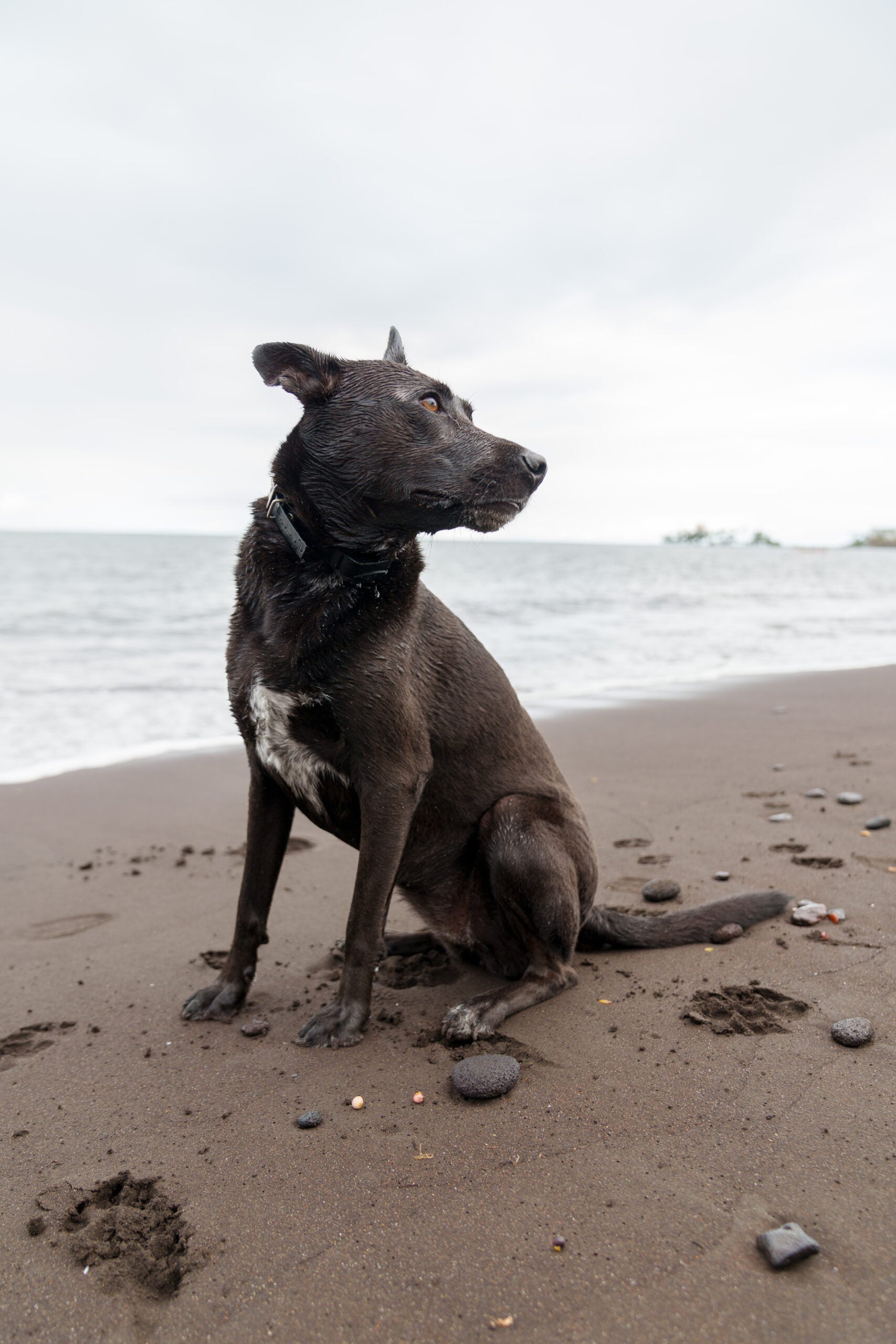
Click for full-res. Abby Ferguson
I am really impressed by how much highlight detail I was able to recover with this camera. This image initially looked like there wasn’t anything in the sky straight out of the camera, but when I brought the highlights down in ACR, I was able to bring back most of the cloud detail.
Hilo
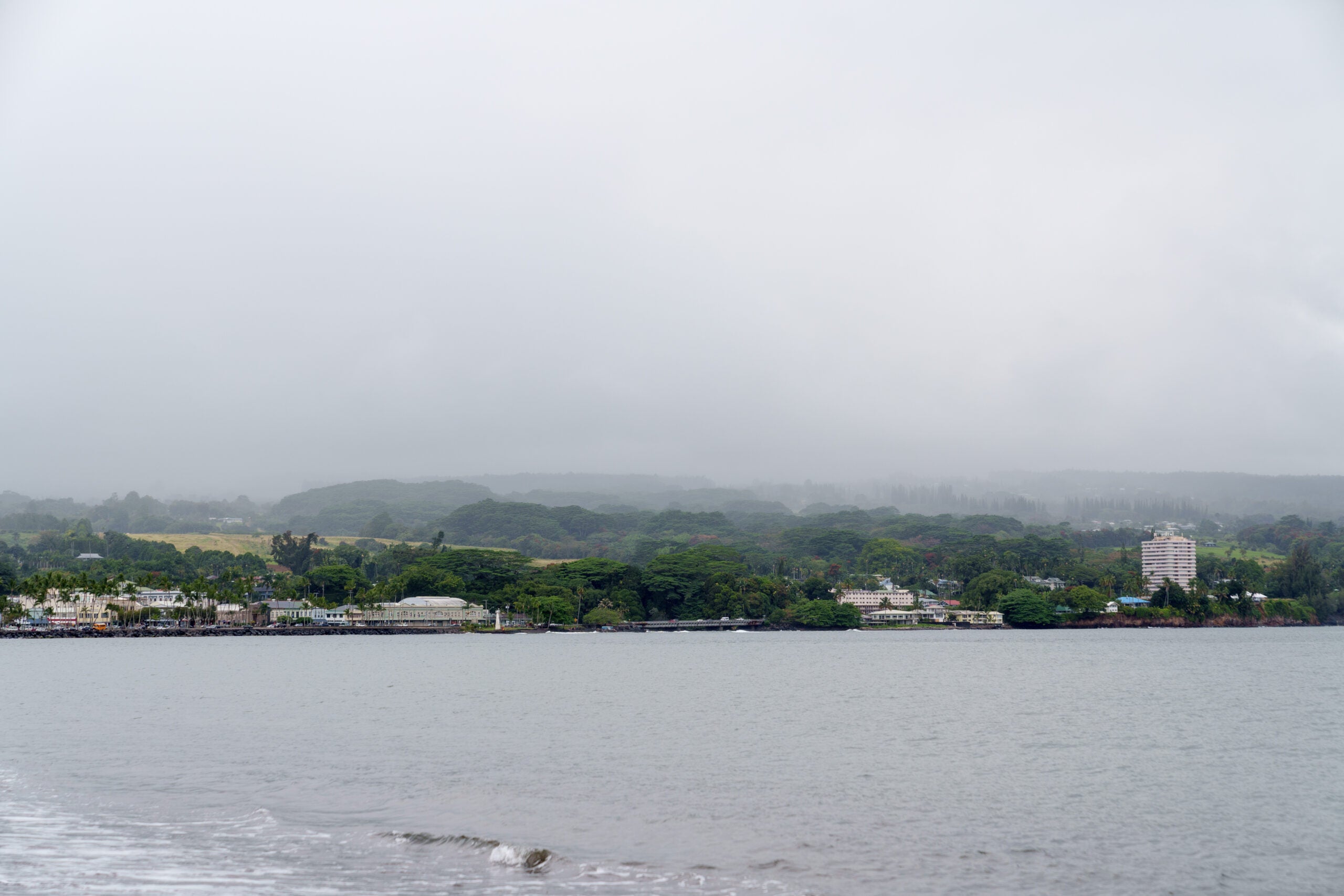
Click for full-res. Abby Ferguson
The white balance of this landscape shot of a rainy day in Hilo, Hawaii, was a bit cool and green straight out of the camera, though that is typical on days like this. Again, I was easily able to correct this in post, in addition to pulling up the shadows and recovering some of the blown highlights.
Pack raft at Narnia
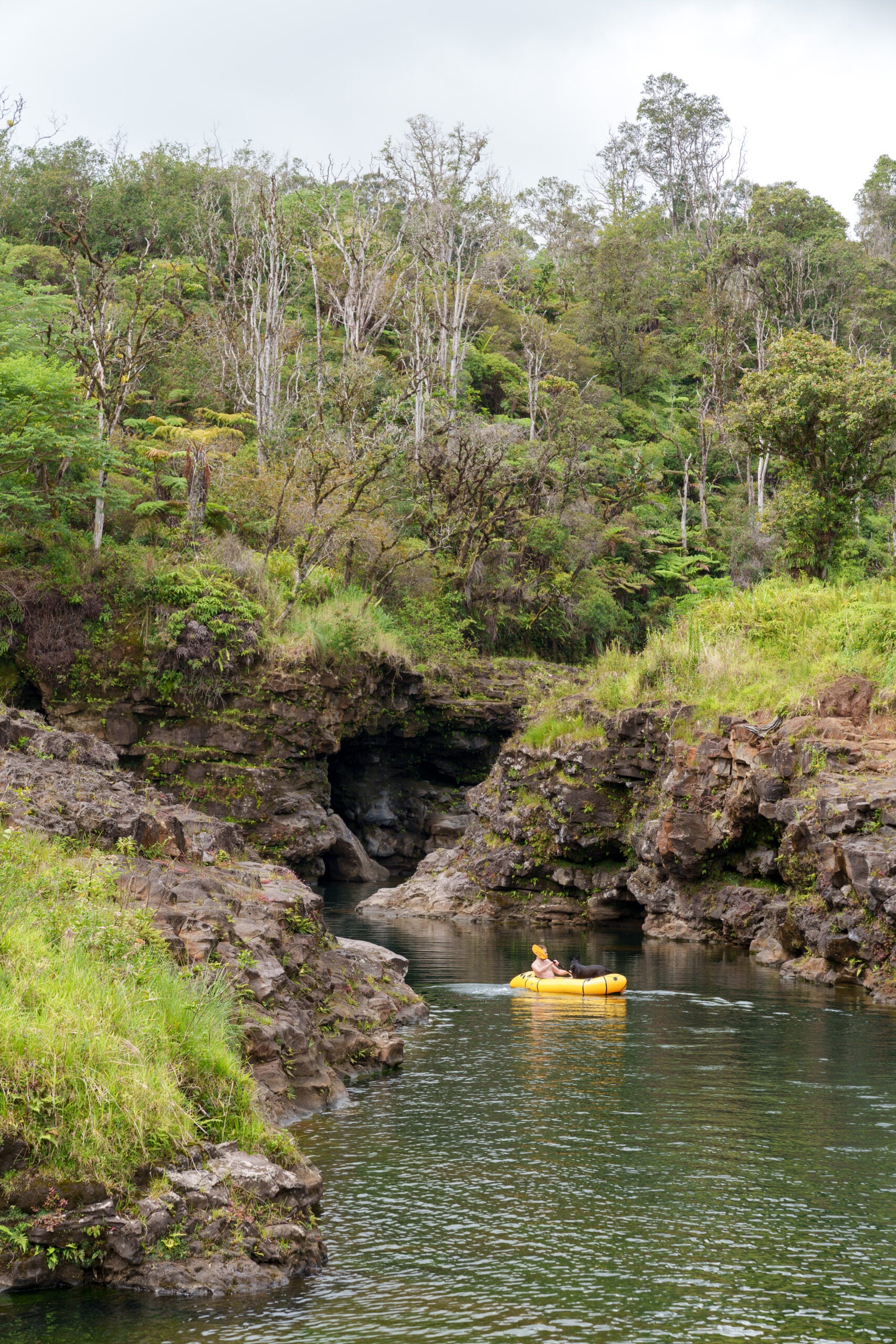
Click for full-res. Abby Ferguson
Unfortunately, I mainly had cloudy days while assessing this camera, so I didn’t get to test it in a full range of conditions. But, it did very well handling white balance in the overwhelmingly green landscapes that we have here in Hilo, Hawaii, even on flat, overcast days.
Fern
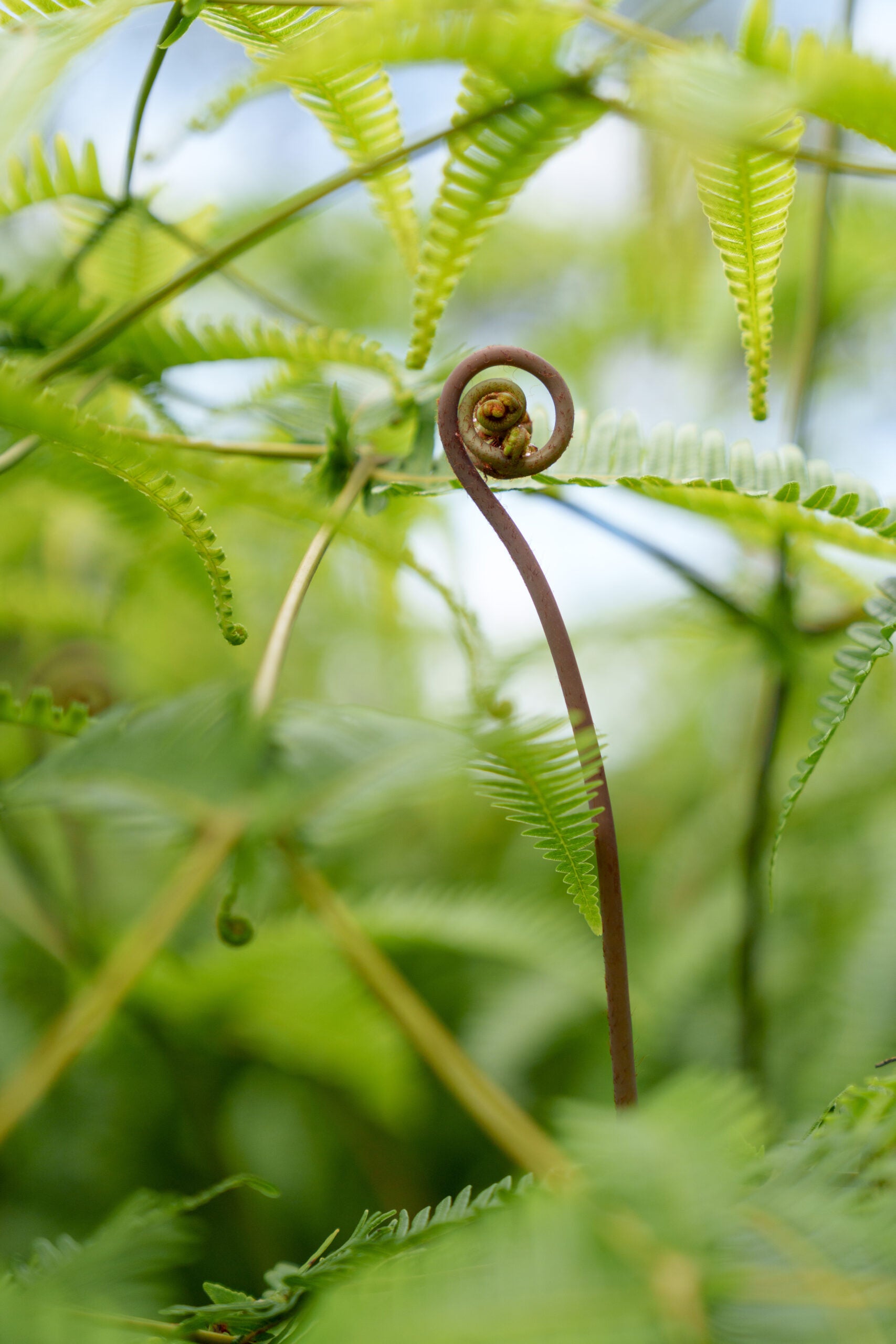
Click for full-res. Abby Ferguson
This is another example of the excellent resolution from this camera. Zoomed in to 100%, you can easily see the individual hairs on the fiddlehead. The colors are also excellent in this shot despite an abundance of green, which can throw the white balance off.
The post Sony a7IV sample images gallery: ocean spray, aerial views, and one happy pup appeared first on Popular Photography.
Articles may contain affiliate links which enable us to share in the revenue of any purchases made.
]]>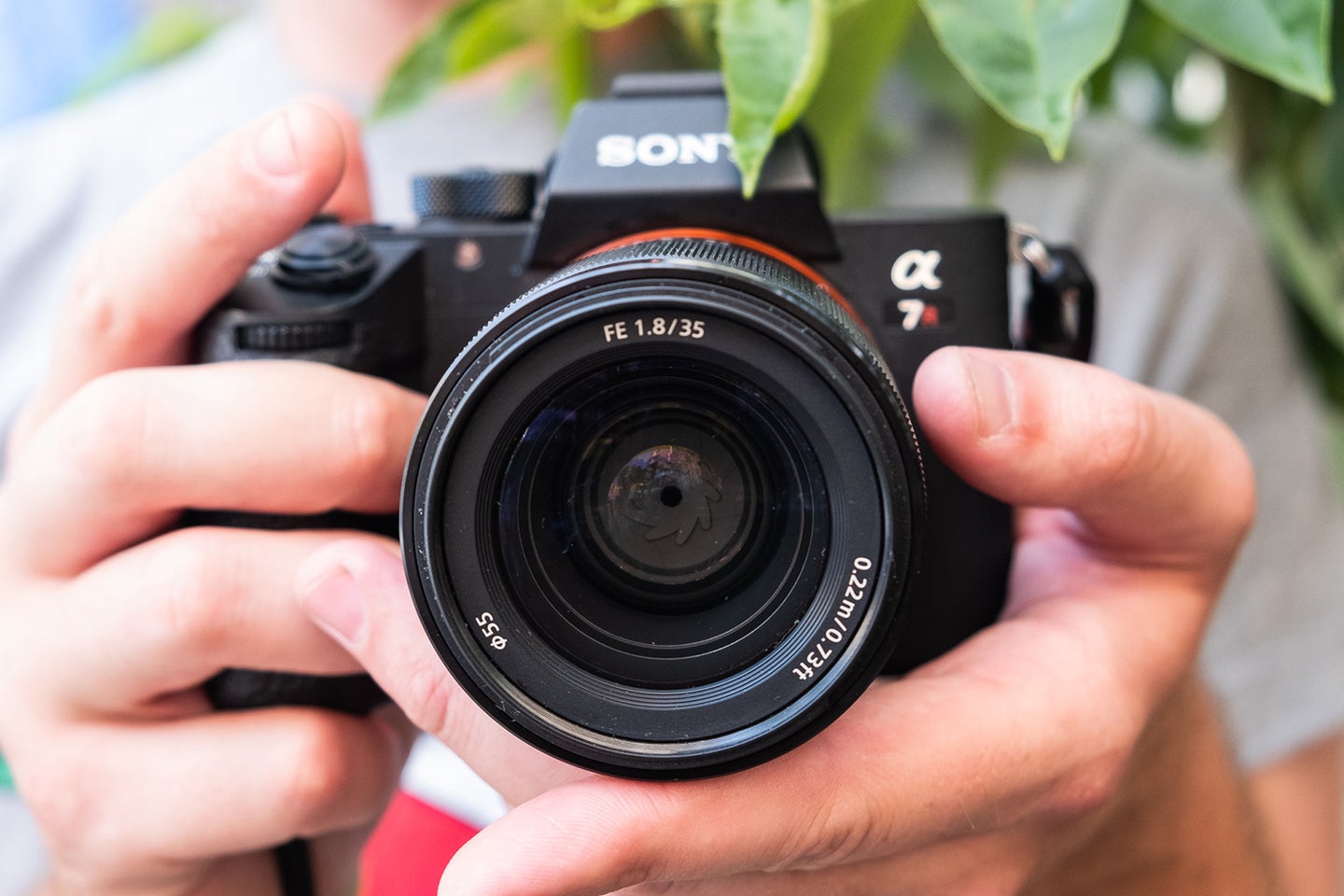
We spent a few days shooting with this new fast prime before it launched.
The post Hands on with the Sony FE 35mm F1.8 prime lens, plus sample images appeared first on Popular Photography.
]]>
We may earn revenue from the products available on this page and participate in affiliate programs. Learn more ›
A good 35mm prime lens has a special place in my heart. It’s a versatile choice for a variety of shooters and sceneriors, gives you a slightly wider field of view than a nifty-fifty, and has been the focal length with which I’ve shot some of my favorite frames. This being said, I was pretty excited to get my hands on Sony’s new FE 35mm F1.8 prime lens a few days before the lens was officially announced. I used this new, fast prime with an a7RIII to shoot concerts, portraits, close up shots of blooming flowers, and even a bit of summer street photography. You can check out the specs on this lens in our announcement post. Read on to see sample images and see what my first impressions of this lens.
Although I only had a few days to shoot with the lens, the lens impressed me.

It’s incredibly light-weight compared the Sony Distagon T* FE 35mm f/1.4 ZA Lens and half the price, but still quite competent in terms of sharpness, speedy AF, and pleasing image bokeh. The lens only weighs 0.6 pounds, making it incredibly comfortable to carry in your hand or sling over your shoulder for a full day of shooting. This is the kind of prime lens that I’d have no problem permanently attaching to one of Sony’s E mount cameras. It’s short 2.8-inch length also makes it a good option for shooting in crowded spaces. The setup is very low profile.
Even when shooting wide open the lens was sharp, and we didn’t notice any ugly onion ring bokeh, which sometimes result from aspherical lens elements, during our time with the lens. The AF is fast enough to capture the action onstage in a dimly lit venue. The lens also is dust and moisture resistant—a feature that came in handy when shooting at a Fourth of July pool party.
Scroll down to see more sample images shot with the Sony FE 35mm F1.8.


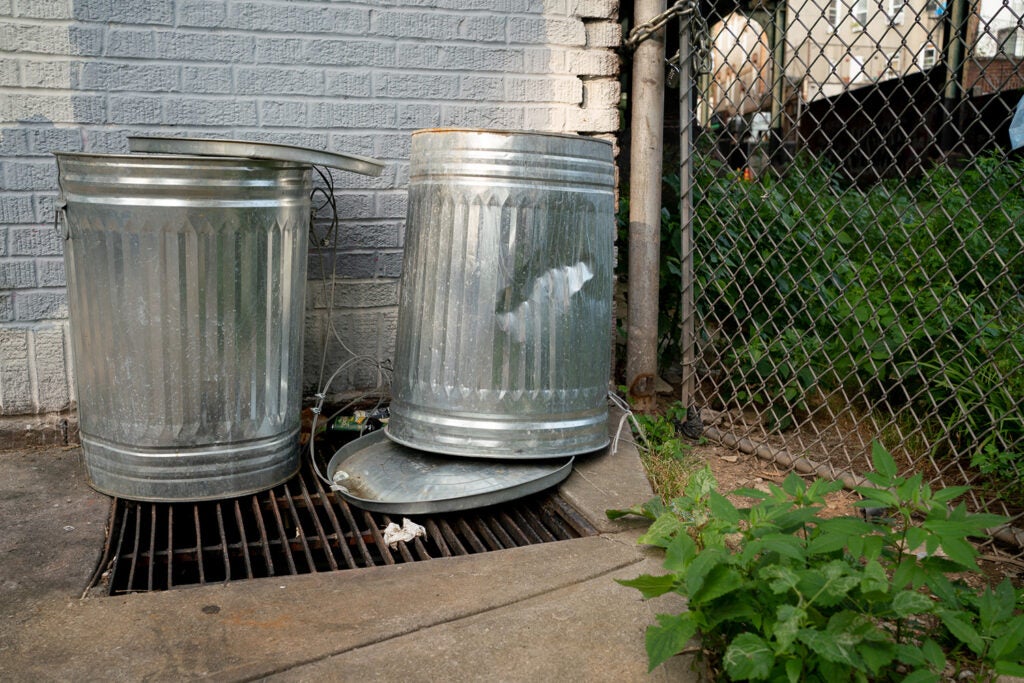



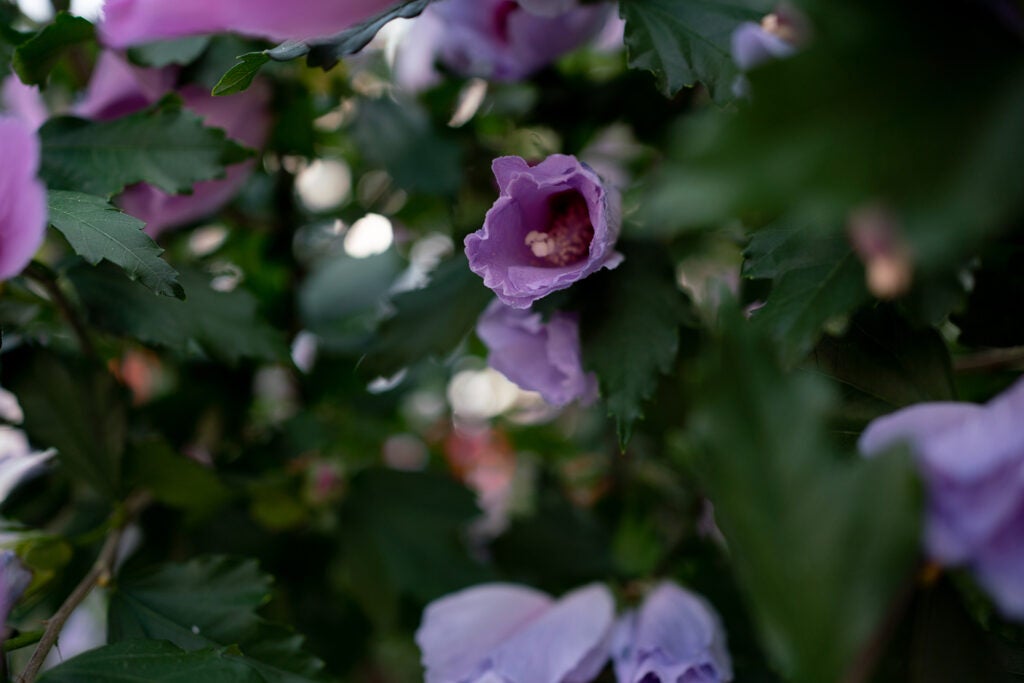
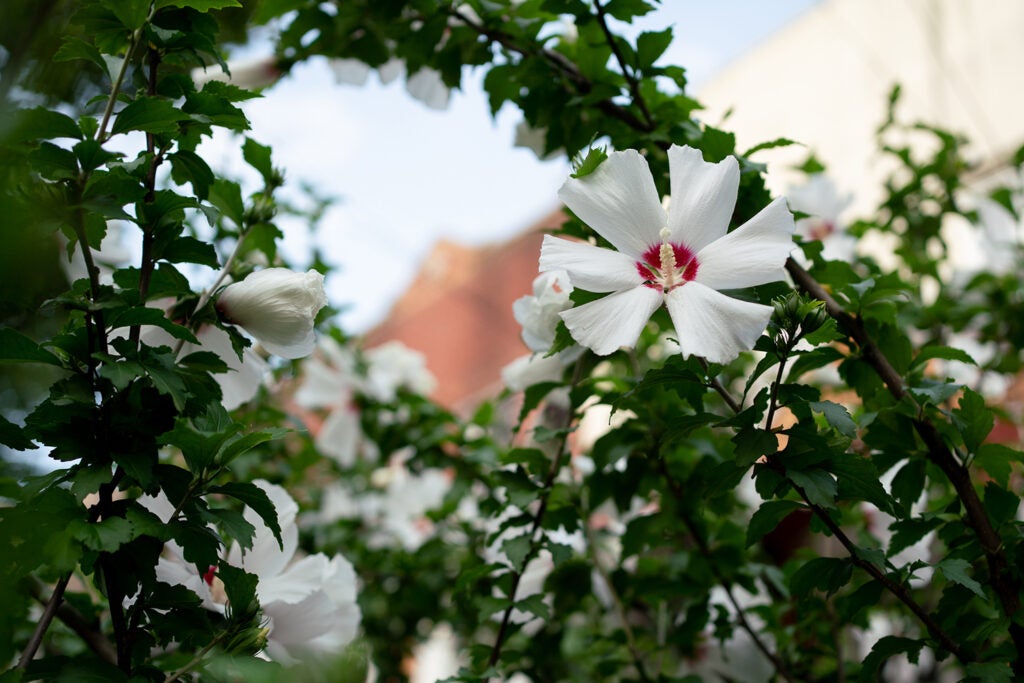








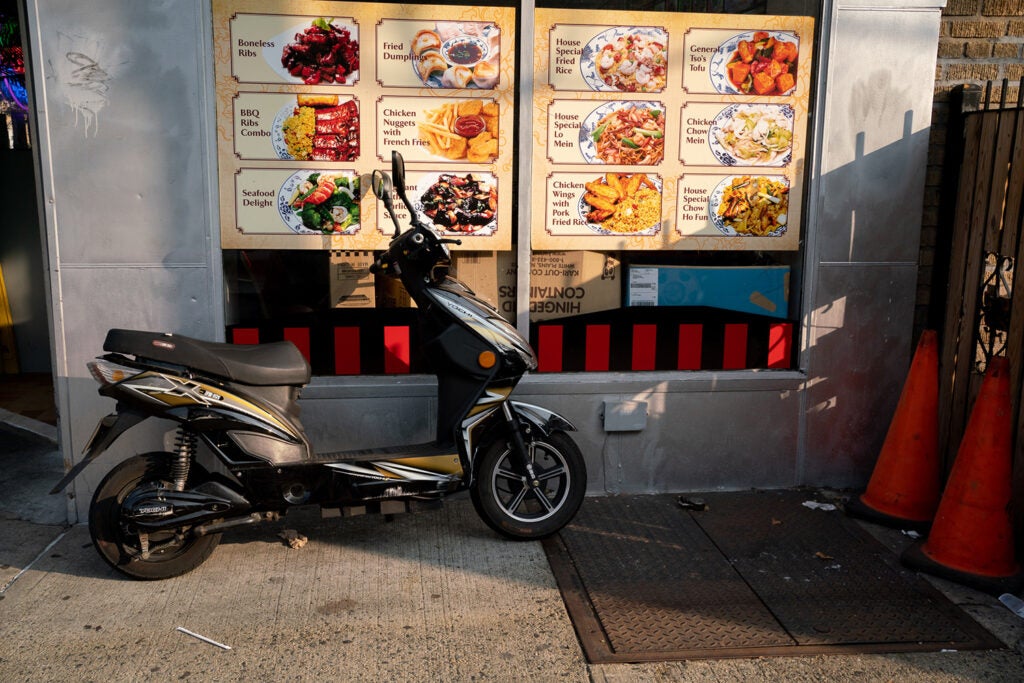
The post Hands on with the Sony FE 35mm F1.8 prime lens, plus sample images appeared first on Popular Photography.
Articles may contain affiliate links which enable us to share in the revenue of any purchases made.
]]>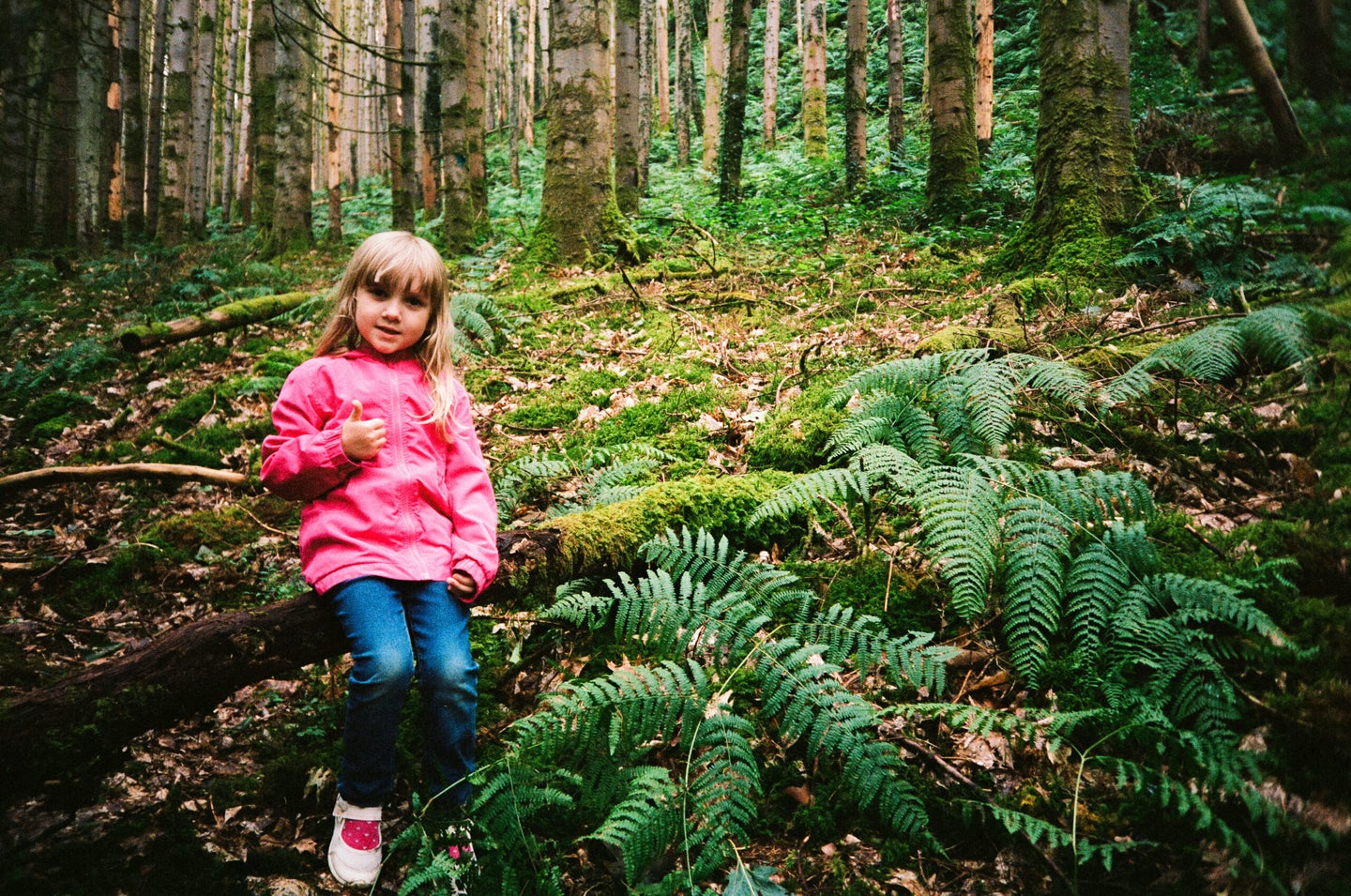
The new Omnar 26mm f/6 delivers a distinct "point and shoot aesthetic" with excellent center sharpness, pleasantly-distorted corners and noticeable vignetting.
The post Sample gallery: Omnar 26mm f/6 fixed-aperture lens for Leica M-mount appeared first on Popular Photography.
]]>
We may earn revenue from the products available on this page and participate in affiliate programs. Learn more ›
The Omnar 26mm f/6 (CN26-6) is a brand new fixed-aperture lens for Leica M-mount cameras. Well, that isn’t exactly true. The optics for the lens were harvested from the Canon Sure Shot AF-10 film point and shoot (circa 2003). But the rest of the lens construction is new.
We’ve already covered quite a bit about the development of the Omnar 26mm, as well as many of its technical qualities. Now we have additional details, including pricing info and a nice stack of sample images to look through.
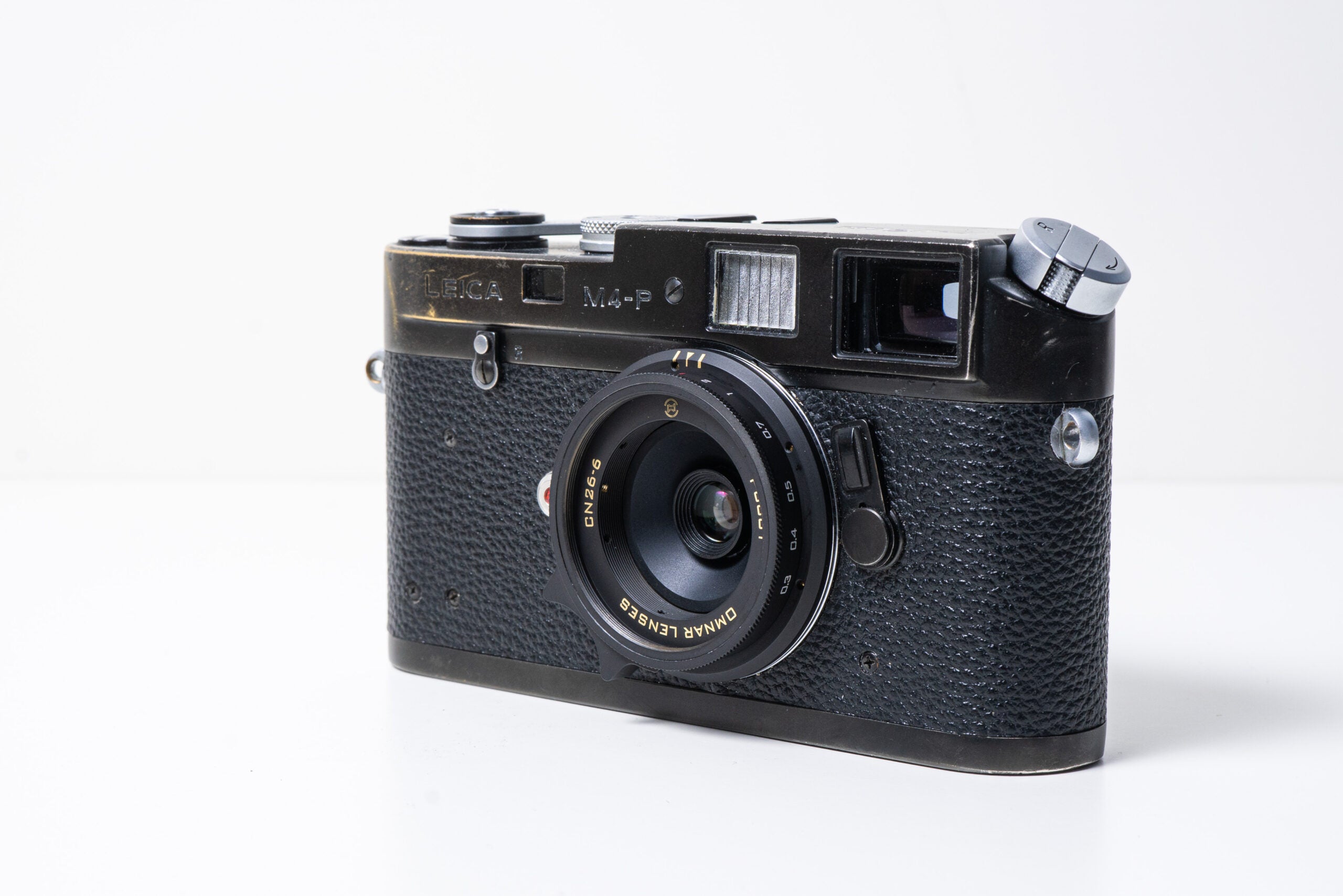
The “point and shoot aesthetic”
But first, why put optics from an early 2000’s film camera into a high-quality, hand-assembled metal housing? Because how else are you going to get the “point and shoot aesthetic” from a full-frame interchangeable lens camera?
Most major lens manufacturers today are seeking optical perfection in their designs. But Omnar is going for the opposite and leaning into the optical flaws synonymous with cheap film pocket cameras. Where others fear vignetting, lens flare and soft corners, Omnar celebrates it. Let’s take a peek at the samples, shall we?
Omnar 26mm film samples
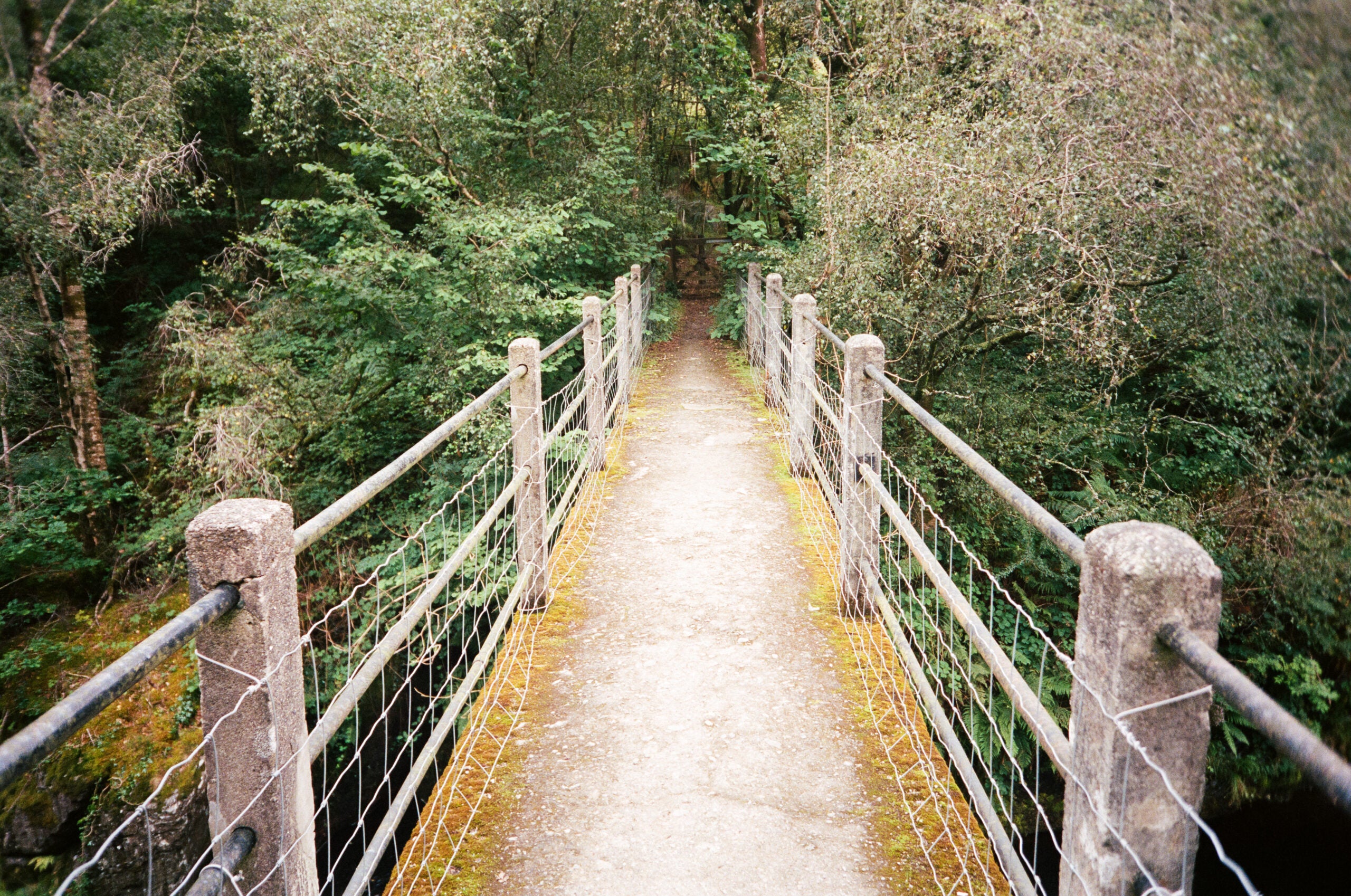
The folks behind Omnar make it clear that this new lens is intended for use with film cameras. And as such, the majority of the provided samples are shot on film. That being said, there are a handful of digitally captured samples below.
The first thing you may notice looking at these samples is that the Omnar 26mm delivers excellent sharpness at the center of the frame. But as expected, the extreme corners have noticeable distortion, visible even without “pixel peeping”. But that’s all part of the appeal!
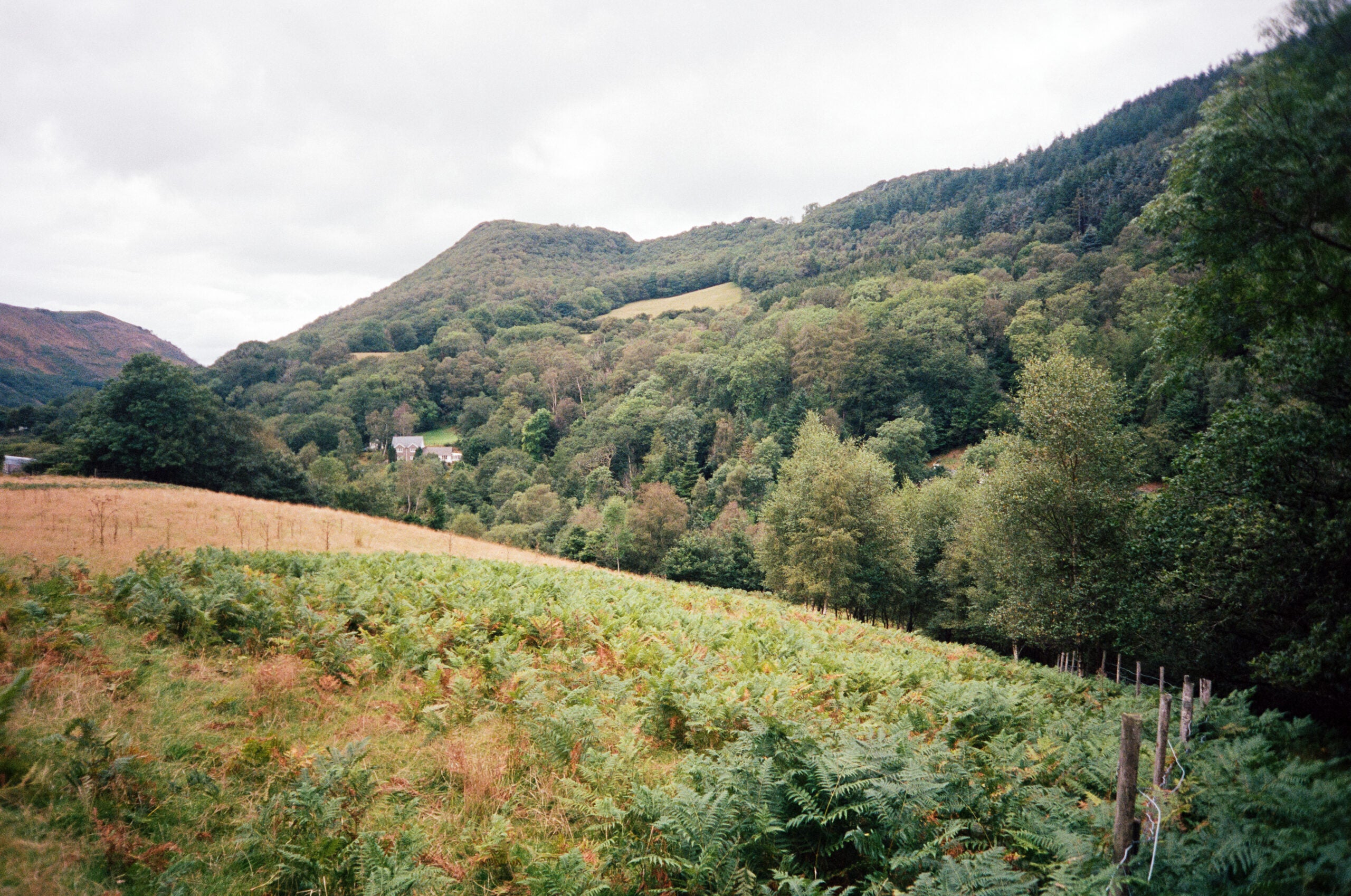
Distorted corners and fairly significant vignetting also give the lens an almost tunnel vision-like look that certainly works for some scenes better than others. That said, it delivers punchy contrast that I find highly appealing.
Out-of-focus regions look smooth near the center of the frame but get a tad busy the further you move outward (see two shots down). But I don’t find it to be particularly distracting.
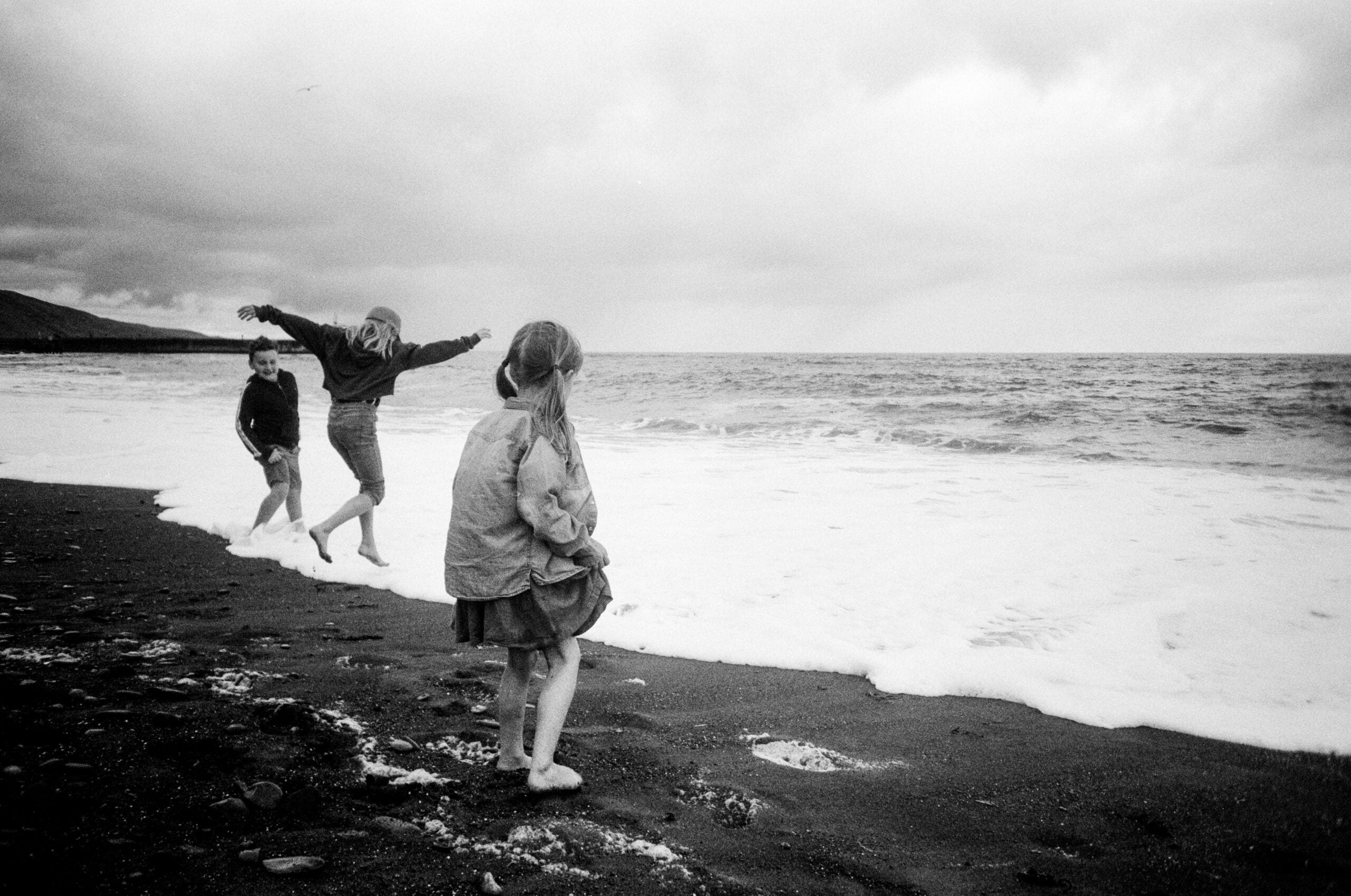
There weren’t any examples to show off the Omnar 26mm’s lens flare. But given my own experience using cheap film cameras like the AF-10, a bright sunny day is sure to result in some interesting and colorful aberrations.
Omnar 26mm digital samples
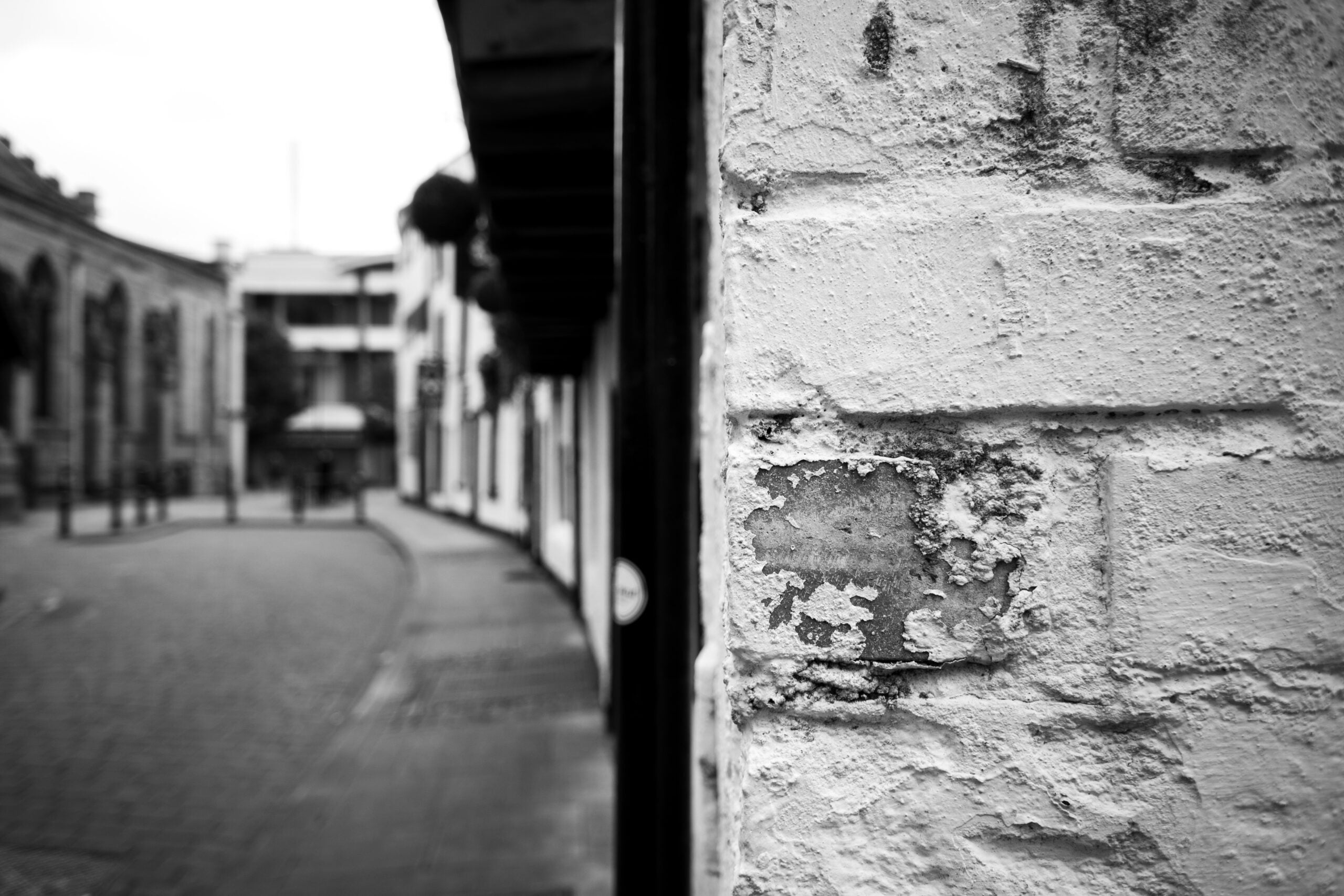
On a high-resolution digital body, the Omnar 26mm’s flaws/quirks are a little more noticeable. Corners appear quite soft and distorted. And Omnar says color shifts toward the edge of the frame are also possible. Of course, this is something that can be corrected in post.
And if you shoot the Omnar 26mm on a B&W-only camera, like the Leica M10 Monochrom, you won’t have to worry about color shifts at all. Or you can simply convert color images to monochrome.
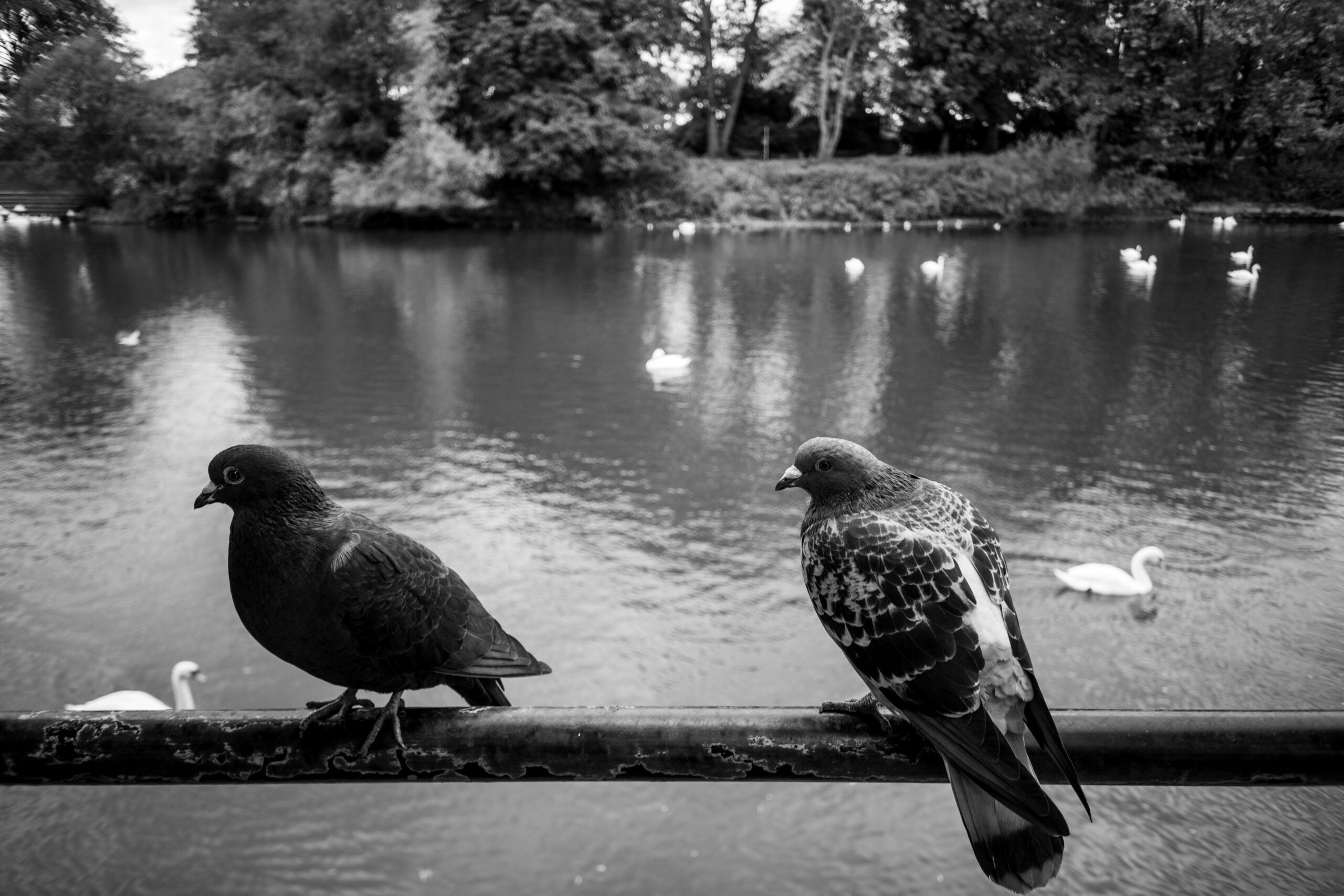
Ultimately, this is a niche lens for a niche crowd and we’re glad it exists. Moreover, it’s always exciting to see new companies trying new things. And we hope Omnar continues to make unique lens options that stand out from the crowd.
Pricing and availability
The Omnar 26mm f/6 is available for preorder now, starting at ~$1068. The lens comes in a variety of hand-painted options and orders should start shipping this December.
The post Sample gallery: Omnar 26mm f/6 fixed-aperture lens for Leica M-mount appeared first on Popular Photography.
Articles may contain affiliate links which enable us to share in the revenue of any purchases made.
]]>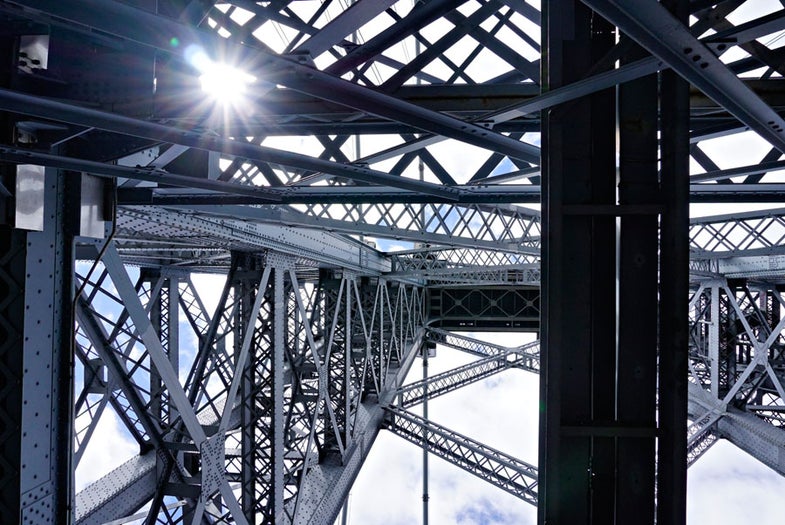
Sony's newest interchangeable lens compact performed admirably in our field testing.
The post Sample image gallery: Sony a6000 interchangeable-lens compact camera appeared first on Popular Photography.
]]>
We may earn revenue from the products available on this page and participate in affiliate programs. Learn more ›
Don’t let the name throw you. I’ve spent some serious time with the NEX-6 and a6000 feels and handles almost exactly the same. The design is a bit more angular and the buttons have been rearranged ever-so-slightly, but overall, it felt quite familiar.
One area where the NEX-6 occasionally left me wanting more was in low-light. Head toward the end of our sample image gallery to see for yourself how the a6000 did at progressively higher ISO’s. It seems there’s an overall improvement in noise performance. That being said, we will have to wait until we get it into the test lab to say just how much better it does in the dark than its predecessor.
The following images were all captured in RAW and converted to JPG’s using Lightroom 5.4.The majority of the photos were shot using the 16-50mm f/3.5-5.6 OSS kit lens, but some were shot using a Sony Ziess 24mm f/1.8 lens. No processing has been done other than a conversion from Adobe RGB to sRGB. Click the full-res preview in each slide for a closer look. And stay tuned for a full lab test coming your way soon.
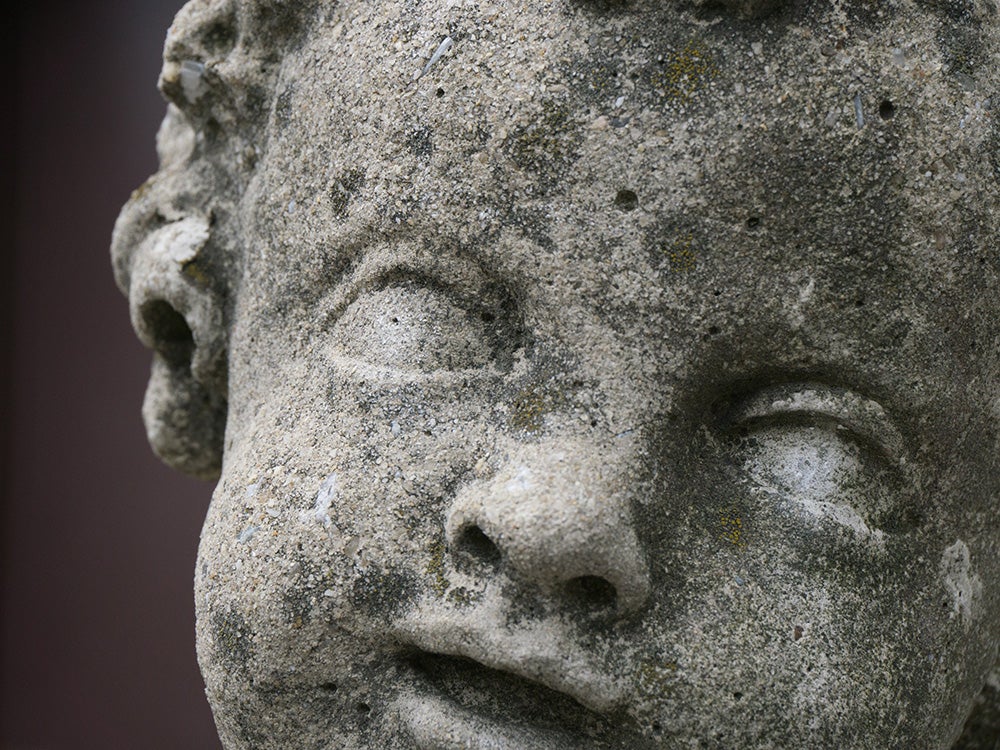
Sony a6000 #2
Focal Length: 75mm

Sony a6000 #3
Focal Length: 24mm (Zeiss 24mm f/1.8)

Sony a6000 #4
Focal Length: 24mm
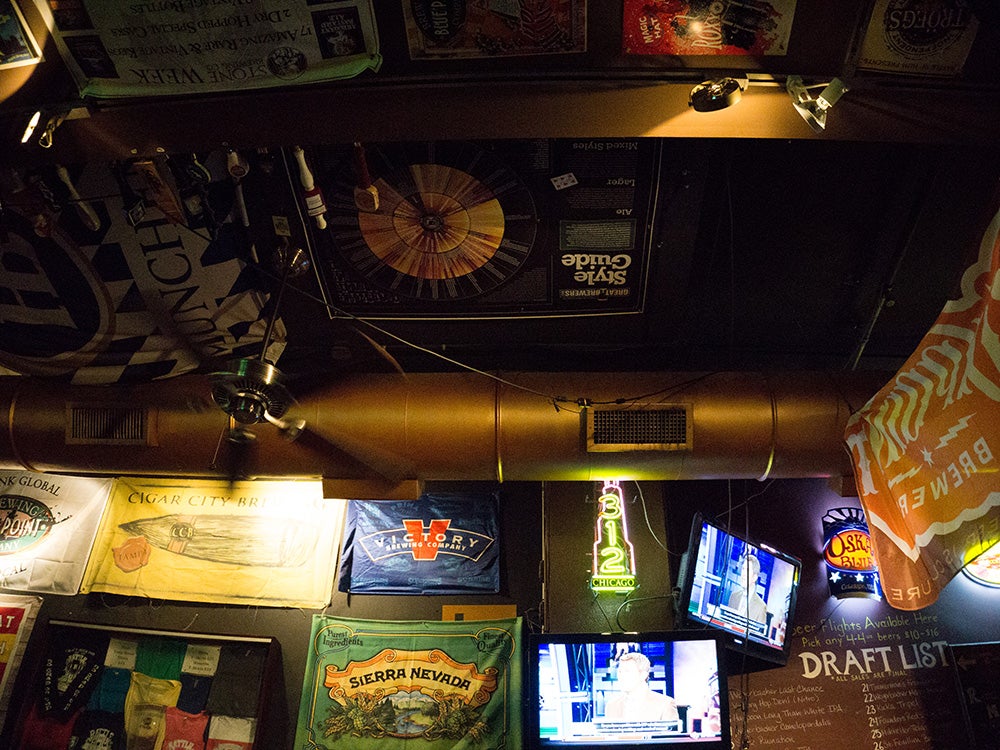
Sony a6000 #5
Focal Length: 24mm

Sony a6000 #6
Focal Length: 24mm
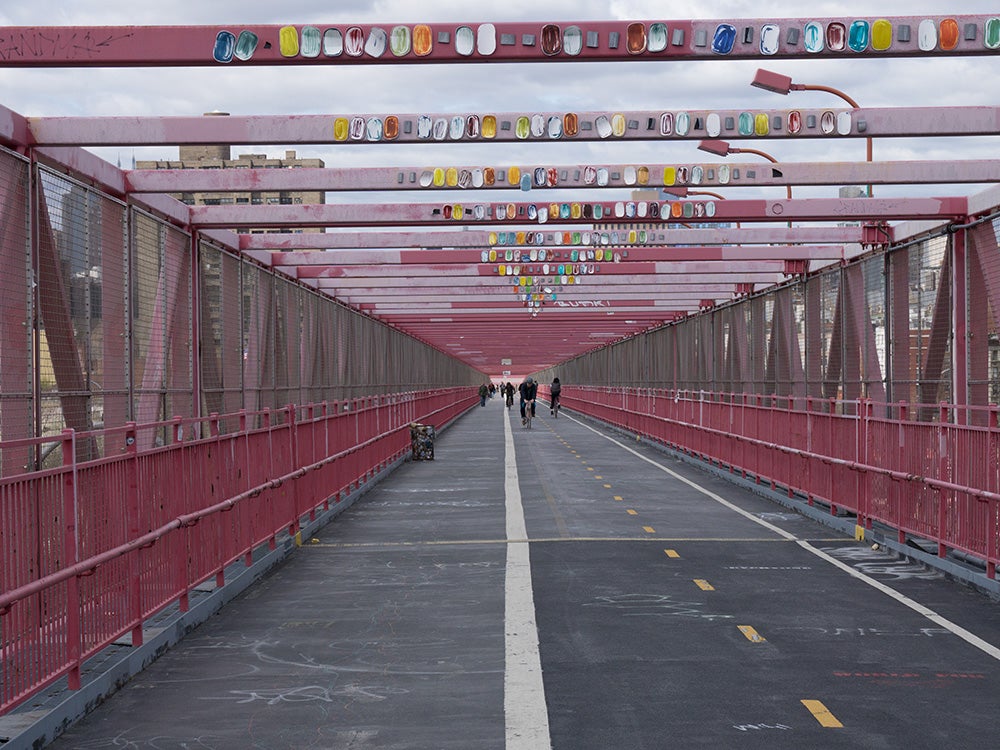
Sony a6000 #7
Focal Length: 75mm
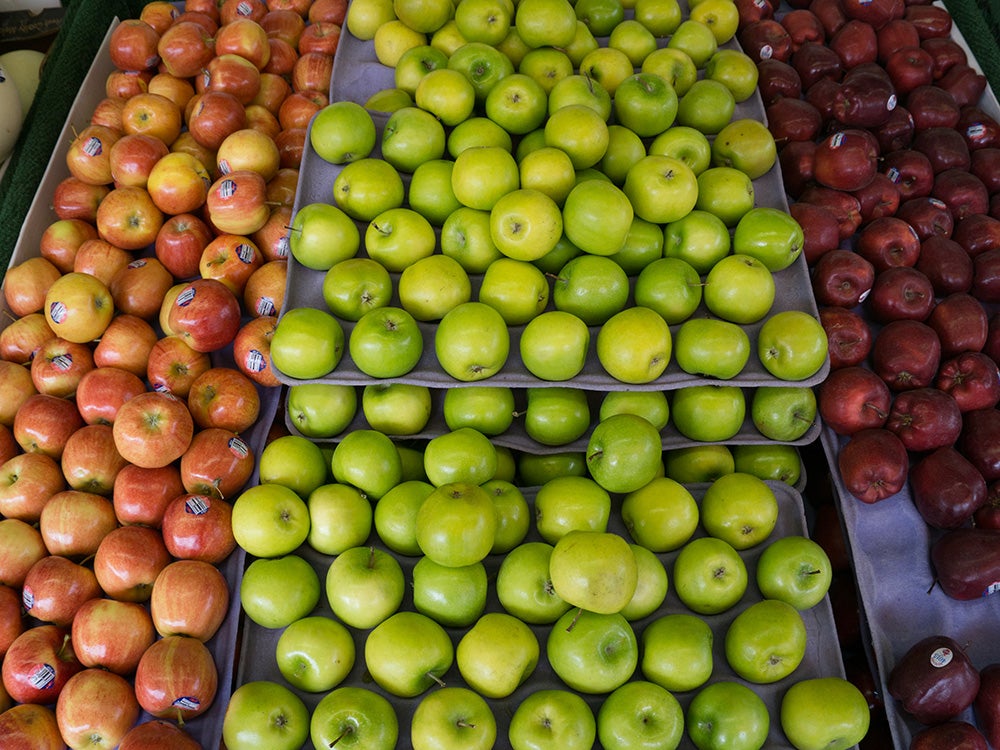
Sony a6000 #8
Focal Length: 24mm
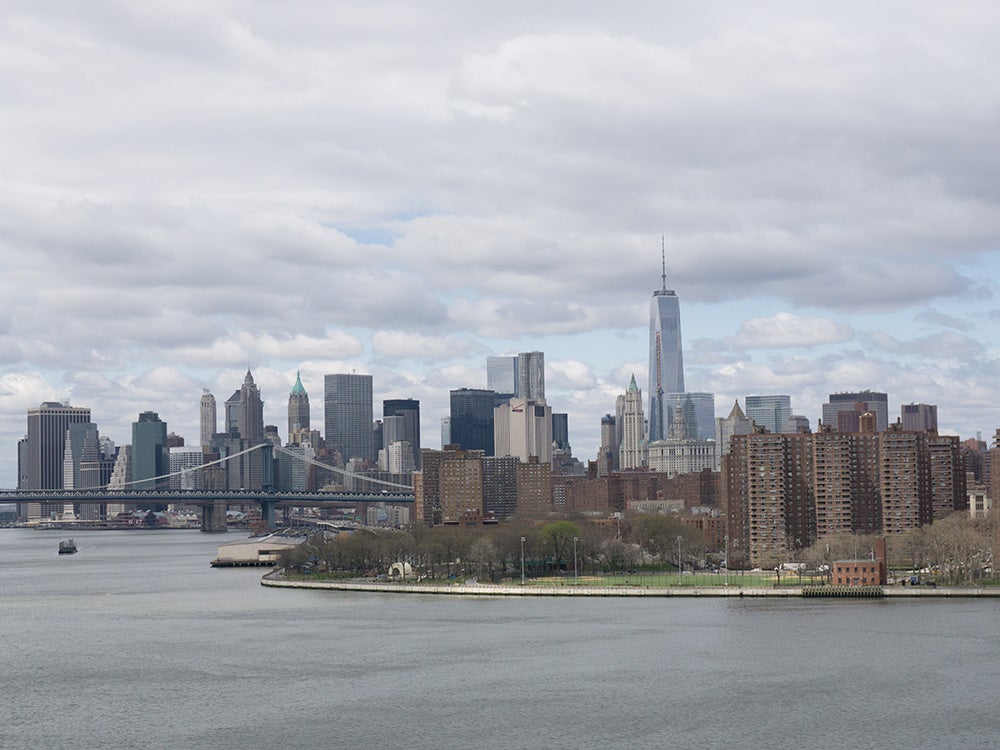
Sony a6000 #9
Focal Length: 62mm
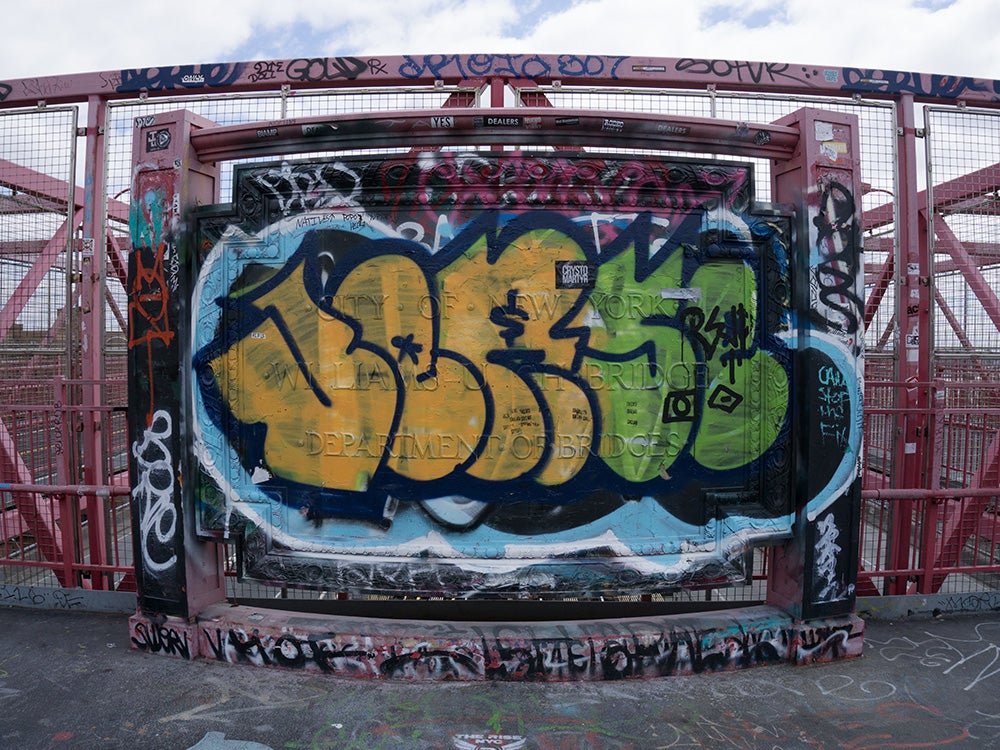
Sony a6000 #10
Focal Length: 24mm

Sony a6000 #11
Focal Length: 32mm
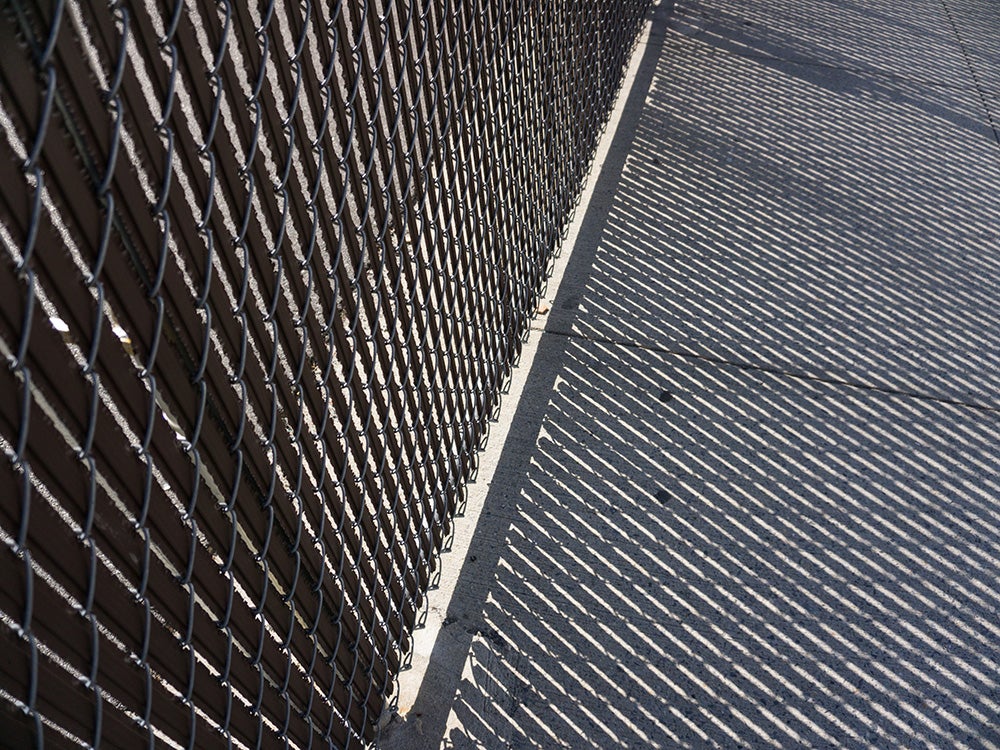
Sony a6000 #12
Focal Length: 24mm

Sony a6000 #13
Focal Length: 24mm (Zeiss 24mm f/1.8)
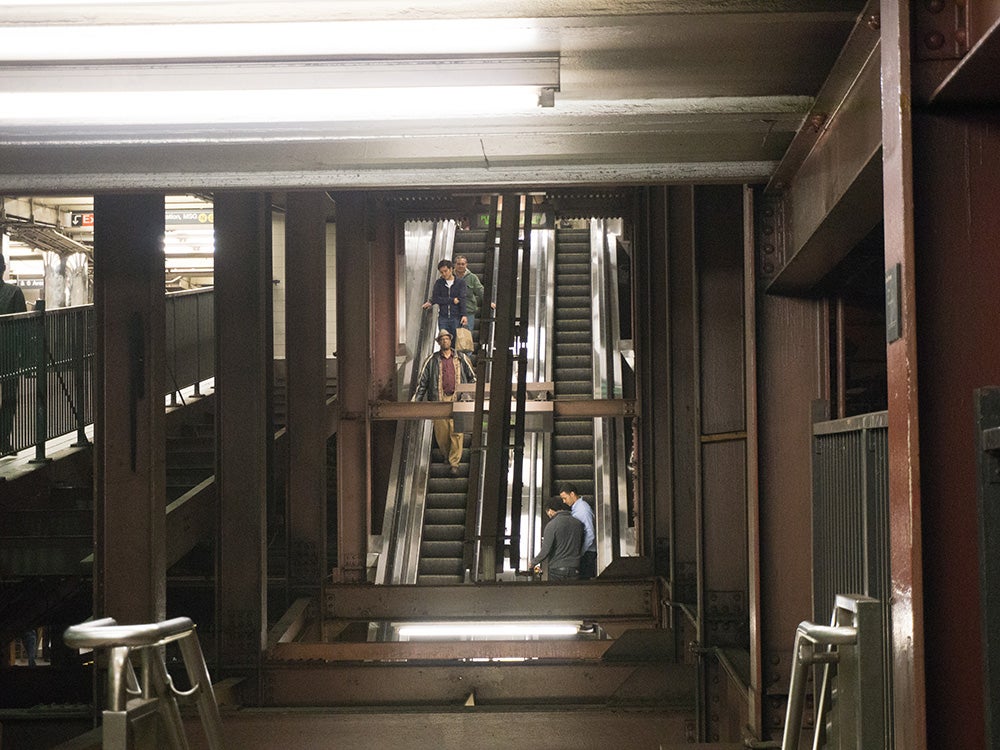
Sony a6000 #14
Focal Length: 75mm

Sony a6000 #15
Focal Length: 32mm
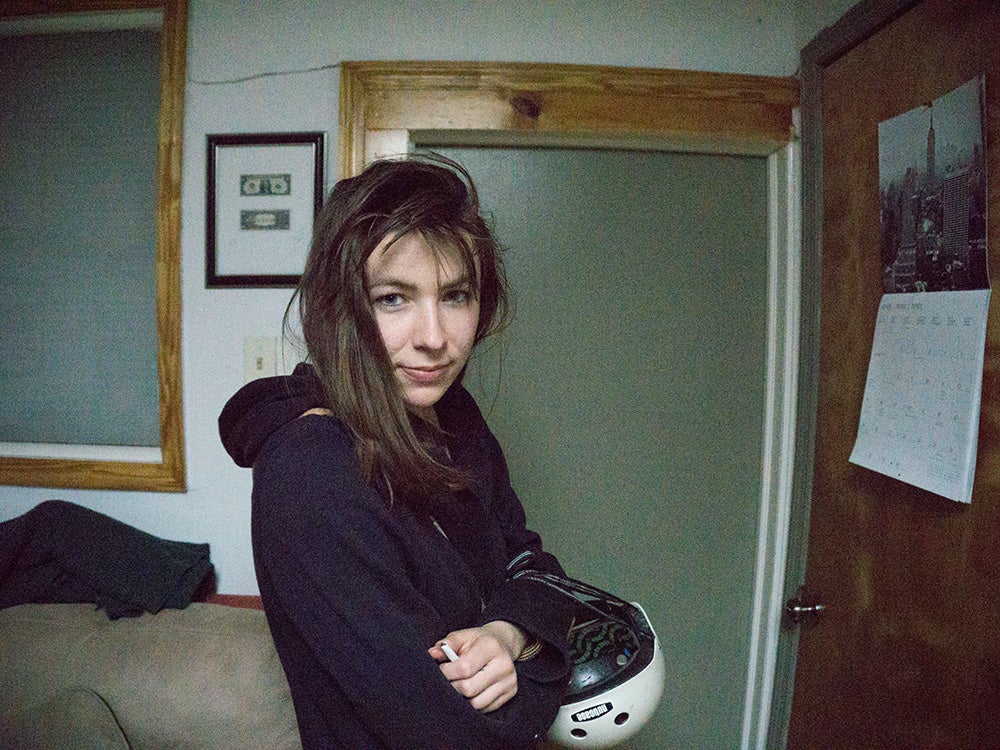
Sony a6000 #16
Focal Length: 24mm
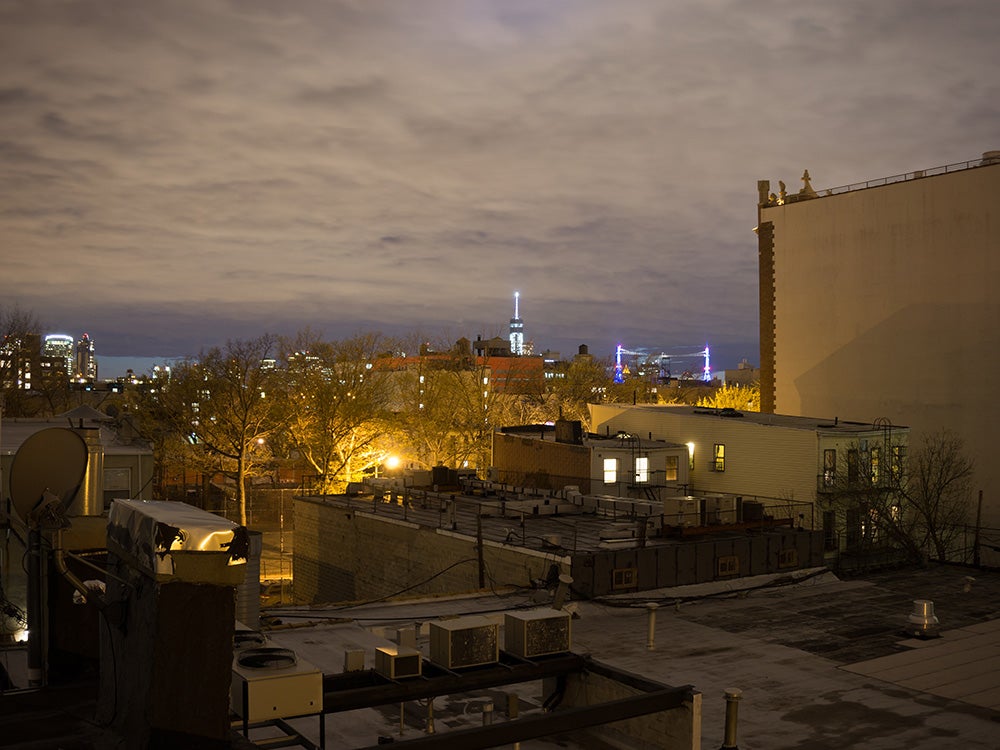
Sony a6000 #17
Focal Length: 32mm

Sony a6000 #18
Focal Length: 32mm
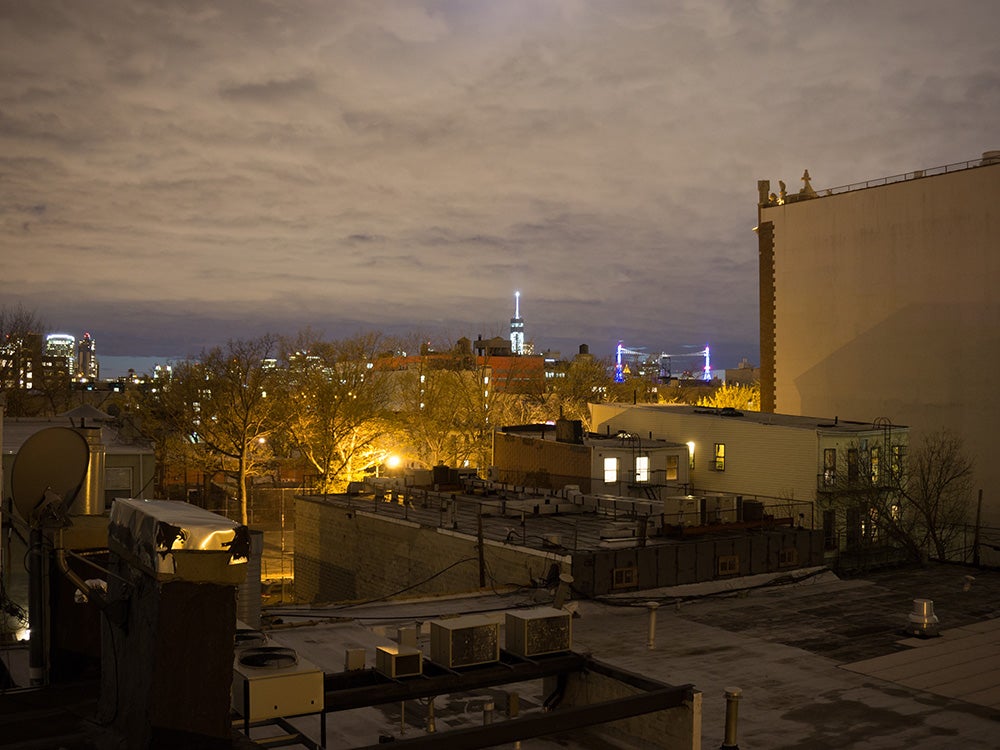
Sony a6000 #19
Focal Length: 32mm
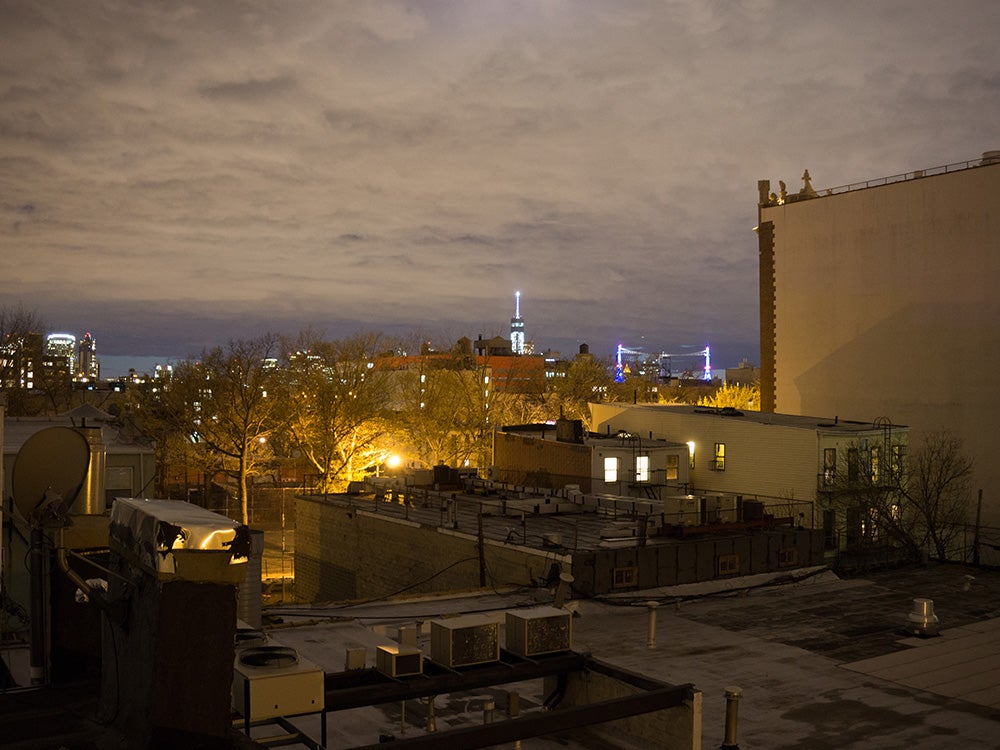
Sony a6000 #20
Focal Length: 32mm
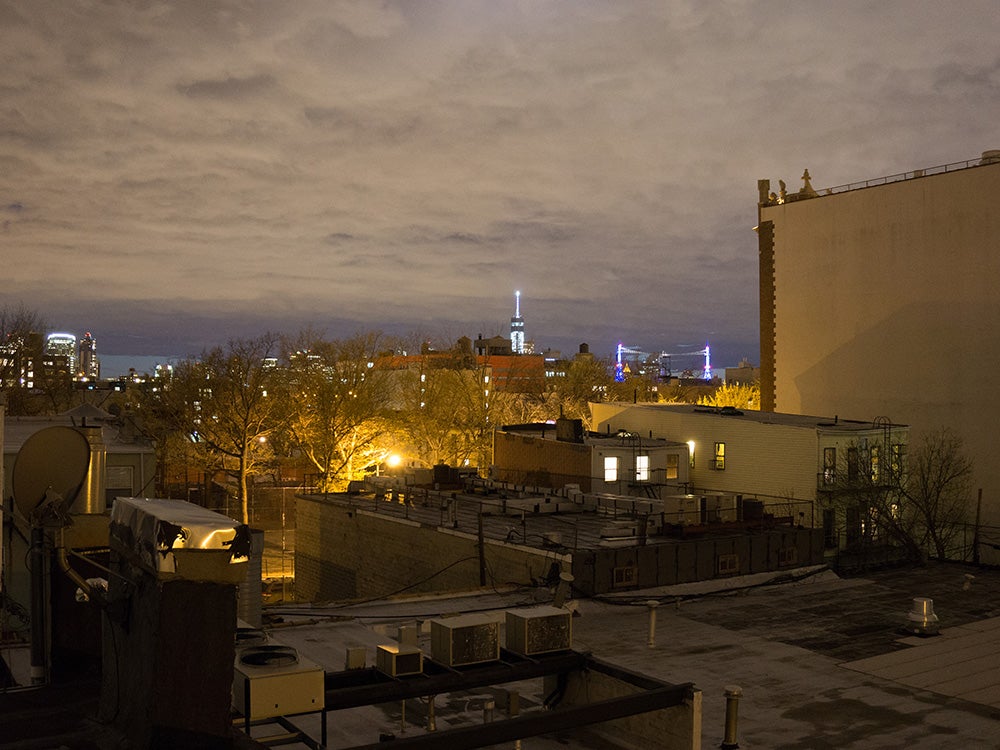
Sony a6000 #21
Focal Length: 32mm

Sony a6000 #22
Focal Length: 32mm
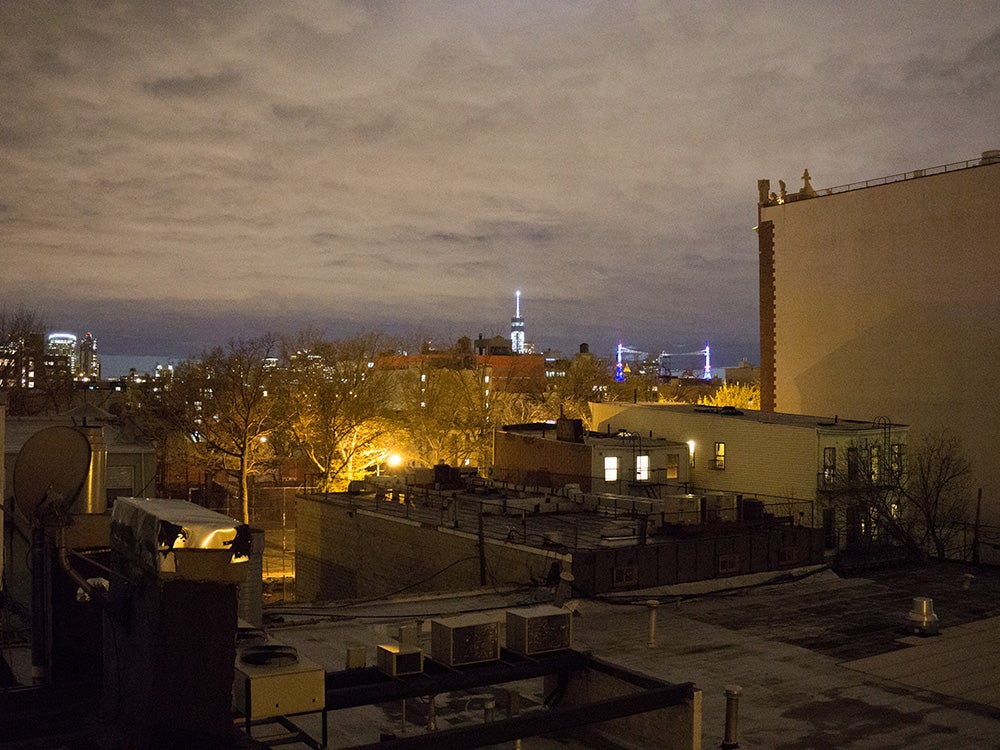
Sony a6000 #23
Focal Length: 32mm

Sony a6000 #24
Focal Length: 32mm
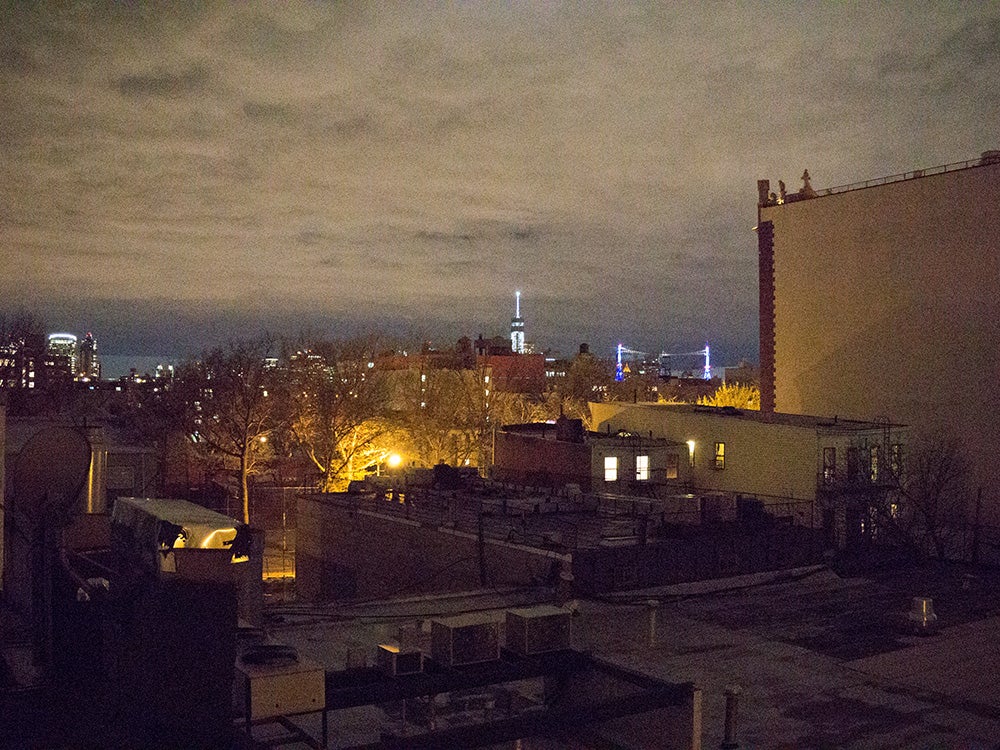
Sony a6000 #25
Focal Length: 32mm
The post Sample image gallery: Sony a6000 interchangeable-lens compact camera appeared first on Popular Photography.
Articles may contain affiliate links which enable us to share in the revenue of any purchases made.
]]>
We spent some quality time with Fujifilm's new flagship camera
The post Sample Image Gallery: Fujifilm X-T10 appeared first on Popular Photography.
]]>
We may earn revenue from the products available on this page and participate in affiliate programs. Learn more ›
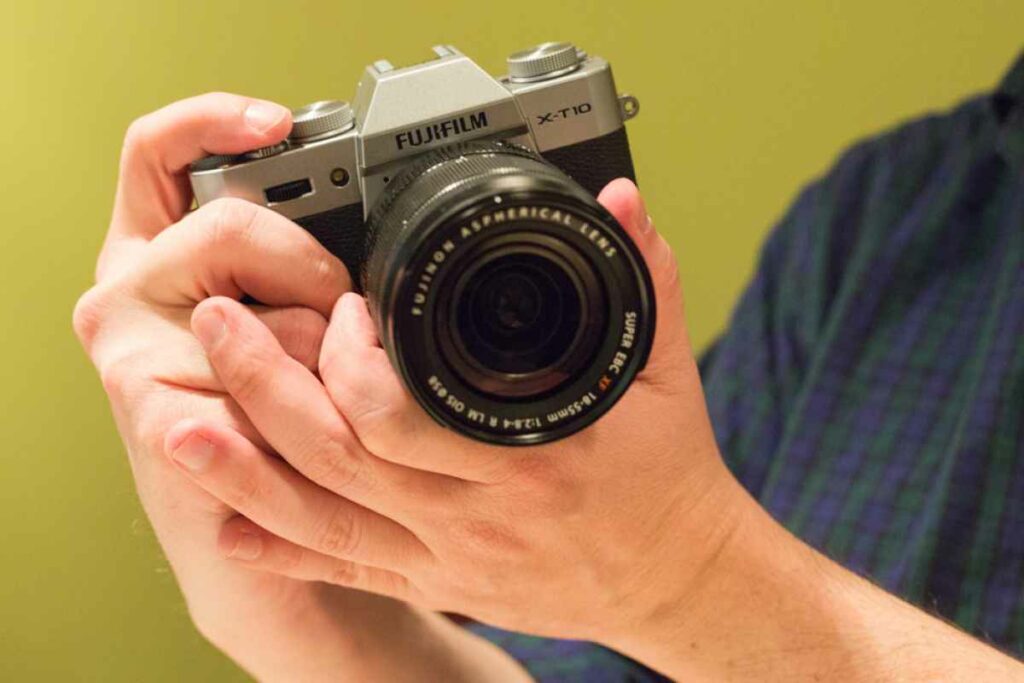
One of the biggest upgrades to the new Fujifilm X-T10 is an overhauled autofocus system that utilizes 77 points to help grab onto moving objects—a feature we were excited to test out in the field. We brought the lightweight X-T10 to last weekend’s Mermaid Parade at Coney Island to put its new autofocus modes to the test. Needless to say, we were impressed with this little camera’s ability to grab onto quickly moving objects along the parade route when shooting in Wide/Tracking mode and later in Zone mode to shoot some portraits.
We are excited to see how both of these features fair when we put the X-T10 through our lab test in the coming weeks. Check out our sample image gallery below.



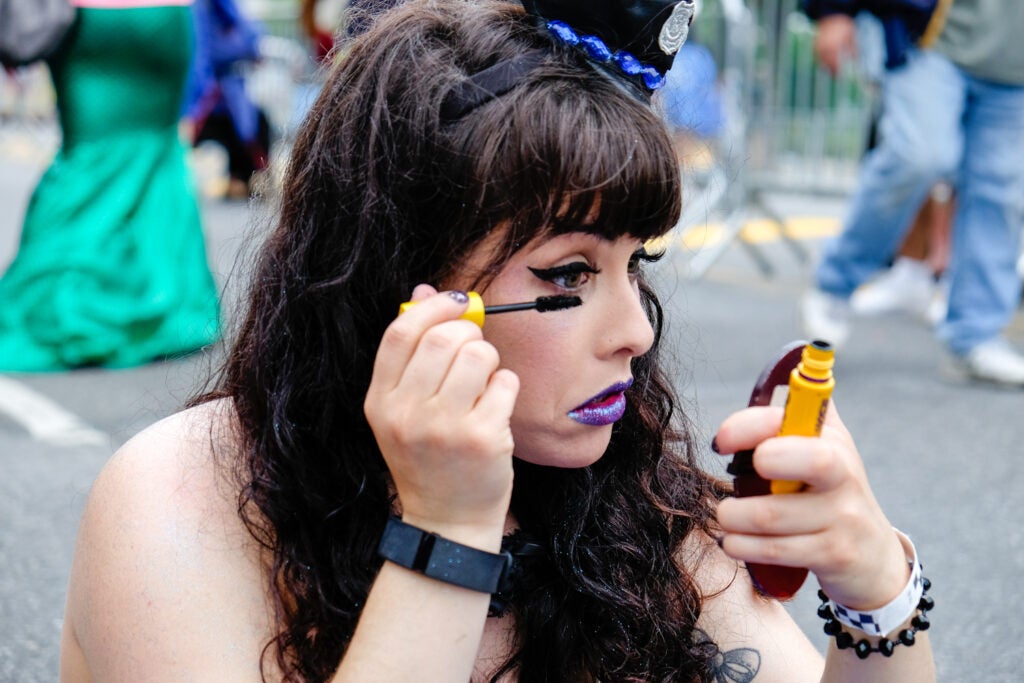






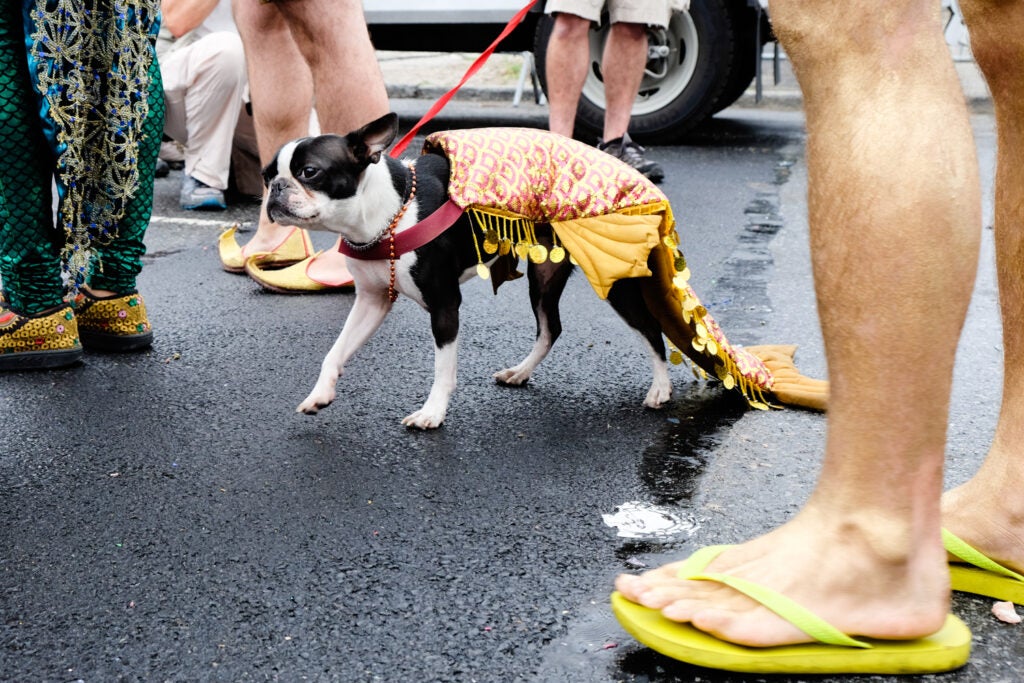







The post Sample Image Gallery: Fujifilm X-T10 appeared first on Popular Photography.
Articles may contain affiliate links which enable us to share in the revenue of any purchases made.
]]>
What happens when you crank Nikon's flagship DSLR to its maximum ISO?
The post Nikon D4s DSLR: This Is What ISO 409,600 Looks Like appeared first on Popular Photography.
]]>
We may earn revenue from the products available on this page and participate in affiliate programs. Learn more ›
Nikon first announced their flagship D4s DSLR back at CES, but the announcement was lacking details. However, when the details finally hit, there was one thing on the spec sheet that really stood out. The ISO range is expandable to an absurd 409,600.
Technical editor, Phil Ryan is hard at work on the full camera test, but he took some time to fire off a few frames at the super-high ISO settings, just so we could give you a chance to see exactly what it’s like to shoot at an ISO of almost half a million.
As you’d imagine, the noise is gnarly, but getting night shots at f/11 with a shutter speed of 1/640th of a second is pretty amazing.
Each photo was taken with the D4s in JPEG mode and posted without editing.
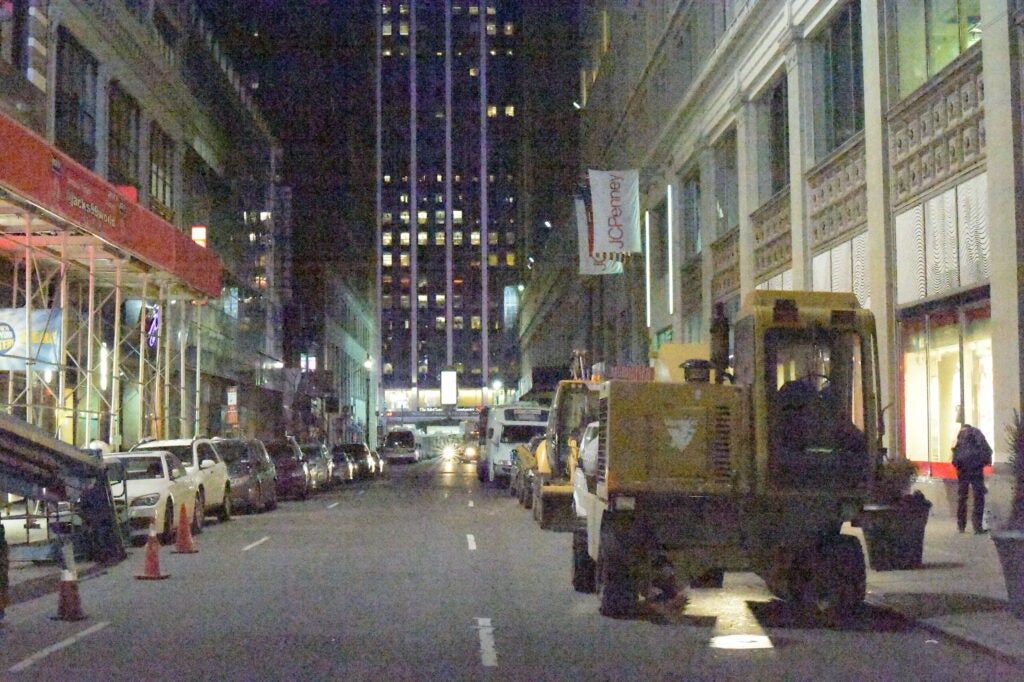
Nikon D4s Sample #1
Tech Specs: ISO 409600, 1/640 sec, f/11.

Nikon D4s Sample #2

Nikon D4s Sample #3
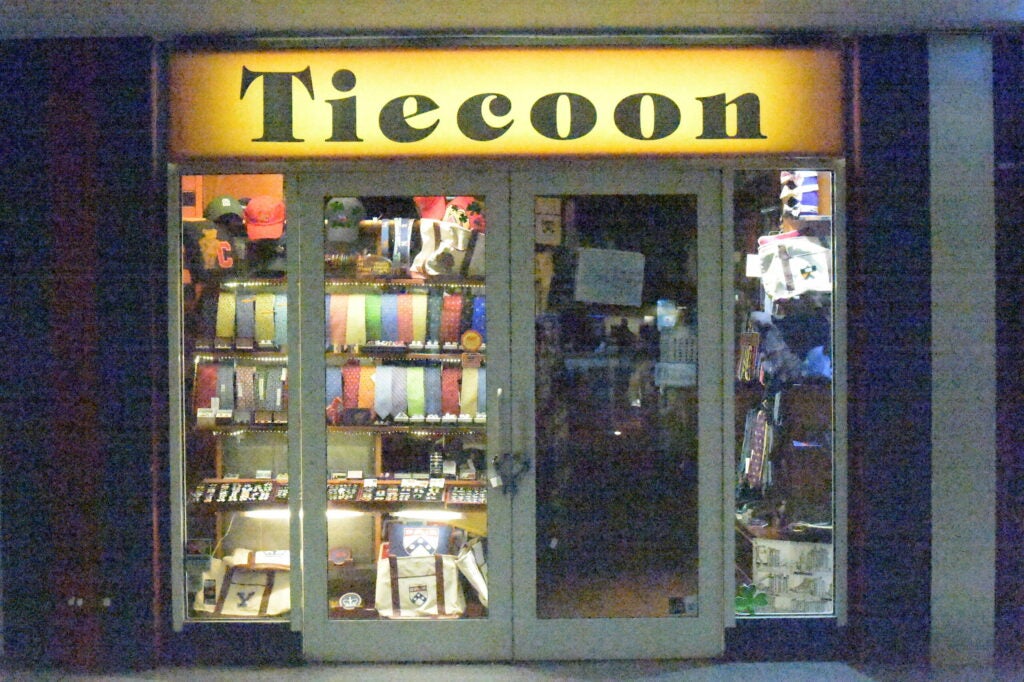
Nikon D4s Sample #4
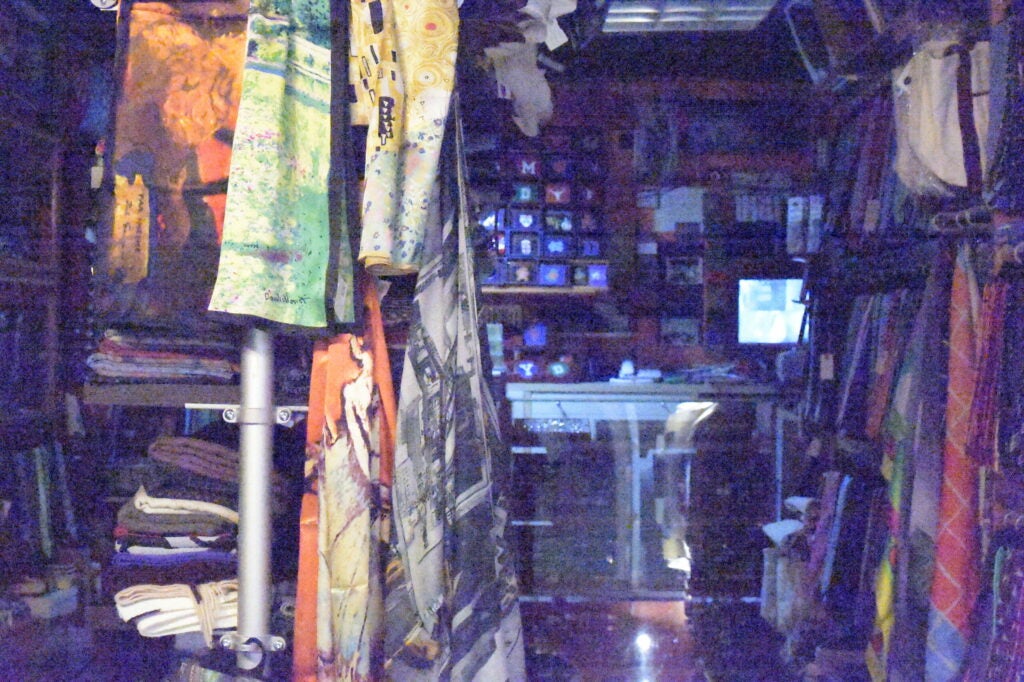
Nikon D4s Sample #5

Nikon D4s Sample #6

Nikon D4s Sample #7
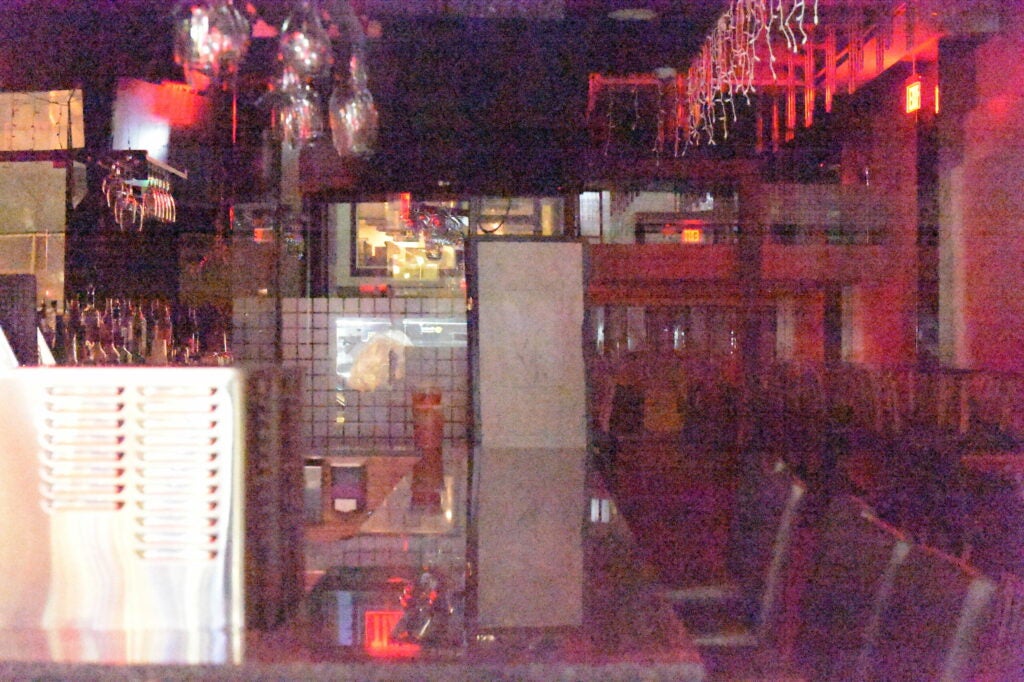
Nikon D4s Sample #8
The post Nikon D4s DSLR: This Is What ISO 409,600 Looks Like appeared first on Popular Photography.
Articles may contain affiliate links which enable us to share in the revenue of any purchases made.
]]>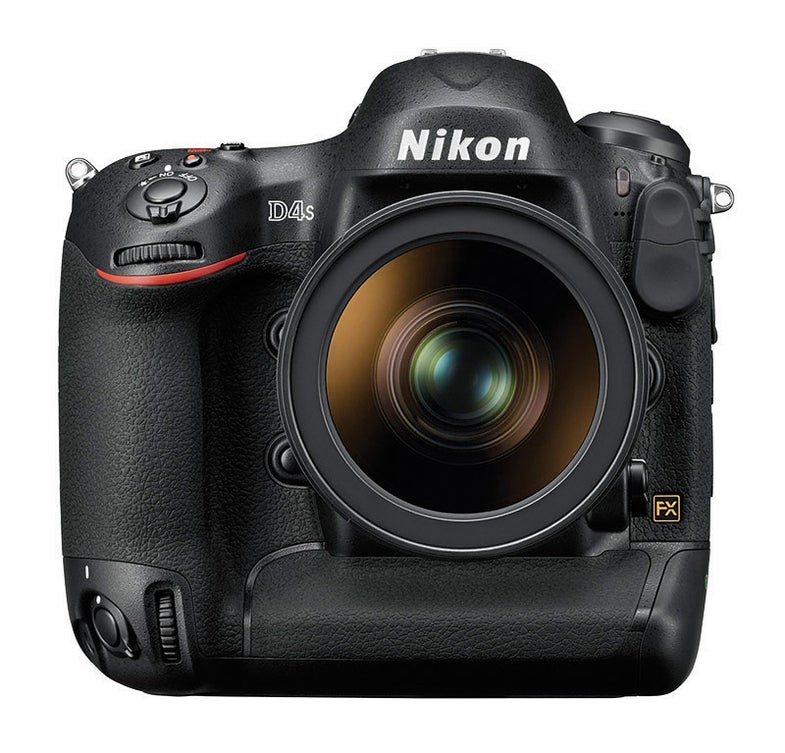
Nikon's new flagship is the low-light champ
The post Nikon D4s Camera Test appeared first on Popular Photography.
]]>
We may earn revenue from the products available on this page and participate in affiliate programs. Learn more ›
There’s something reassuring in the way Nikon upgrades its pro-grade DSLRs. The company typically adds the performance and features to keep the models highly competitive, while maintaining the fundamentals of ergonomics, control layout, and ruggedness. And so the D4s arrives looking like a virtual twin of the earlier D4—but boasting record-breaking low-light performance, a top ISO of 409,600, high-speed Ethernet for tethered shooting, and a full suite of video recording tools. And yes, a street price of $6,497 (body only).
We were naturally eager to get the D4s into the Popular Photography Test Lab to see what it could do—especially with the lights turned down low.
In the Test Lab
As the D4 did before it, the Nikon D4s earned an Excellent rating in overall image quality from its lowest sensitivity setting of ISO 50 through ISO 800. Moreover, it did so with less noise than the D4. While DxOMark.com’s analysis of the two sensors shows the D4s enjoys slight improvements in dynamic range and low-light performance, we suspect that changes in Nikon’s processing, as well as the new sensor, made the difference in our test results.
As always, we converted the D4s test images from 14-bit uncompressed RAW files to uncompressed TIFF files for our noise test. The results, which we measure with DxO Analyzer 5.3, are the best we’ve ever seen. The D4s achieved top honors in this test—an Extremely Low rating—up to ISO 1600. It scored a Low or better noise result all the way up to ISO 12,800. The only other camera that can claim Low or better to ISO 12,800 is Canon’s EOS 5D Mark III, though this managed an Extremely Low rating only to ISO 400. Of course, the Canon has a 22.3MP sensor and the Nikon a 16.2MP sensor, with proportionally bigger pixels.
The D4s doesn’t reach an Unacceptable noise rating until ISO 102,400, though even at that point the noise was not terribly objectionable, and images reproduced at smaller sizes could easily pass muster.
In our resolution test, the Nikon D4s essentially matched the results of the D4. At ISO 50 the new camera captured 2550 lines per picture height, just over our cutoff for an Excellent rating. The D4 turned in 2530 lines at that same sensitivity, a difference that’s negligible in this test. A difference of 200 lines is more significant, and that’s how much more the EOS 5D Mark III was able to get with its extra pixels.
However, we expect that anyone considering the D4s will care more about the extra 5 frames per second it’ll give you in burst shooting compared with the 5D Mark III. And if the bursts do matter, then you’ll likely be eyeing the Canon EOS 1D X’s 12 fps instead. That Canon turned in 2530 lines in our resolution test, essentially matching the D4s.
To compare further, the EOS 1D X maintained an Excellent overall image quality rating up to ISO 1600, compared to the D4s’s ISO 800. But the difference here is mainly in resolution. The D4s, like the D4 before it, falls below our 2500-line cutoff once sensitivity is increased beyond ISO 800. In the D4s’ favor, however, the 1D X reached Unacceptable noise levels by ISO 12,800, while the D4s managed three more stops of acceptable noise performance before crossing the Unacceptable threshold at ISO 102,400. The Canon just can’t match the cleanliness of the Nikon’s images at very high ISOs.
Color Accuracy garnered another Excellent rating for the D4s; its average Delta E of 5.4 beat the 7.0 we saw with the D4.
In our autofocus test, the D4s showed slight improvement over its predecessor’s already impressive results. The camera focused in under 0.4 sec down to EV 6, about the light level of a well-lit living room. At EV 0 it was able to focus in 0.75 sec; in the ultra-dim light of EV –2, the AF became slightly less consistent and averaged out to 1.18 sec.
In the Field
The body design of the D4s is basically the same as the D4—incredibly comfortable to hold, though on the heavy side thanks to the integrated vertical grip and its massive battery. With that battery comes enough energy to power more than 3,000 shots between charges when shooting with the 100-percent accurate optical finder. The rugged magnesium-alloy body is weathersealed, houses a 51-point AF system, 91,000-pixel RGB metering sensor, and Nikon’s latest Expeed 4 processing engine. Dedicated control buttons abound, and both grips have a pair of command wheels and a joystick to make changes to AF points or other camera settings a breeze.
The standard sensitivity range of the D4s spans ISO 100 through 25,600 and is expandable to cover ISO 50 through 409,600. Standing in a dim Manhattan street at nighttime, we were able to use an available-light exposure of 1/640 sec at f/11 with the camera set to ISO 409,600. Sure, it was a noisy image, but imagine being able to use a shutter speed that fast at night. At ISO 102,400, you can get nice images in situations you’d otherwise never shoot with available light.
Those faster shutter speeds might come in handy if you plan to use the D4s’s 11-frames-per-second burst shooting. The camera’s 3D focus tracking did an admirable job of keeping up with fast-moving subjects. We were able to capture accurately focused bursts of cars that were obviously driving in excess of the city speed limit. Plus, with up to 200 JPEGs or 60 uncompressed 14-bit RAW images before the buffer fills, there’s no excuse not to quickly fill your Compact Flash or XQD cards when shooting with the D4s.
Speaking of XQD, Nikon remains the only company making use of the fledgling card format in its DSLRs. We like the rugged feel of the cards and appreciate the speedy data transfer they provide. While we’re sure that some day XQD will have to battle it out with CFast, after using XQD we wouldn’t mind seeing the format stick around for the long run—with the future surely poised for faster video frame rates and 4K video capture, the faster data transfer of these cards will become more and more necessary.
As for video, the D4s adds 1920×1080 video capture at 60 fps. This allows for half-speed slow motion, which is nice to see in a DSLR. The D4s also allows for simultaneous capture to a card in the camera and to an external recorder via the camera’s HDMI port.
Though it’s more likely that serious videographers will use external audio, the windscreen on the internal mic has been improved, and you can not only adjust audio levels during recording but also limit the frequency range of the audio recording to let voices stand out more. Video quality remains among the best you’ll get from a DSLR today.
Time-lapse fans should note that the D4s increases the number of frames the camera will assemble into a video by 9,000. You read that right—the D4s lets you make a time-lapse of up to 9,999 shots compared to the 999 of the D4. And photographers who prefer to shoot tethered to a PC might be able to appreciate the fact that the camera’s Ethernet port is now Gigabit.
The Bottom Line
The Nikon D4s competes mainly with Canon’s EOS-1D X. As outlined above, the D4s ends up winning the image quality comparison with better low-light performance, even though its resolution trailed the Canon by a small amount at ISO 1600. The Canon does eke out one more frame per second than the Nikon, though, so some action shooters still might opt for the 1D X. We must admit that we like the way the Nikon feels in the hand compared to the Canon, which can be very important in a pro-level body.
Ultimately, both the D4s and the 1D X are the best of their breed, and we wouldn’t be surprised if Canon comes along soon with an update to match the D4s’s low-light performance. But for now, we think Nikon has taken a slight lead in the pro DSLR game.
The Nikon D4s is a meaningful improvement over the D4. The additions and refinements to the camera’s capabilities might not look like a lot on paper, but the improved noise performance goes a long way toward refining the overall shooting experience. To put it plainly, this camera lets you capture images that you weren’t able to before.
SPECIFICATIONS
IMAGING: 16.2MP effective, full-frame (FX format) CMOS sensor captures images at 4928×3280 pixels with 14 bits/color in RAW mode
STORAGE: CompactFlash and XQD. Stores TIFF, JPEG, NEF RAW, or RAW + JPEG files
VIDEO: Records up to 1920×1080 pixels at 60 fps in MPEG-4 H.264 format; built-in monaural microphone; stereo microphone input; continuous AF available; uncompressed video output through HDMI; 10-min maximum clip size at highest quality
BURST RATE: Full-sized JPEGs (Fine mode), up to 200 shots at 11 fps; RAW, up to 60 shots at 11 fps (14-bit uncompressed); TIFF, up to 55 shots at 11 fps
AF SYSTEM: TTL phase-detection with 51 illuminated focus points (15 cross-type sensitive to f/5.6, 11 sensitive to f/8); single-shot, continuous, 3D Focus tracking; tested sensitivity down to EV –2 (at ISO 100, f/1.4); AF points can be grouped and selected by area.
LIVE VIEW: Full-time contrast detection, or single-shot phase-detection AF with mirror interrupting view momentarily
SHUTTER SPEEDS: 1/8000 to 30 sec, plus B (1/3-EV increments); shutter life rated to 400,000 cycles; flash sync to 1/250 second
METERING: TTL metering using 91,000-pixel RGB sensor; Matrix (evaluative), centerweighted (75% weight given to 4.5% circle in center of frame), and spot (approx. 1.5% of finder at center); range, –1 to 20 EV (at ISO 100)
ISO RANGE: ISO 100–25,600 (in 1- or 1/3-EV steps), expandable to ISO 50–409,600
VIEWFINDER: Fixed eye-level pentaprism
LCD: Fixed 3.2-in. TFT with 921,000-dot resolution, five-step brightness adjustment
OUTPUT: Hi-Speed USB 2.0, mini-HDMI video, stereo headphone minijack, Gigabit Ethernet
BATTERY: Rechargeable EN-EL18a Li-ion; CIPA rating, 3,020 shots with optical viewfinder
SIZE/WEIGHT: 6.3×6.2×3.6 in., 3.0 lb with a card and battery
STREET PRICE: $6,497, body only
INFO: nikonusa.com

Nikon D4s Sample #1
Focal Length: 100mm (CLICK FOR FULL-RES)
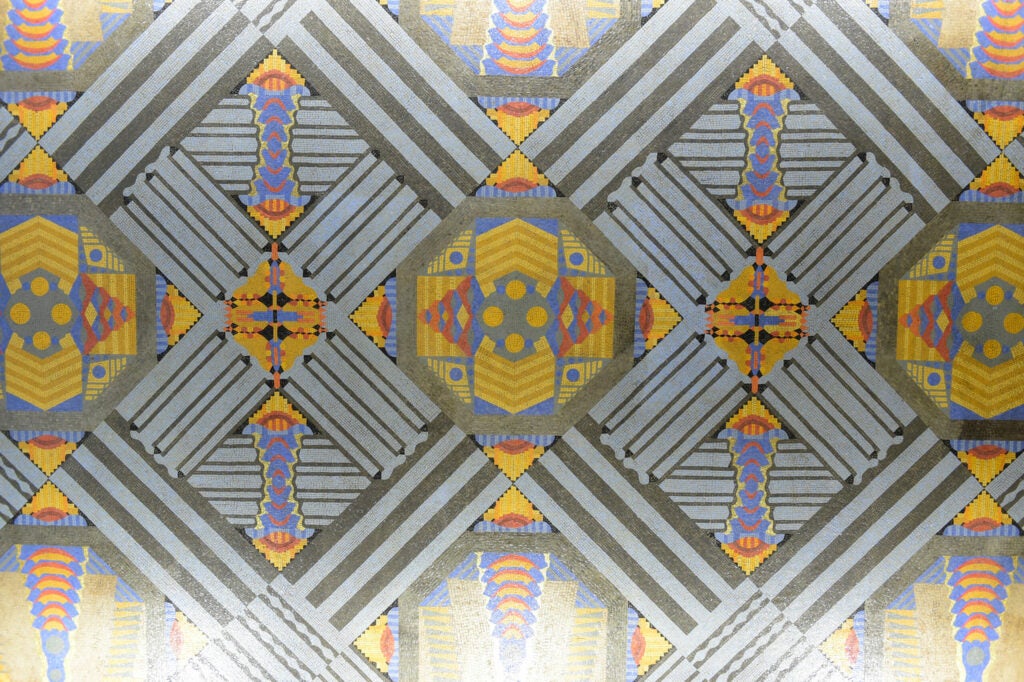
Nikon D4s Sample #2
Focal Length: 29mm (CLICK FOR FULL-RES)

Nikon D4s Sample #3
Focal Length: 24mm (CLICK FOR FULL-RES)

Nikon D4s Sample #4
Focal Length: 24mm (CLICK FOR FULL-RES)

Nikon D4s Sample #5
Focal Length: 70mm (CLICK FOR FULL-RES)
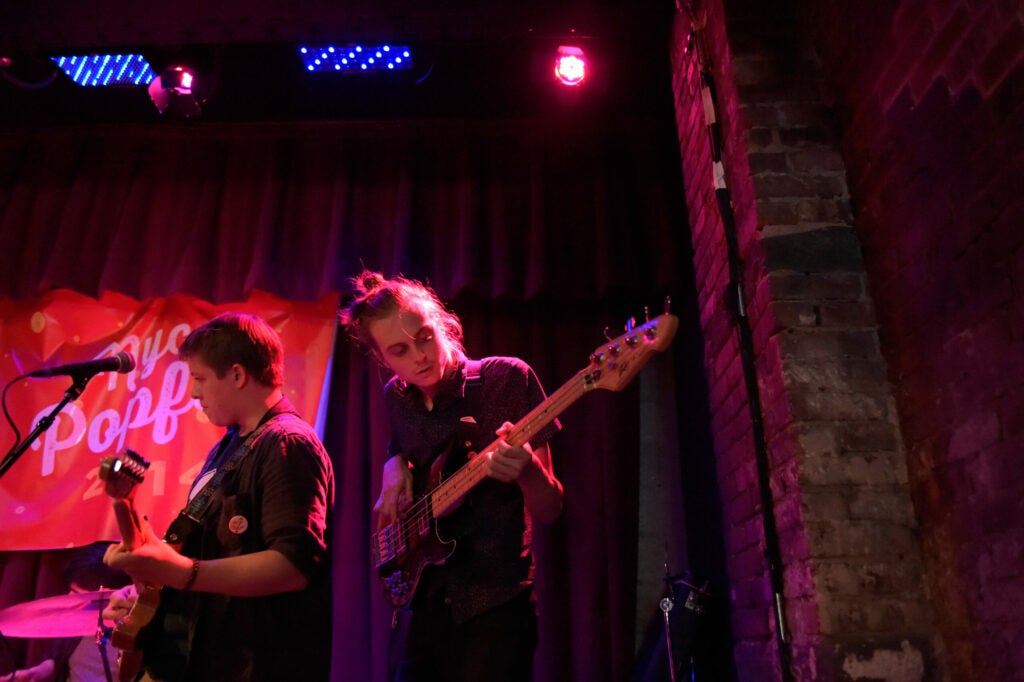
Nikon D4s Sample #6
Focal Length: 27mm (CLICK FOR FULL-RES)
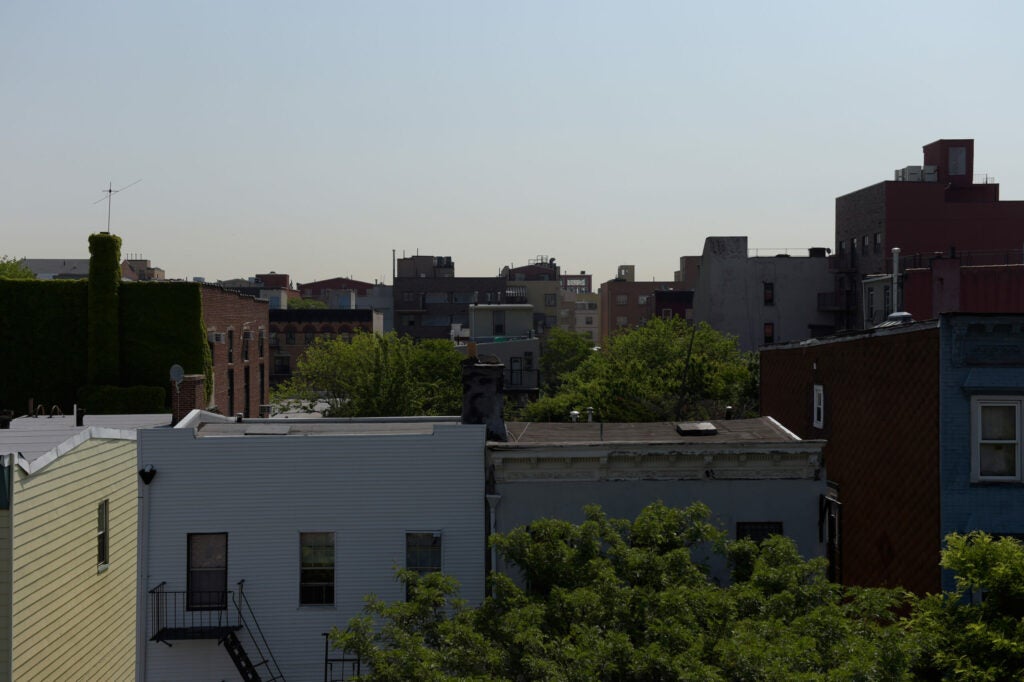
Nikon D4s Sample #7
Focal Length: 45mm (CLICK FOR FULL-RES)

Nikon D4s Sample #8
Focal Length: 24mm (CLICK FOR FULL-RES)
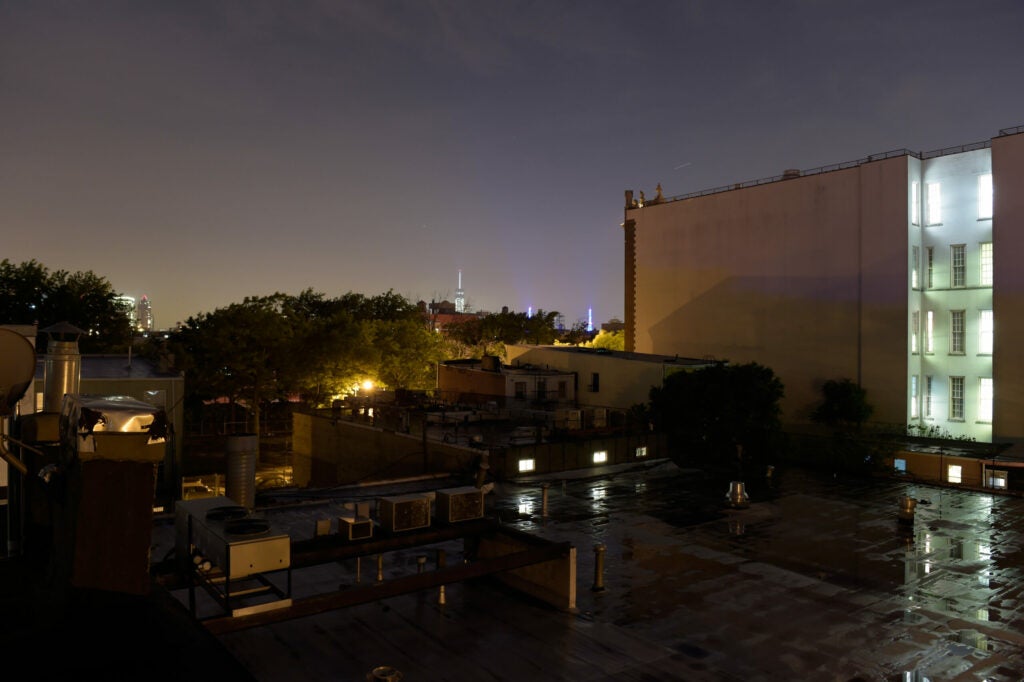
Nikon D4s Sample #9
Focal Length: 26mm (CLICK FOR FULL-RES)
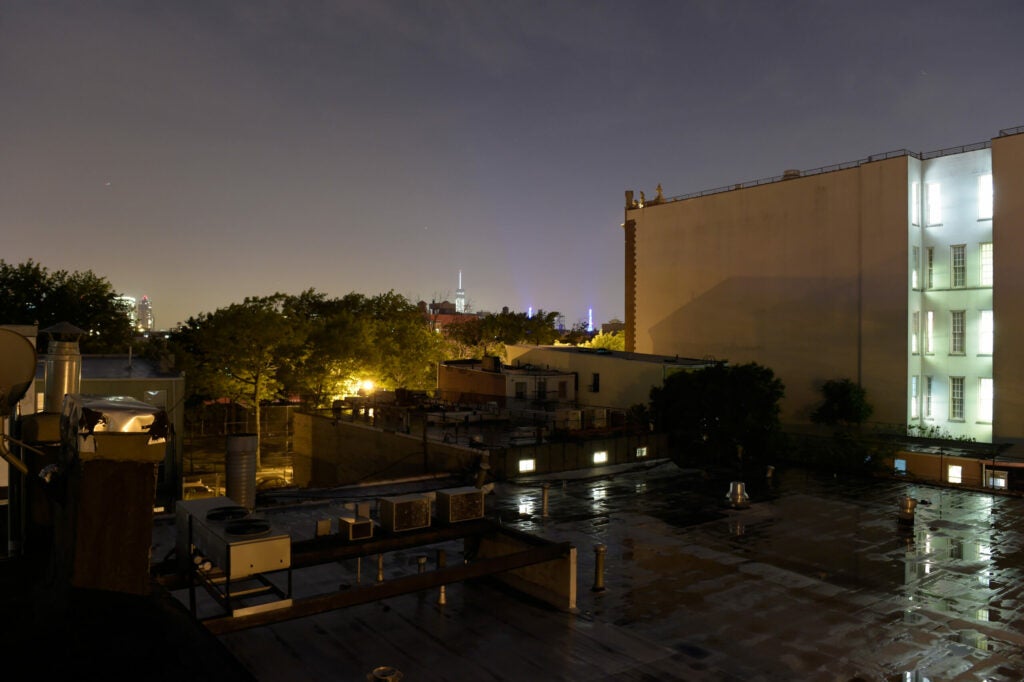
Nikon D4s Sample #10
Focal Length: 26mm (CLICK FOR FULL-RES)
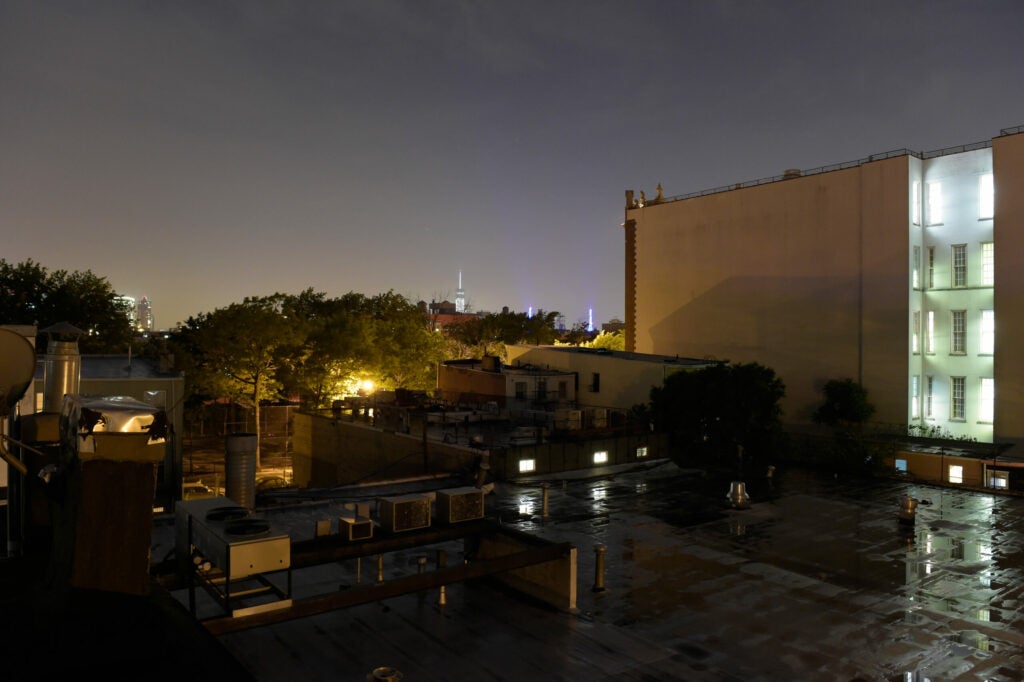
Nikon D4s Sample #11
Focal Length: 26mm (CLICK FOR FULL-RES)
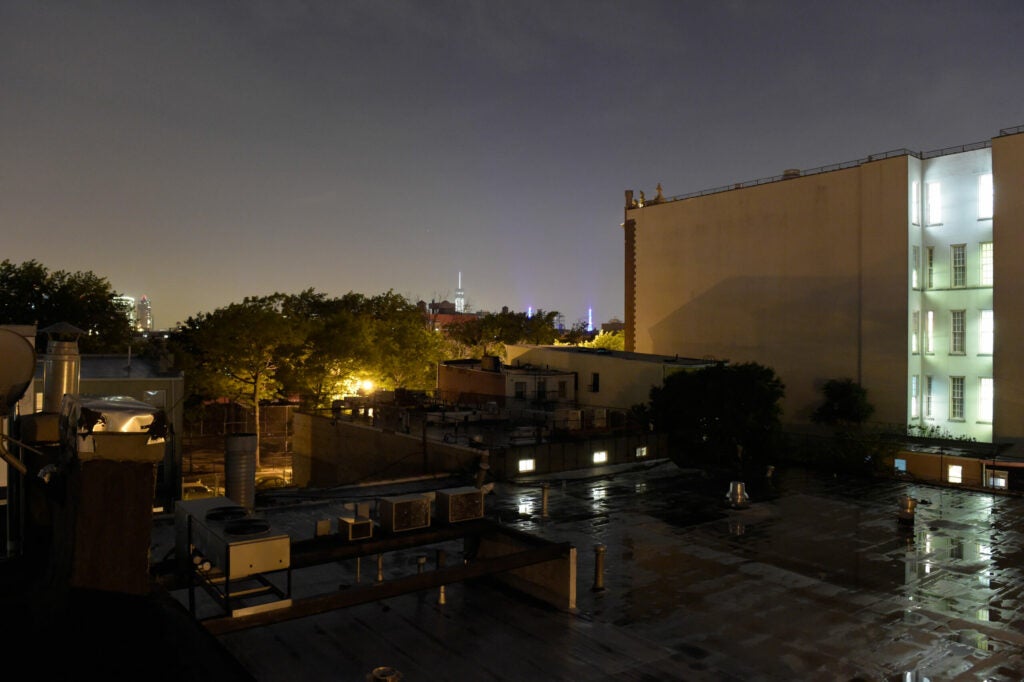
Nikon D4s Sample #12
Focal Length: 26mm (CLICK FOR FULL-RES)
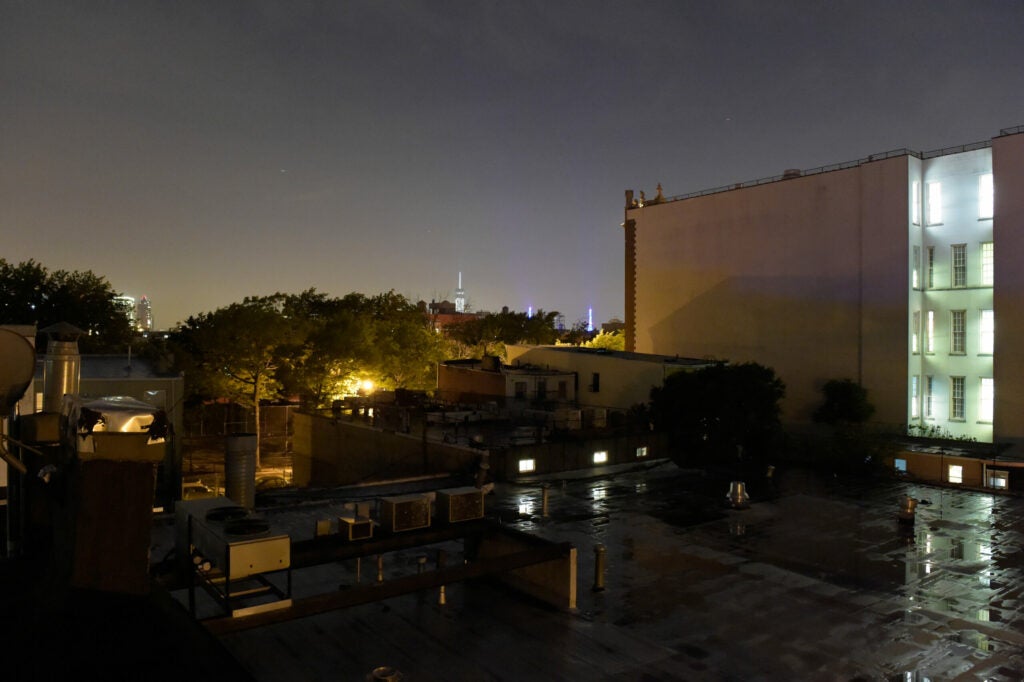
Nikon D4s Sample #13
Focal Length: 26mm (CLICK FOR FULL-RES)
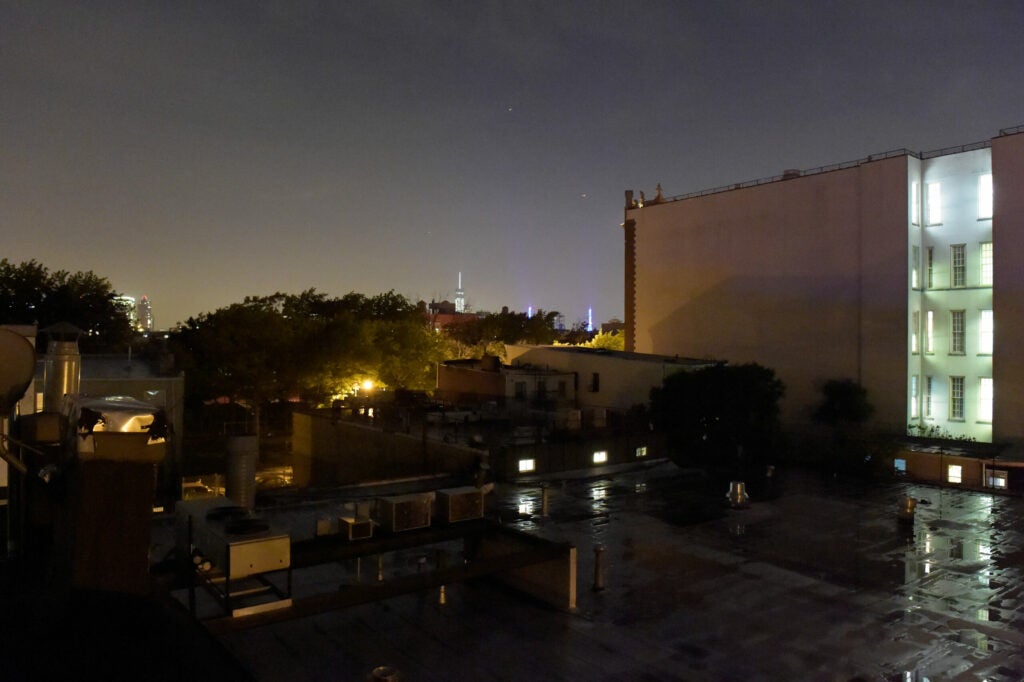
Nikon D4s Sample #14
Focal Length: 26mm (CLICK FOR FULL-RES)
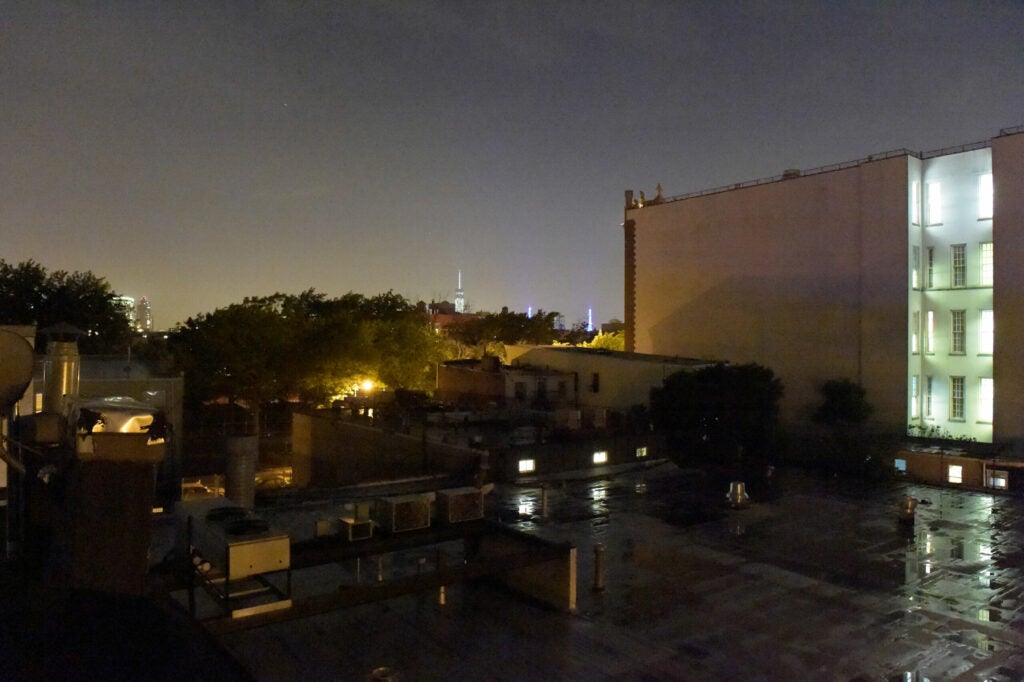
Nikon D4s Sample #15
Focal Length: 26mm (CLICK FOR FULL-RES)
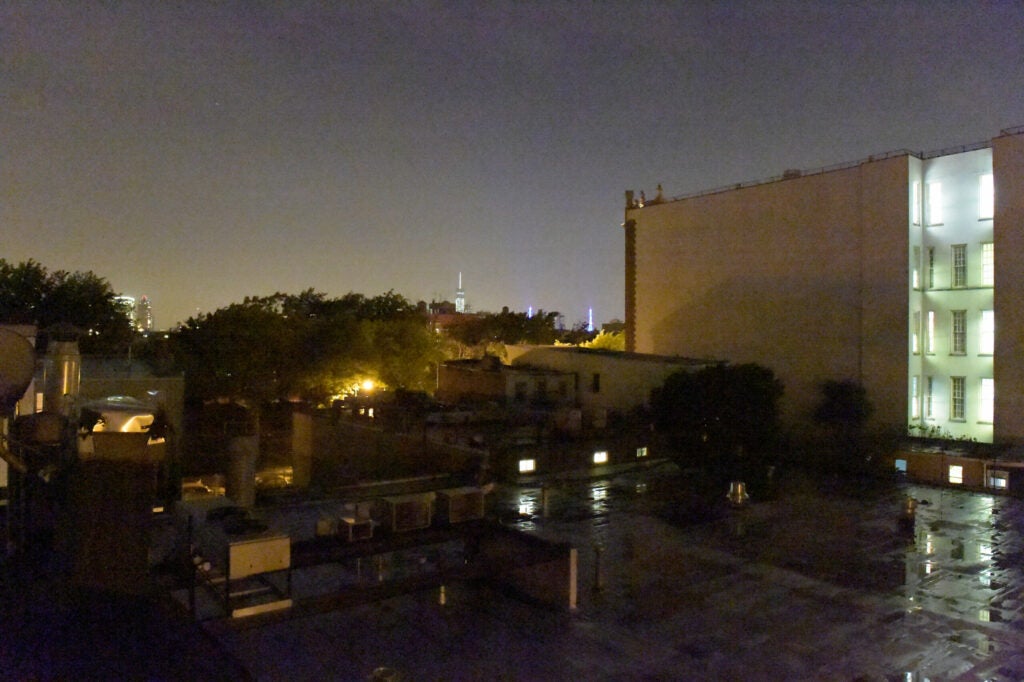
Nikon D4s Sample #16
Focal Length: 26mm (CLICK FOR FULL-RES)
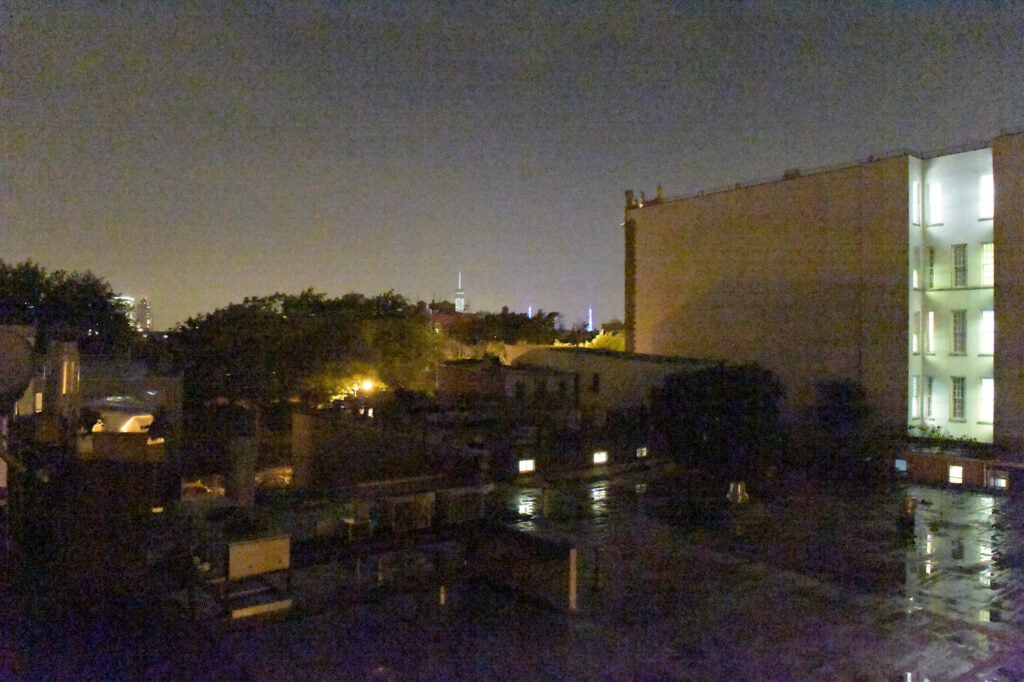
Nikon D4s Sample #17
Focal Length: 26mm (CLICK FOR FULL-RES)

Nikon D4s Sample #18
Focal Length: 26mm (CLICK FOR FULL-RES)
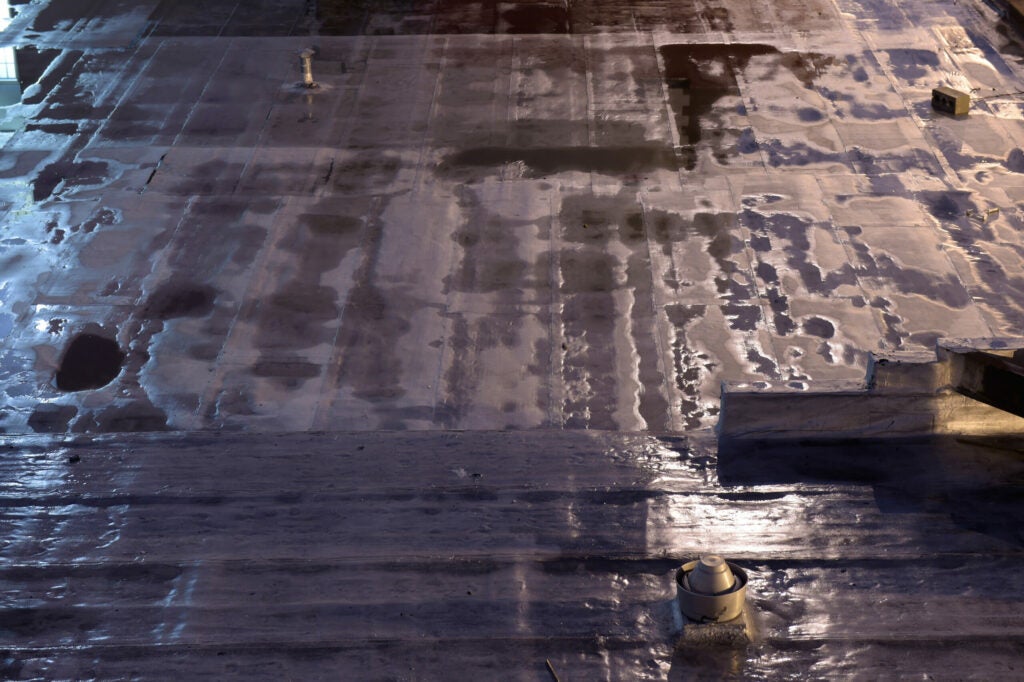
Nikon D4s Sample #19
Focal Length: 66mm (CLICK FOR FULL-RES)
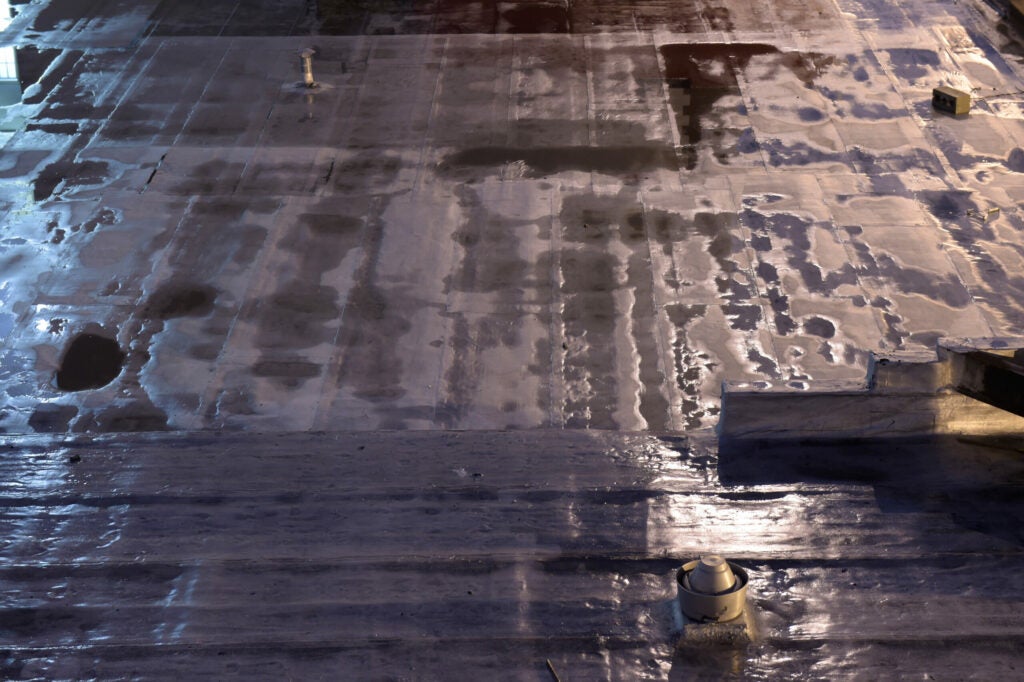
Nikon D4s Sample #20
Focal Length: 66mm (CLICK FOR FULL-RES)
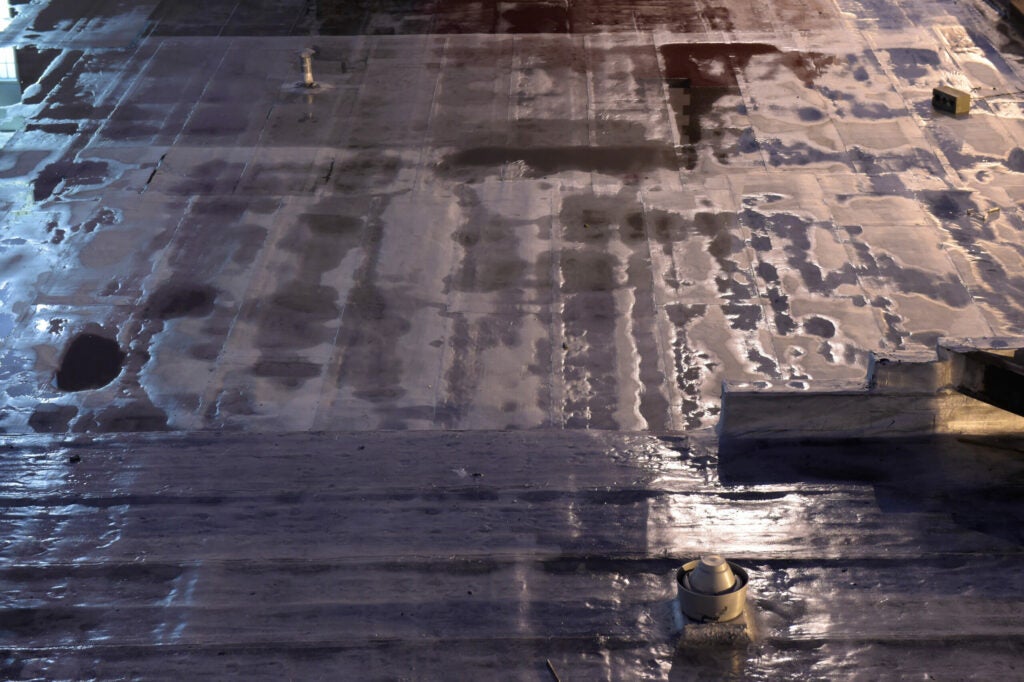
Nikon D4s Sample #21
Focal Length: 66mm (CLICK FOR FULL-RES)
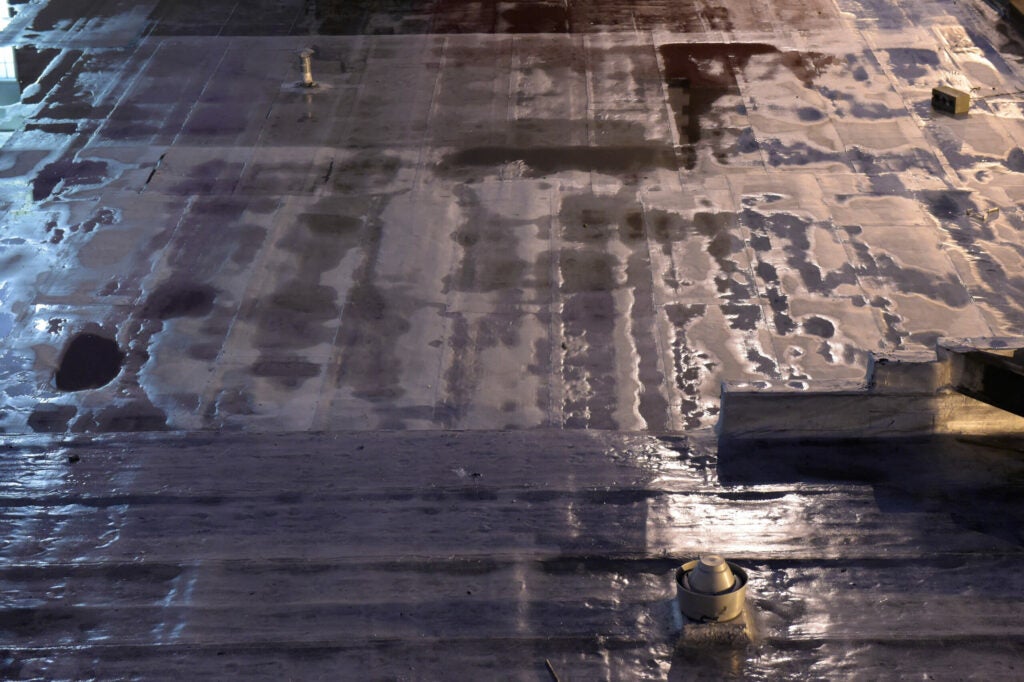
Nikon D4s Sample #22
Focal Length: 66mm (CLICK FOR FULL-RES)
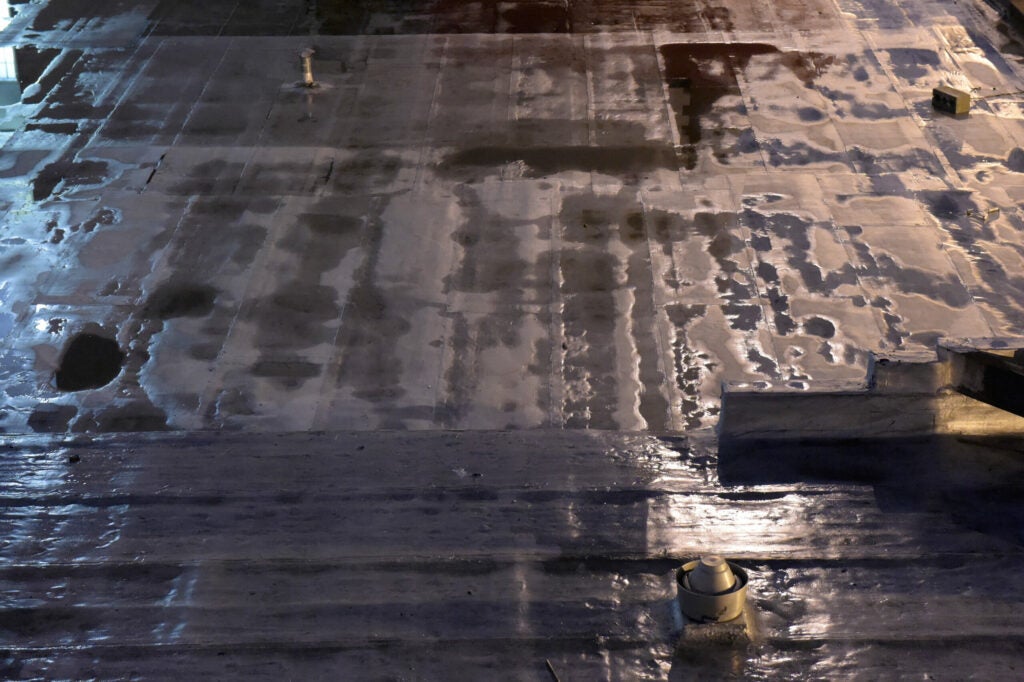
Nikon D4s Sample #23
Focal Length: 66mm (CLICK FOR FULL-RES)
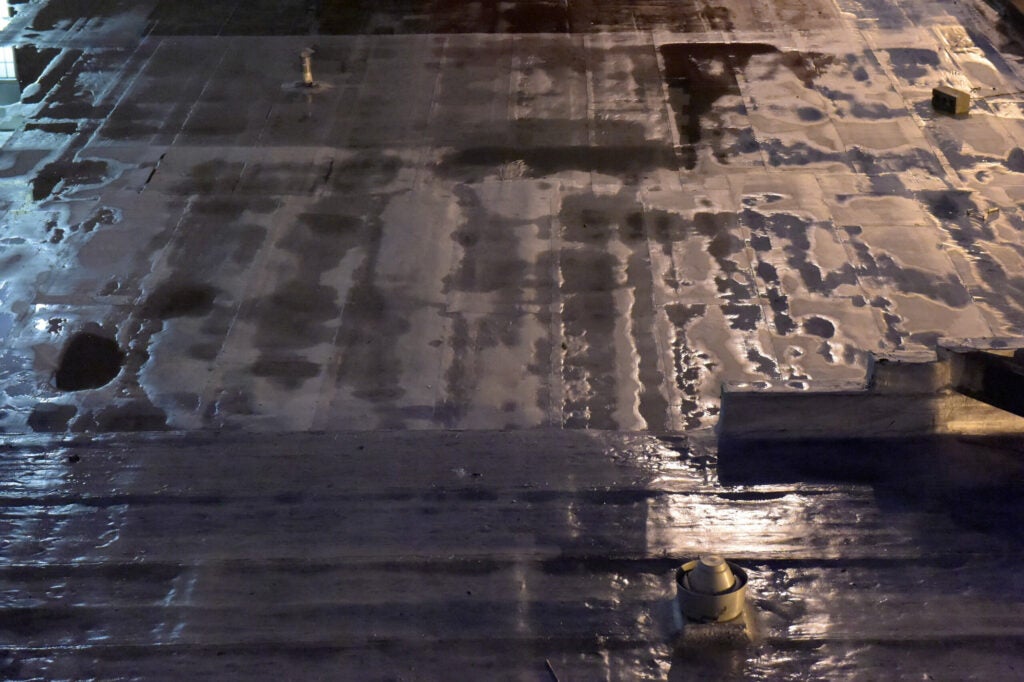
Nikon D4s Sample #24
Focal Length: 66mm (CLICK FOR FULL-RES)
The post Nikon D4s Camera Test appeared first on Popular Photography.
Articles may contain affiliate links which enable us to share in the revenue of any purchases made.
]]>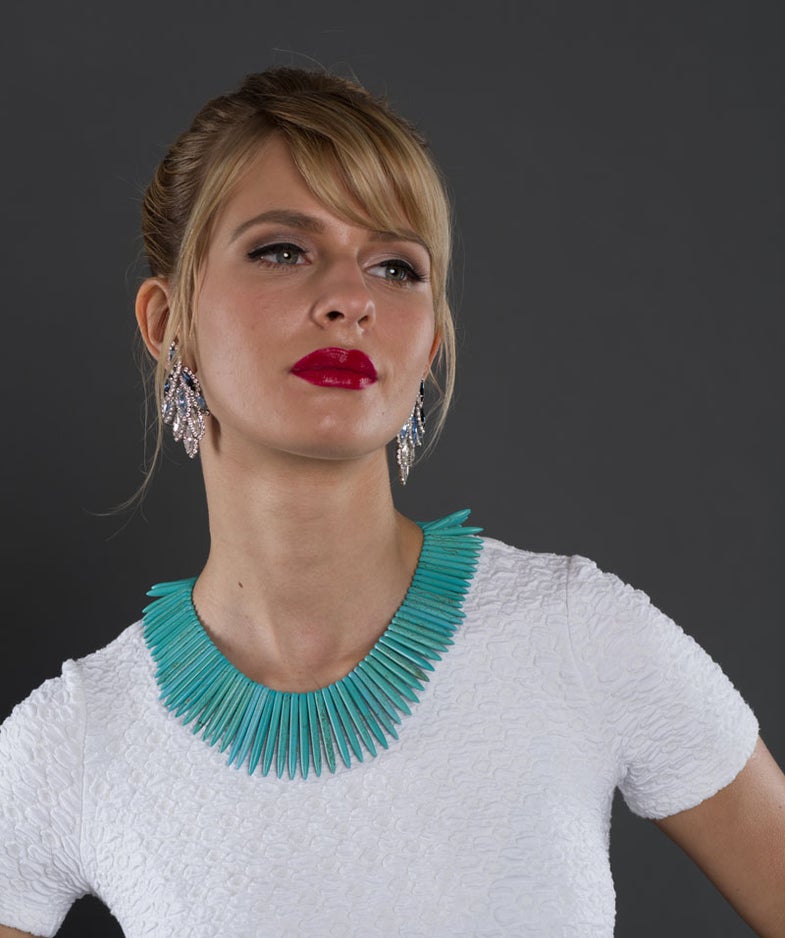
We spent the afternoon with Pentax's new Medium Format camera, using it both in and out of the studio
The post Pentax 645Z: First Impressions and Sample Image Gallery appeared first on Popular Photography.
]]>
On Thursday, we attended Ricoh’s launch event for the Pentax 645Z and had a chance to use their latest generation Digital Medium Format in a variety of studio situations, including with the model shown above. We also spent some time shooting around the event space using natural light. This camera is significant because of its extreme affordablity: At $8500, it is a quarter the prices of the Phase One IQ250 digital back, which uses the same sensor (made by Sony).
All of the images that follow were shot using final firmware, and were captured as DNGs, the system’s native RAW file type. An older SMC Pentax-FA 645 Zoom f/4.5 80-160mm lens was used throughout. Photos were converted from DNG in the AdobeRGB colorspace to JPGs in the sRGB colorspace using Adobe Lightroom 4. For full-res previews of the images, please click the link below each.
The last 5 images were shot in moderate light, at the 645Z’s higher ISOs to demonstrate the resolving power and noise levels of the camera at these upper reaches. That’s a crucial piece for this and other CMOS-based medium format camera systems, as their CCD-based predecessors were sorely lacking in high-ISO performance.
Also, be sure to check out the link below for real world sample images, including a tripod-mounted high ISO comparison.
Real World Sample Images: Pentax 645Z
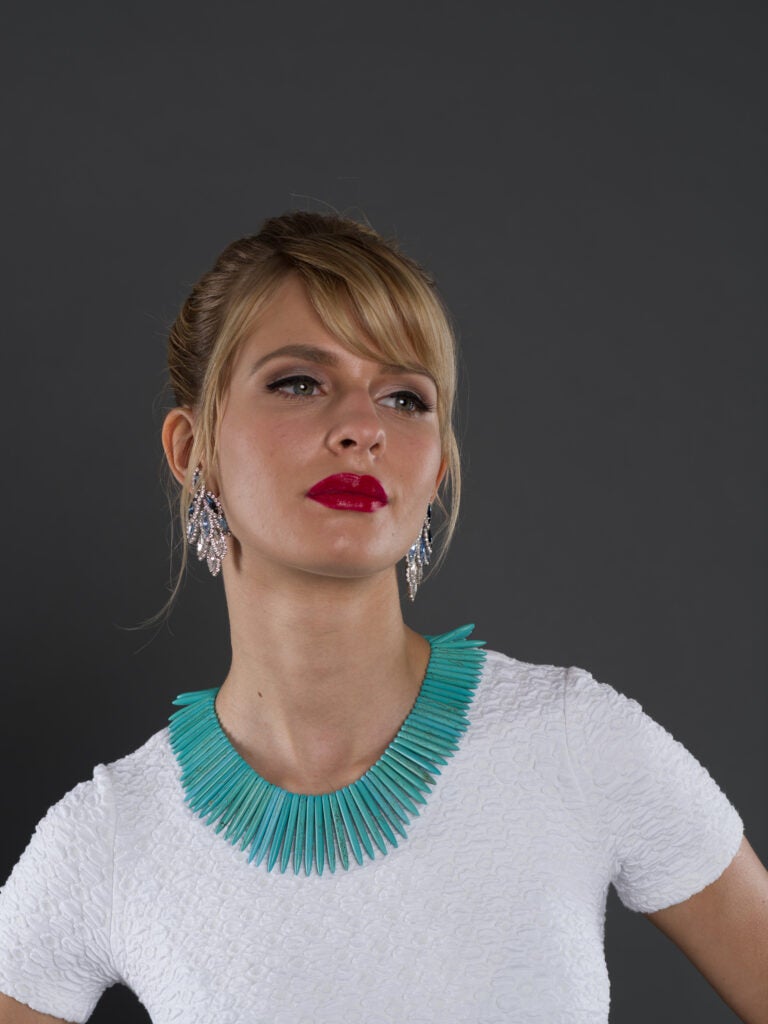
Pentax 645Z Sample Image #1
Focal Length: 160mm (CLICK FOR FULL-RES)
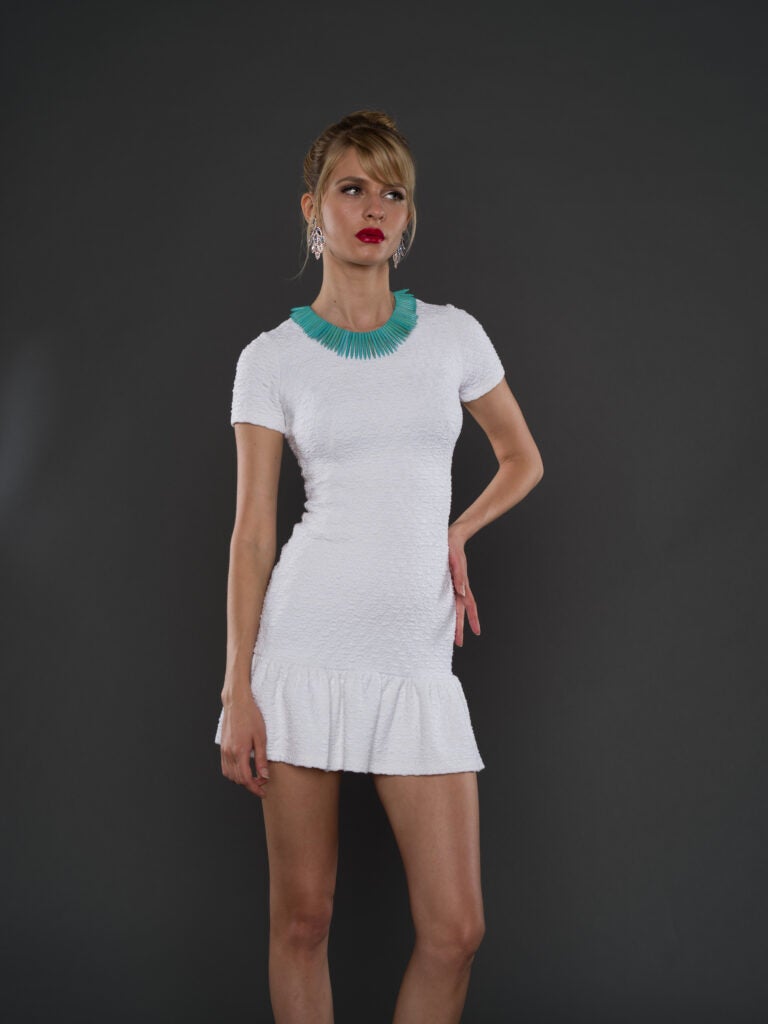
Pentax 645Z Sample Image #2
Focal Length: 80mm (CLICK FOR FULL-RES)

Pentax 645Z Sample Image #3
Focal Length: 160mm (CLICK FOR FULL-RES)

Pentax 645Z Sample Image #4
Focal Length: 160mm (CLICK FOR FULL-RES)
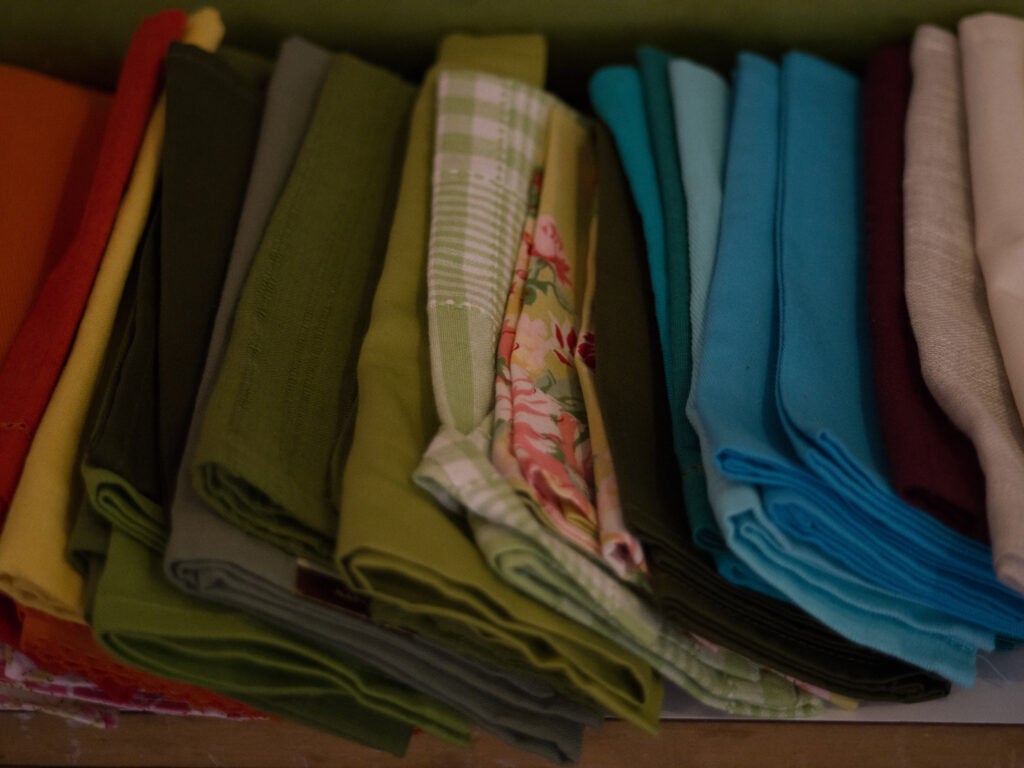
Pentax 645Z Sample Image #5
Focal Length: 160mm (CLICK FOR FULL-RES)
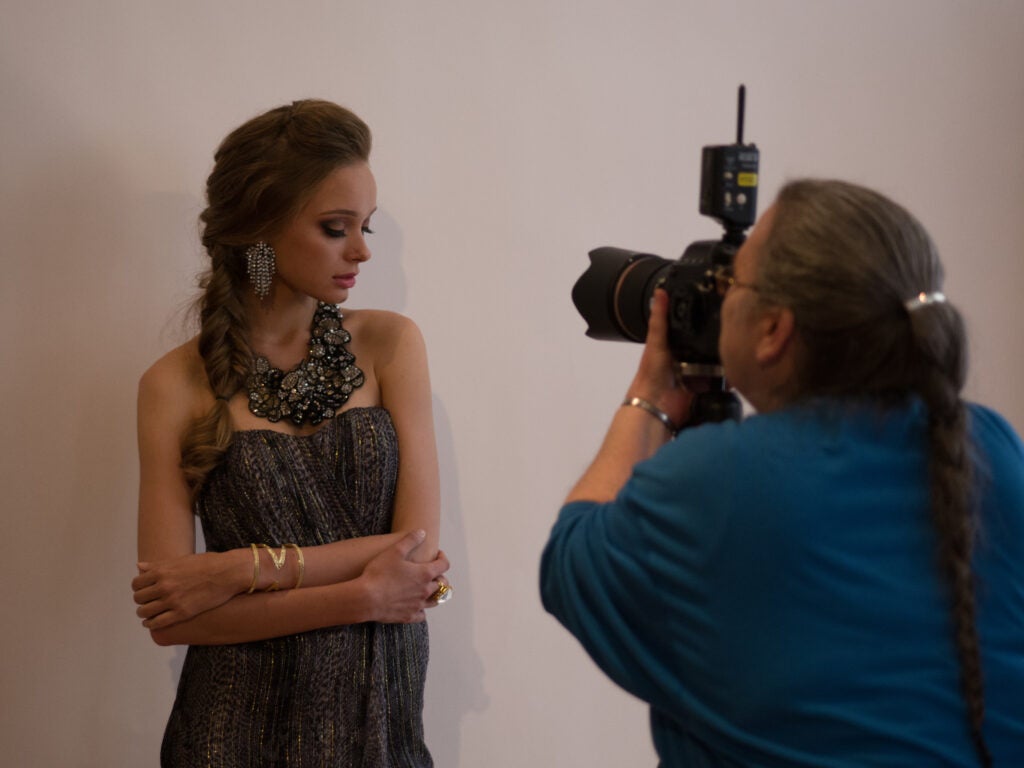
Pentax 645Z Sample Image #6
Focal Length: 143mm (CLICK FOR FULL-RES)

Pentax 645Z Sample Image #7
Focal Length: 143mm (CLICK FOR FULL-RES)
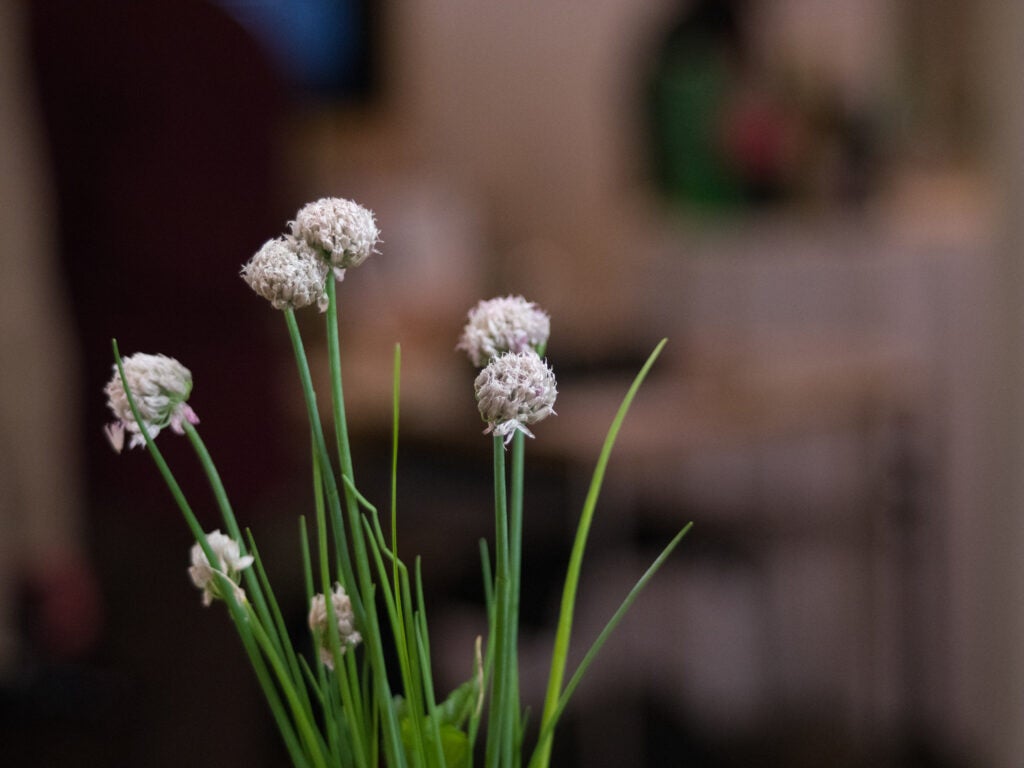
Pentax 645Z Sample Image #8
Focal Length: 143mm (CLICK FOR FULL-RES)
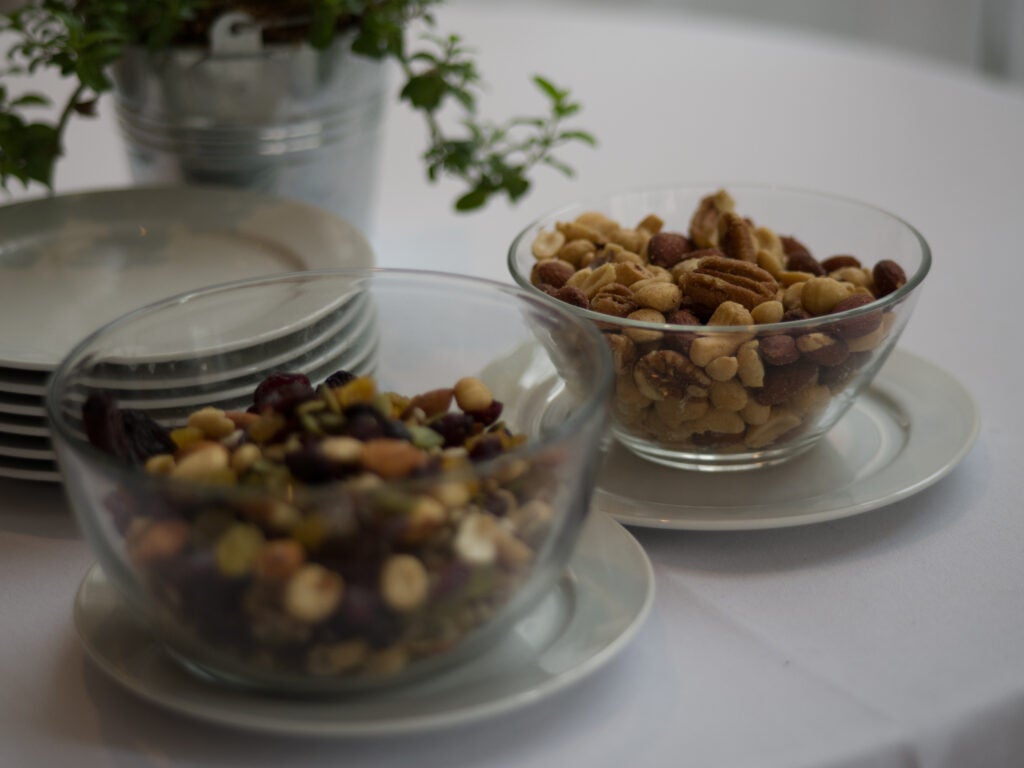
Pentax 645Z Sample Image #9
Focal Length: 160mm (CLICK FOR FULL-RES)

Pentax 645Z Sample Image #10
Focal Length: 118mm (CLICK FOR FULL-RES)

Pentax 645Z Sample Image #11
Focal Length: 118mm (CLICK FOR FULL-RES)

Pentax 645Z Sample Image #12
Focal Length: 118mm (CLICK FOR FULL-RES)

Pentax 645Z Sample Image #13
Focal Length: 118mm (CLICK FOR FULL-RES)

Pentax 645Z Sample Image #15
Focal Length: 118mm (CLICK FOR FULL-RES)
The post Pentax 645Z: First Impressions and Sample Image Gallery appeared first on Popular Photography.
Articles may contain affiliate links which enable us to share in the revenue of any purchases made.
]]>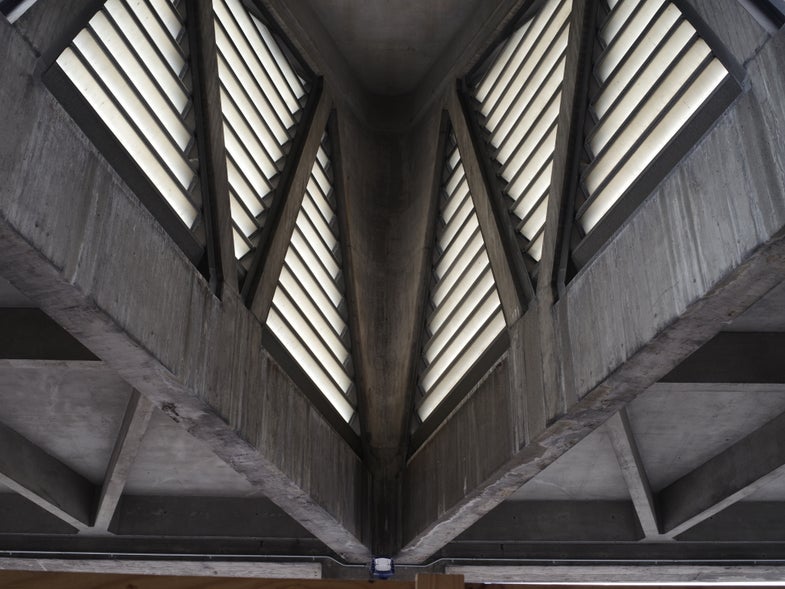
Full-res, real-world sample images, including high ISO comparisons
The post Real World Sample Images: Pentax 645Z appeared first on Popular Photography.
]]>
We may earn revenue from the products available on this page and participate in affiliate programs. Learn more ›
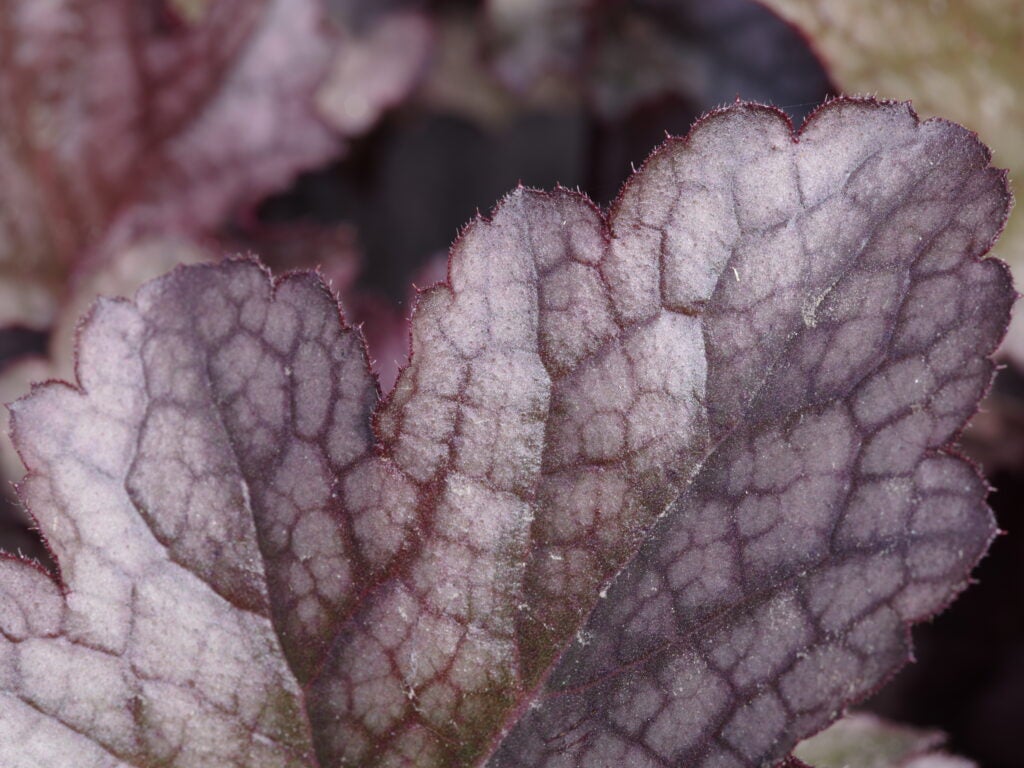
Pentax 645Z #2
Focal Length: 120mm (CLICK FOR FULL-RES)
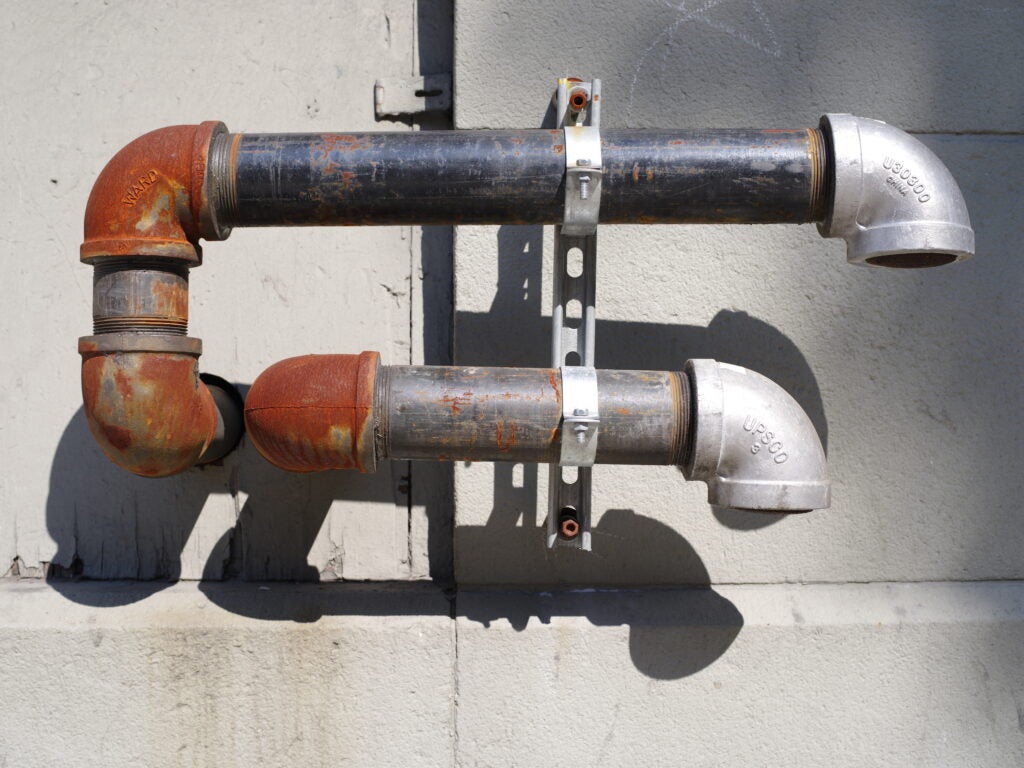
Pentax 645Z #3
**Focal Length: **55mm (CLICK FOR FULL-RES)

Pentax 645Z #4
Focal Length: 120mm (CLICK FOR FULL-RES)

Pentax 645Z #5
Focal Length: 55mm (CLICK FOR FULL-RES)
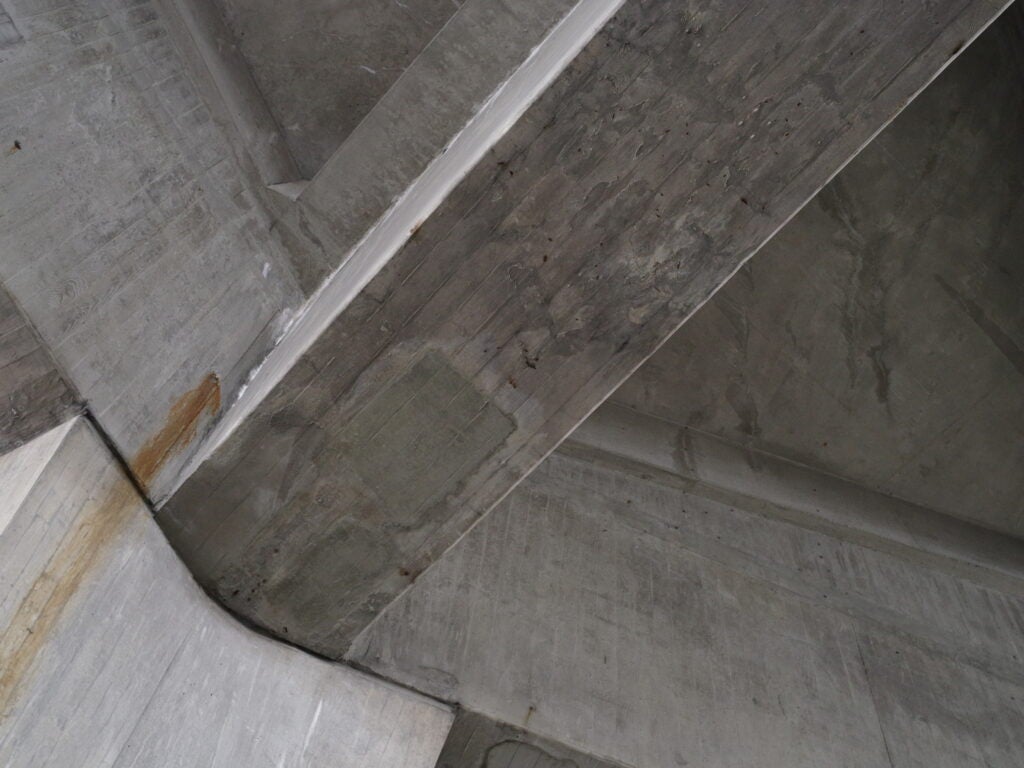
Pentax 645Z #6
Focal Length: 55mm (CLICK FOR FULL-RES)
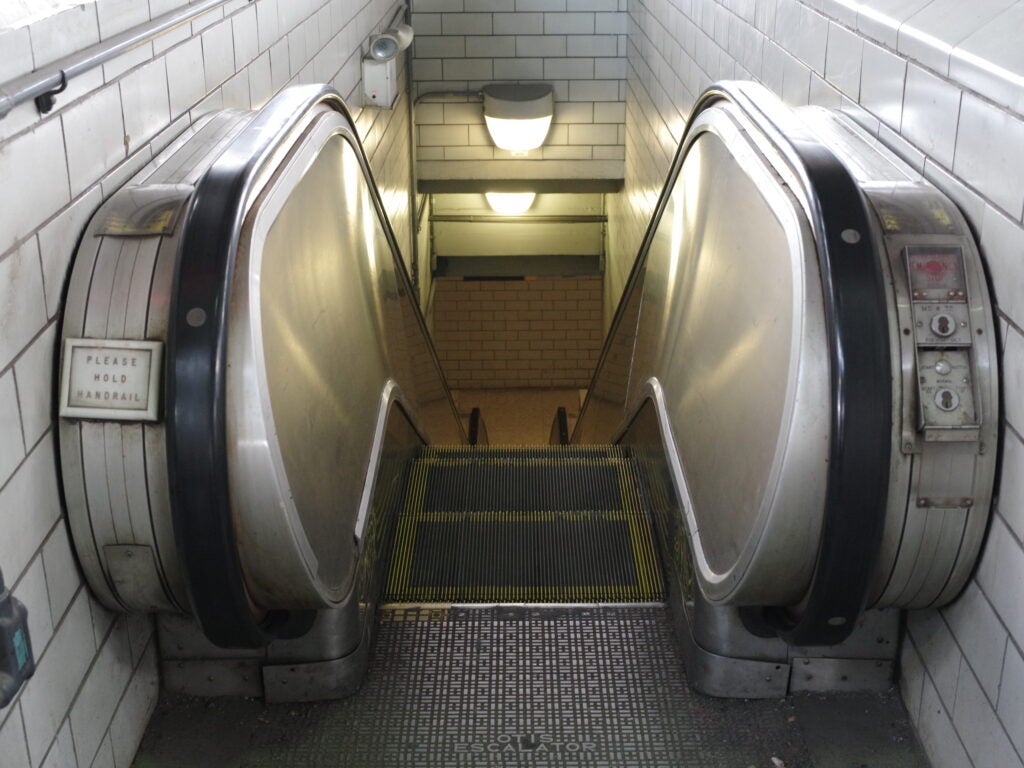
Pentax 645Z #7
Focal Length: 55mm (CLICK FOR FULL-RES)

Pentax 645Z #8
Focal Length: 55mm (CLICK FOR FULL-RES)
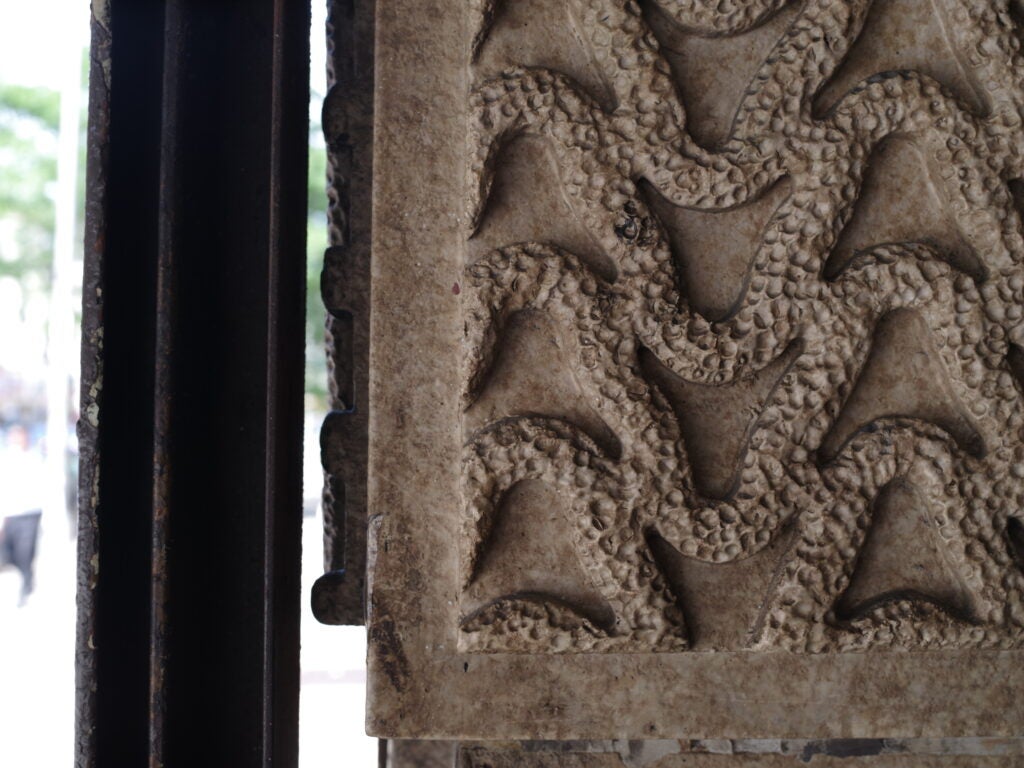
Pentax 645Z #9
Focal Length: 55mm (CLICK FOR FULL-RES)

Pentax 645Z #10
Focal Length: 55mm (CLICK FOR FULL-RES)
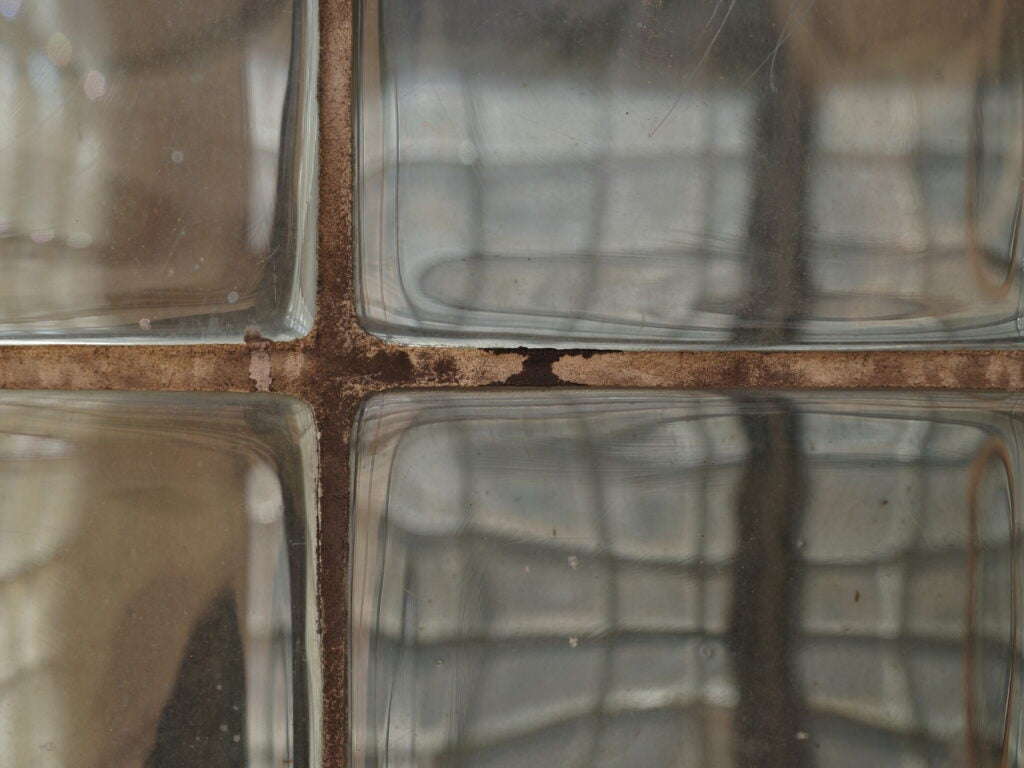
Pentax 645Z #11
Focal Length: 55mm (CLICK FOR FULL-RES)

Pentax 645Z #12
Focal Length: 55mm (CLICK FOR FULL-RES)

Pentax 645Z #13
Focal Length: 55mm (CLICK FOR FULL-RES)
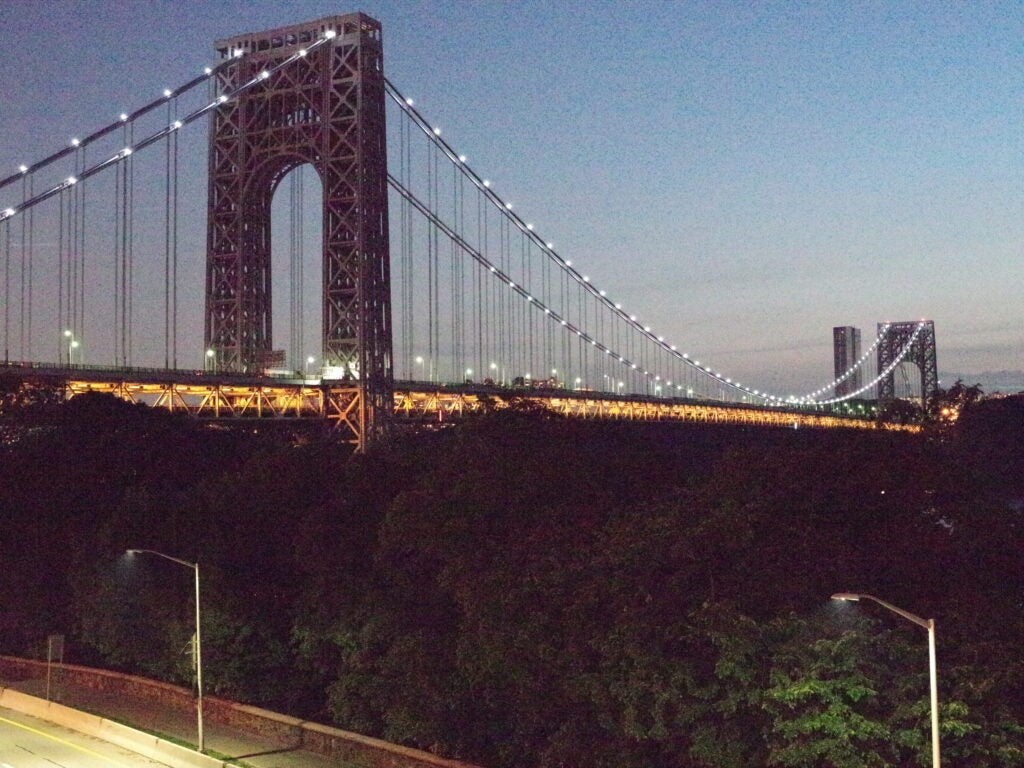
Pentax 645Z #14a
Focal Length: 55mm (CLICK FOR FULL-RES)
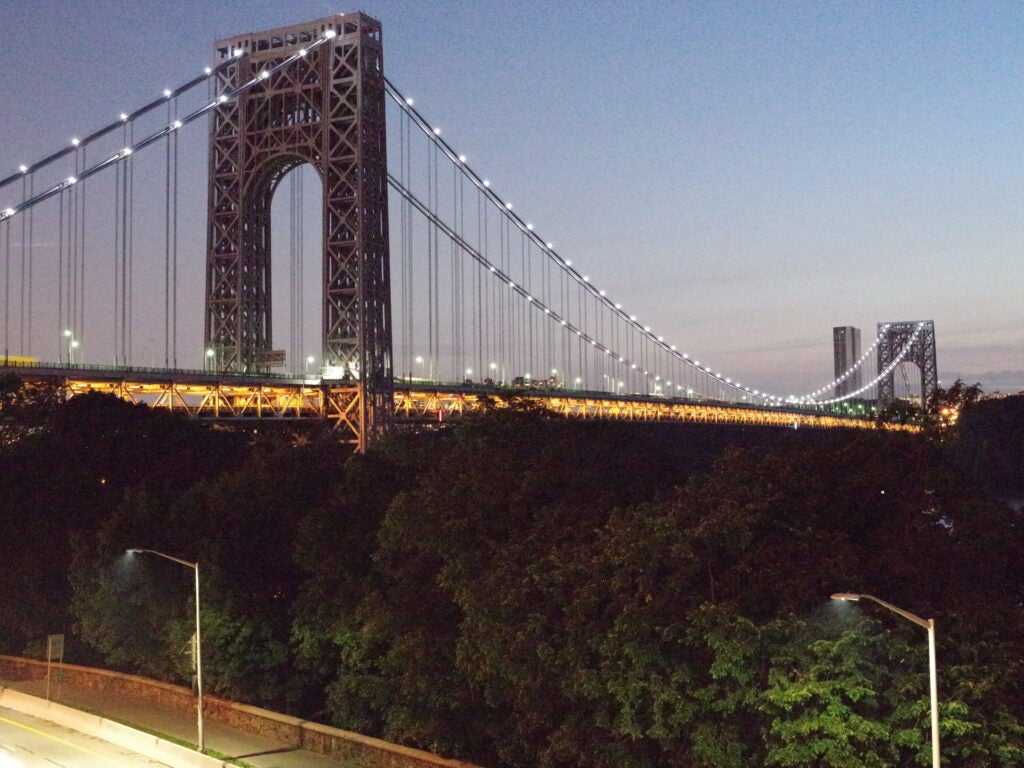
Pentax 645Z #14b
Focal Length: 55mm (CLICK FOR FULL-RES)
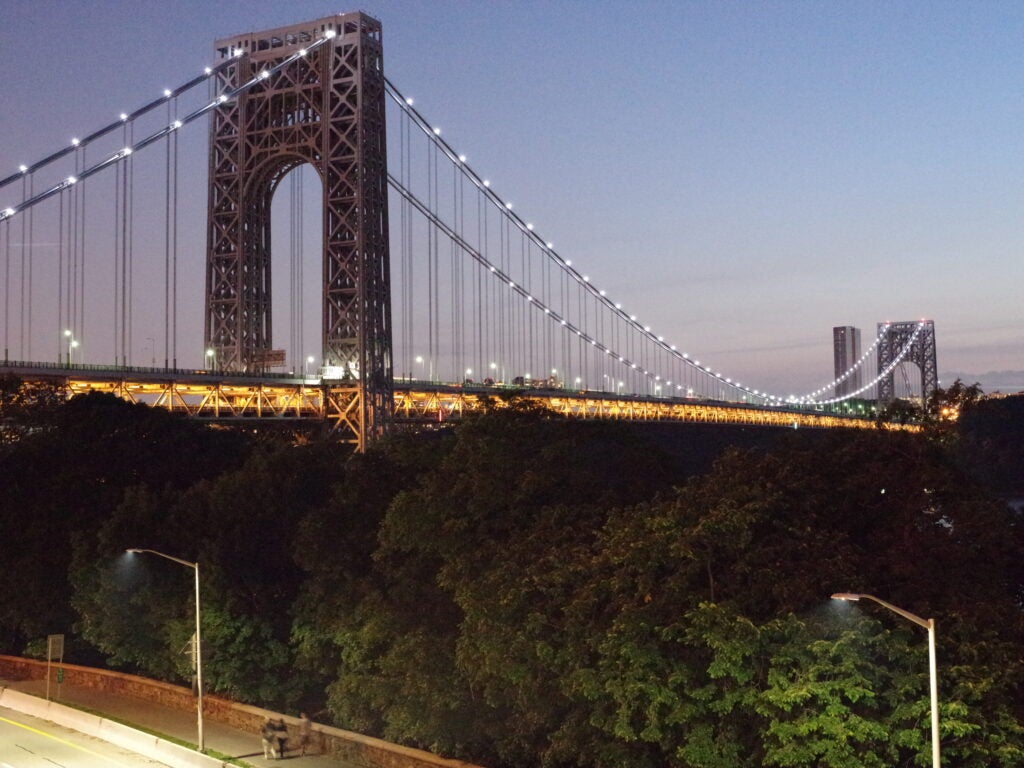
Pentax 645Z #15
Focal Length: 55mm (CLICK FOR FULL-RES)
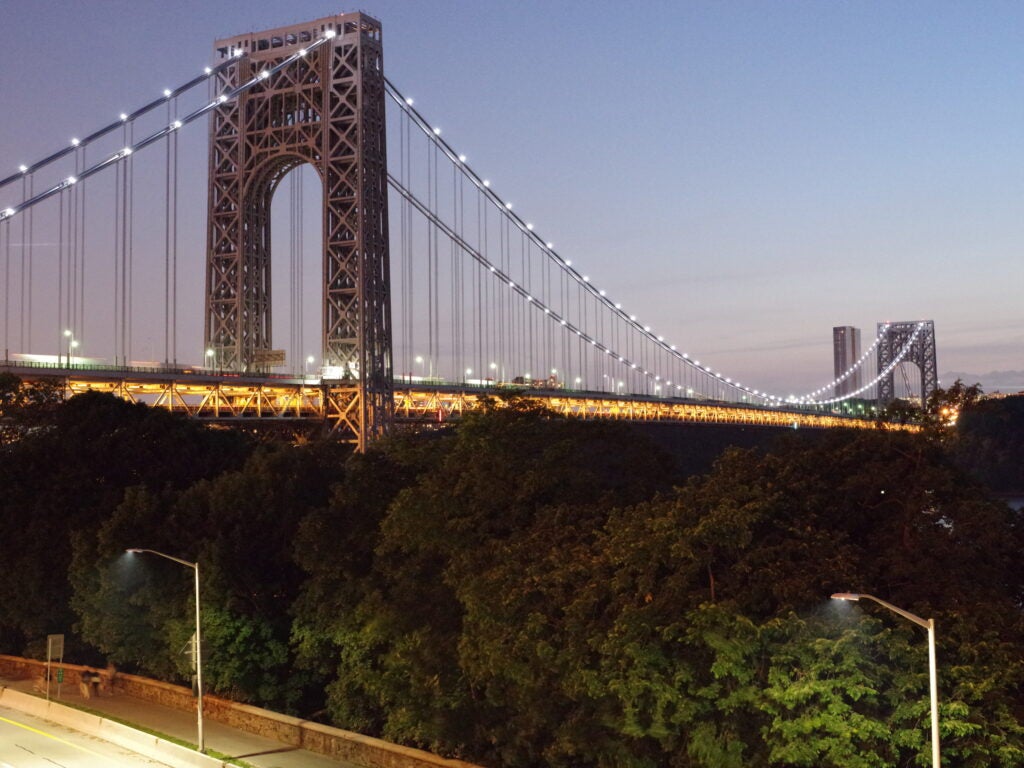
Pentax 645Z #16
Focal Length: 55mm (CLICK FOR FULL-RES)
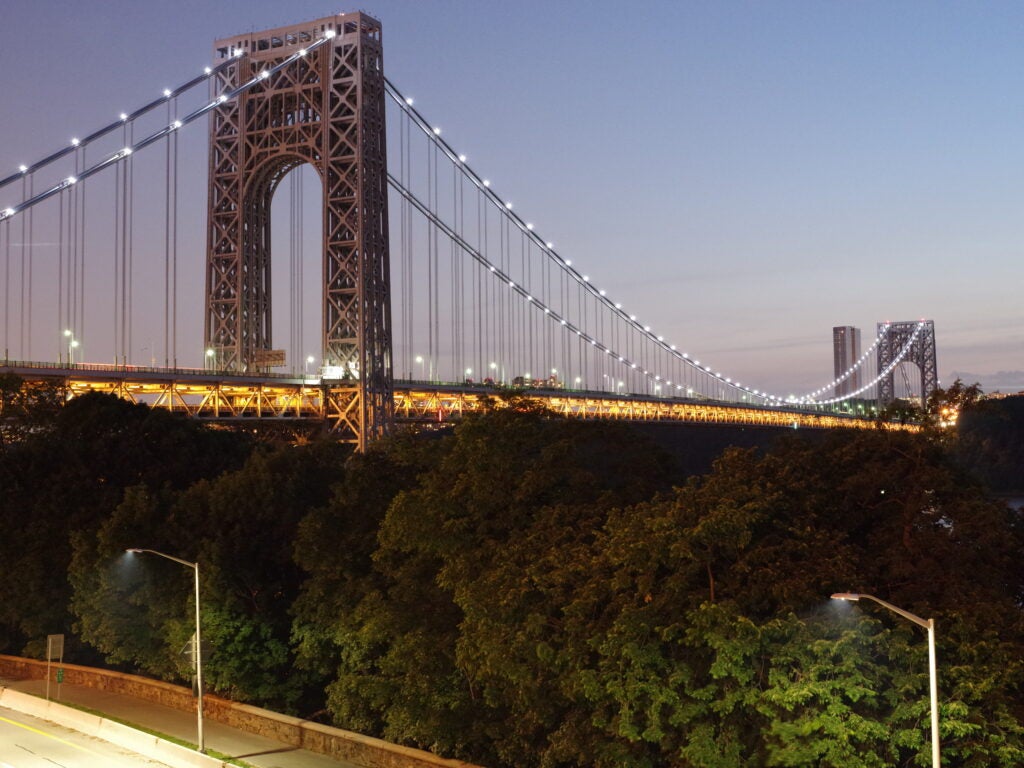
Pentax 645Z #17
Focal Length: 55mm (CLICK FOR FULL-RES)
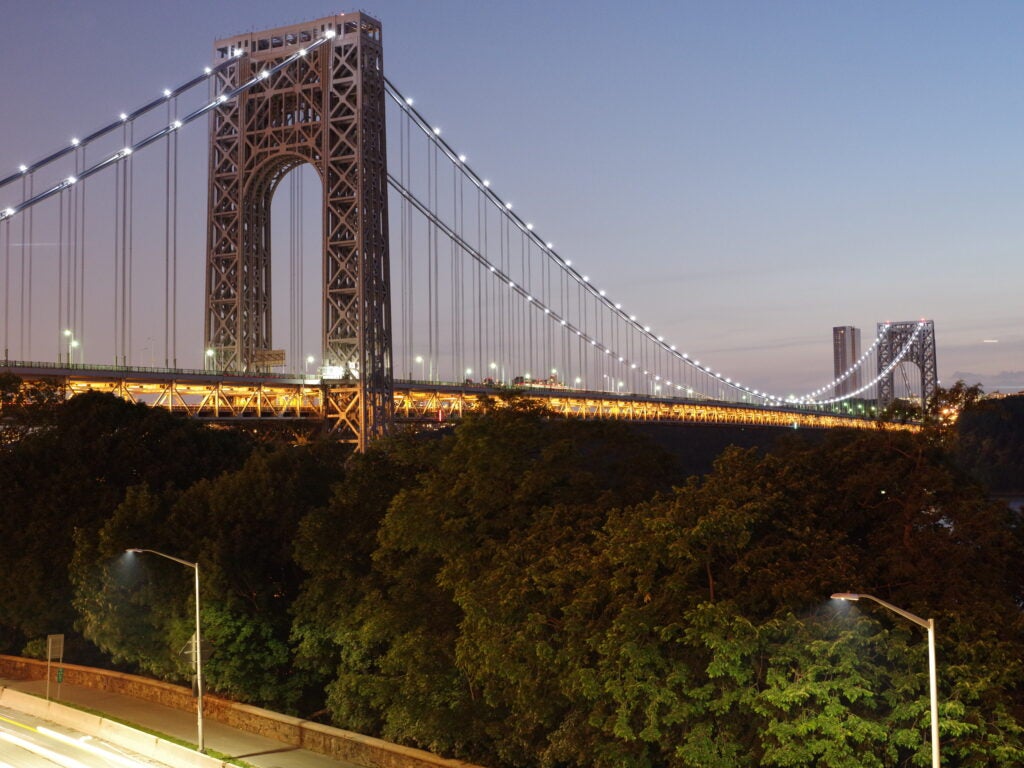
Pentax 645Z #18
Focal Length: 55mm (CLICK FOR FULL-RES)
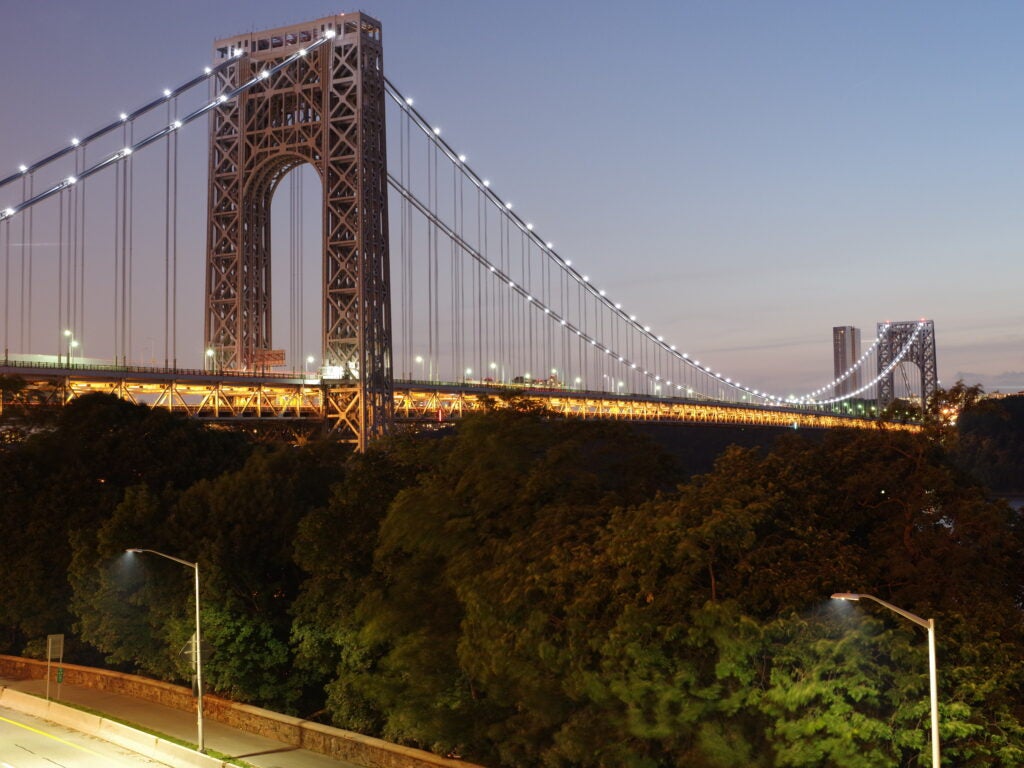
Pentax 645Z #19
Focal Length: 55mm (CLICK FOR FULL-RES)
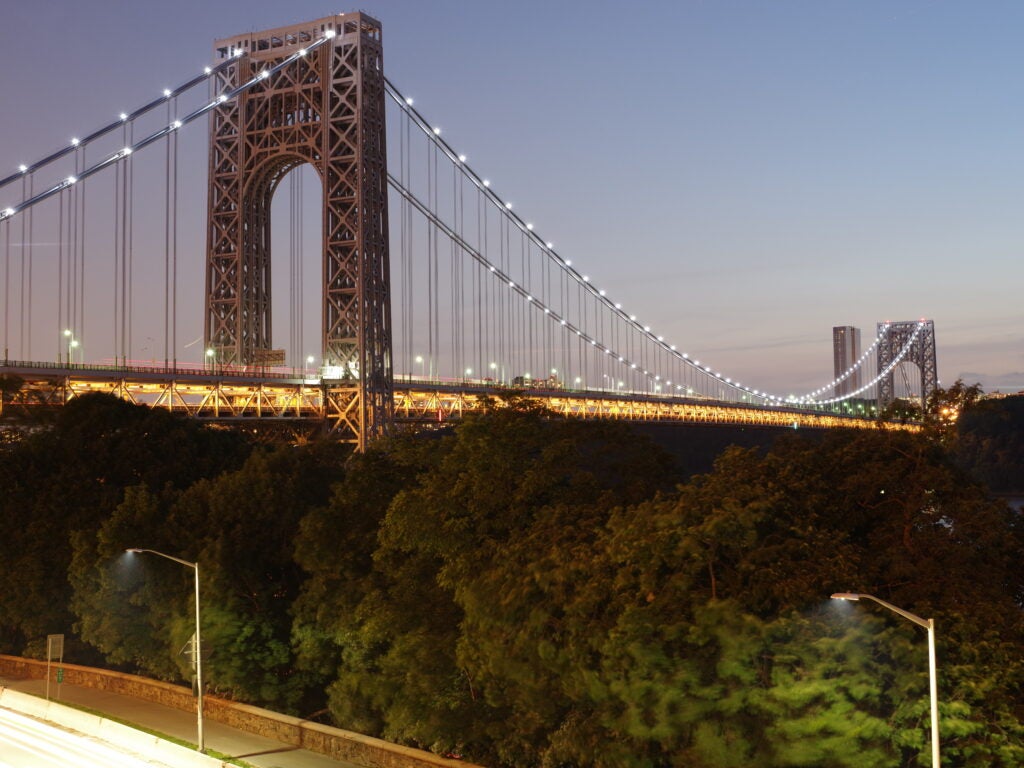
Pentax 645Z #20
Focal Length: 55mm (CLICK FOR FULL-RES)
The post Real World Sample Images: Pentax 645Z appeared first on Popular Photography.
Articles may contain affiliate links which enable us to share in the revenue of any purchases made.
]]>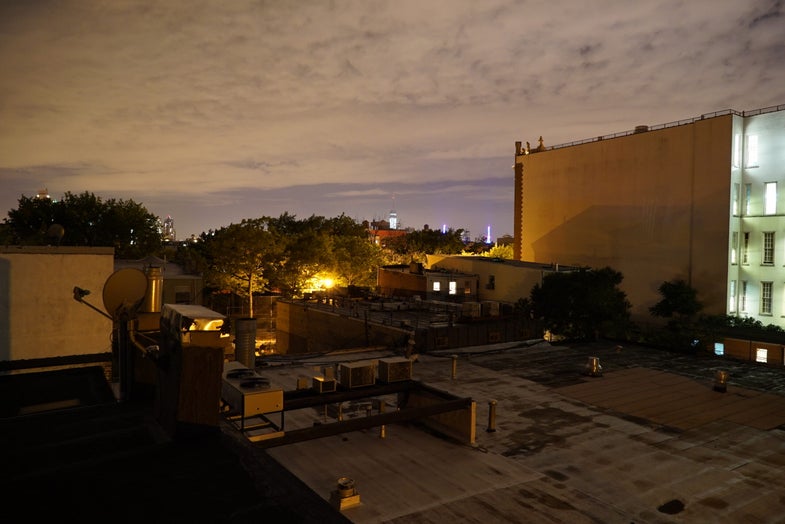
We pitted the A7S against its cousin, as well as the current low-light champ, the D4s
The post Sony A7S, A7R, Nikon D4s High ISO Comparison Gallery appeared first on Popular Photography.
]]>
We may earn revenue from the products available on this page and participate in affiliate programs. Learn more ›
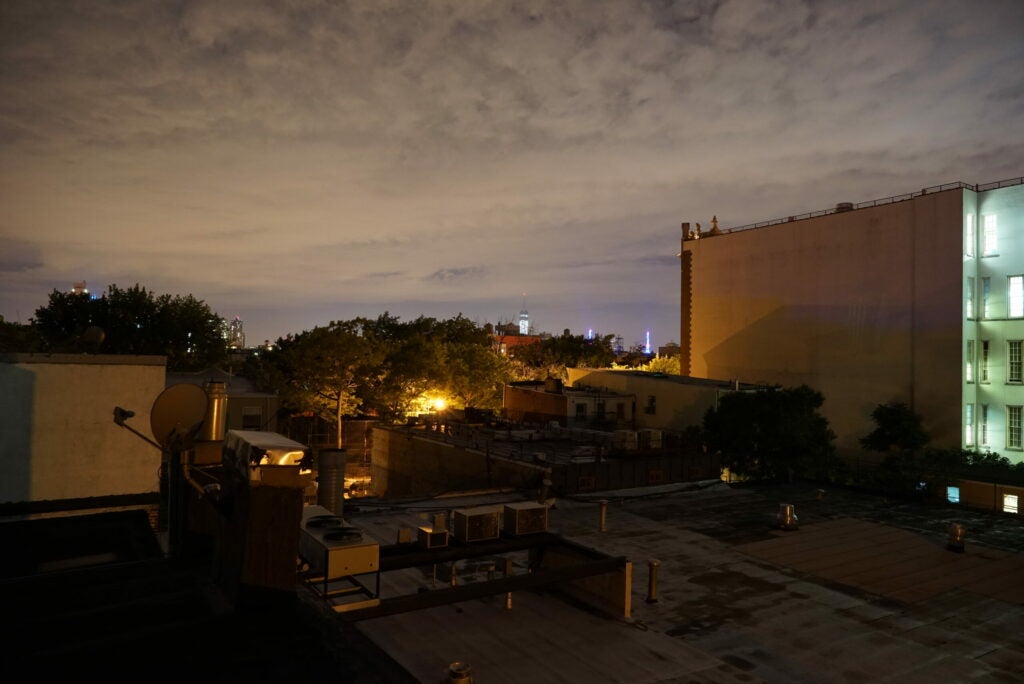
Sony A7R at ISO 1600
Focal Length: 24mm
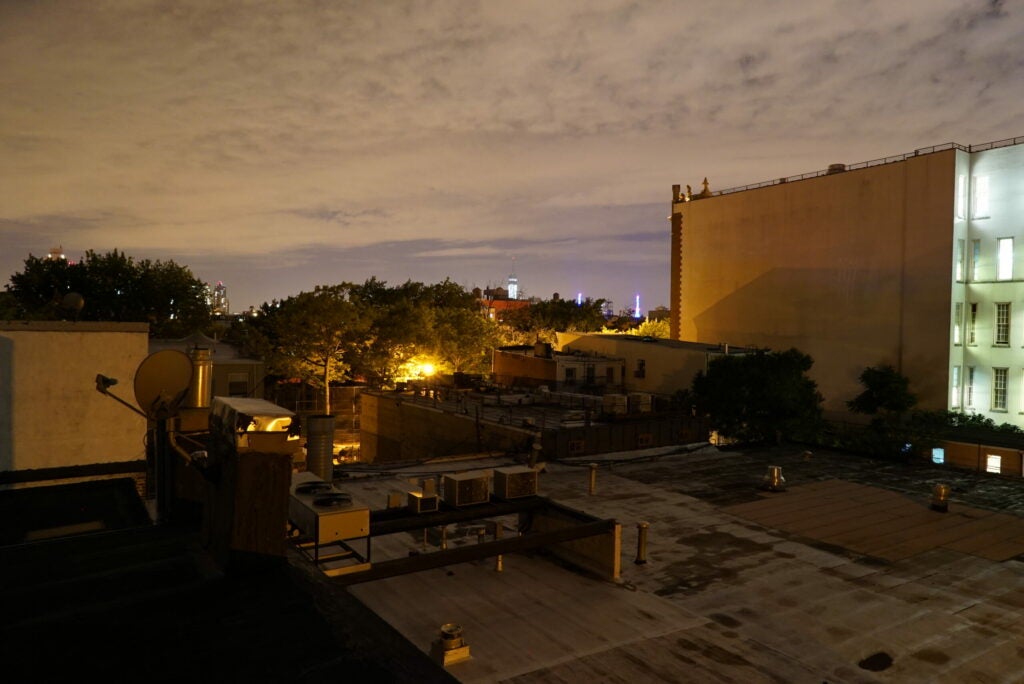
Sony A7S at ISO 3200
Focal Length: 24mm
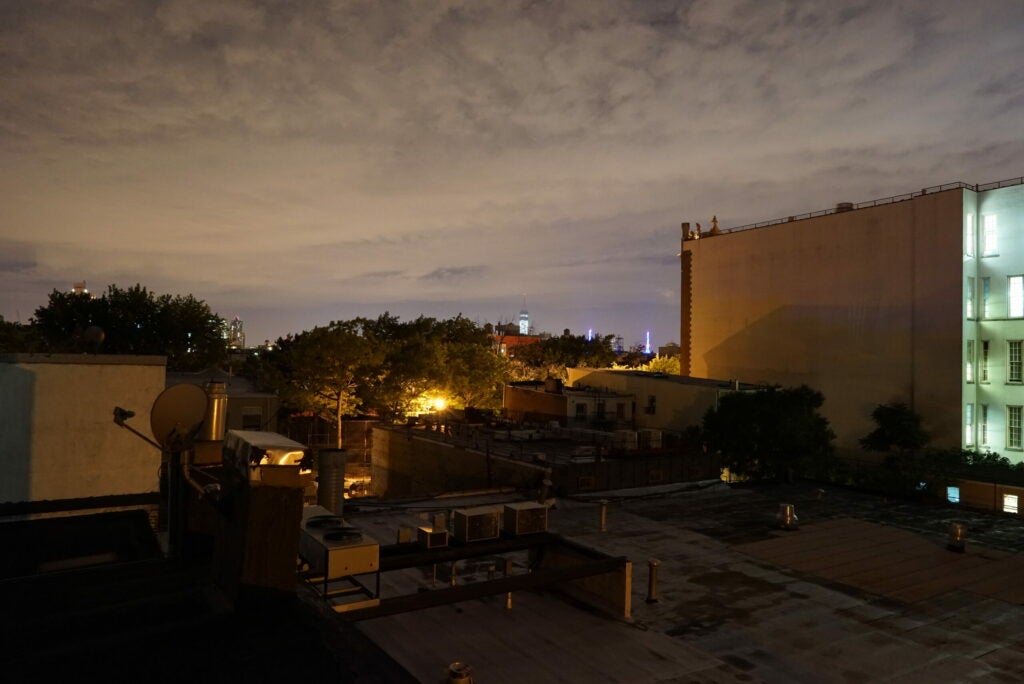
Sony A7R at ISO 3200
Focal Length: 24mm
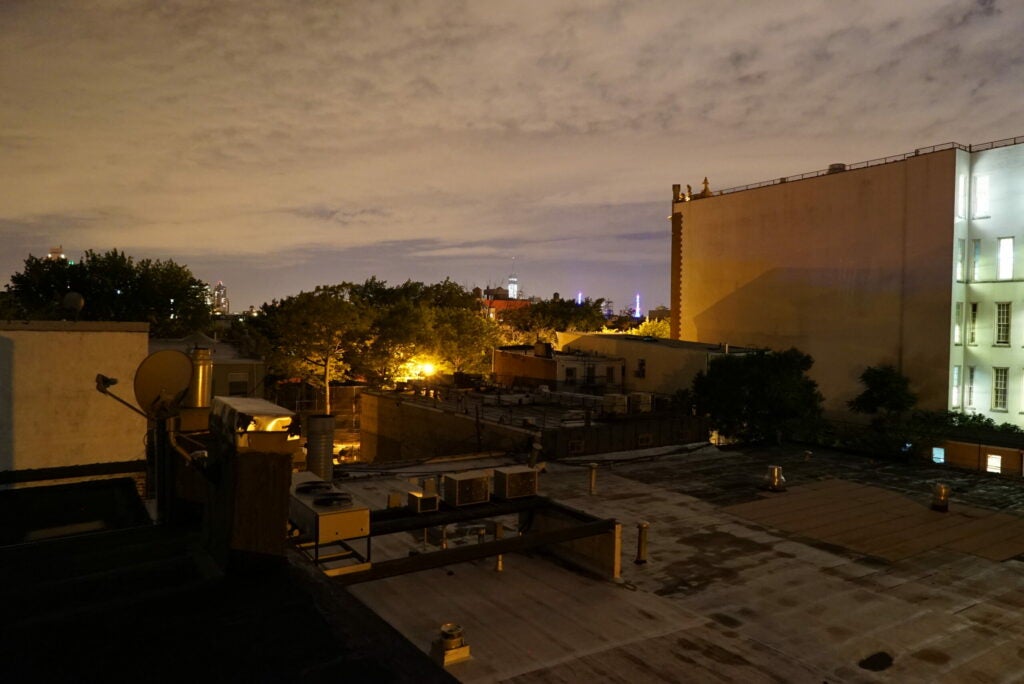
Sony A7S at ISO 6400
Focal Length: 24mm
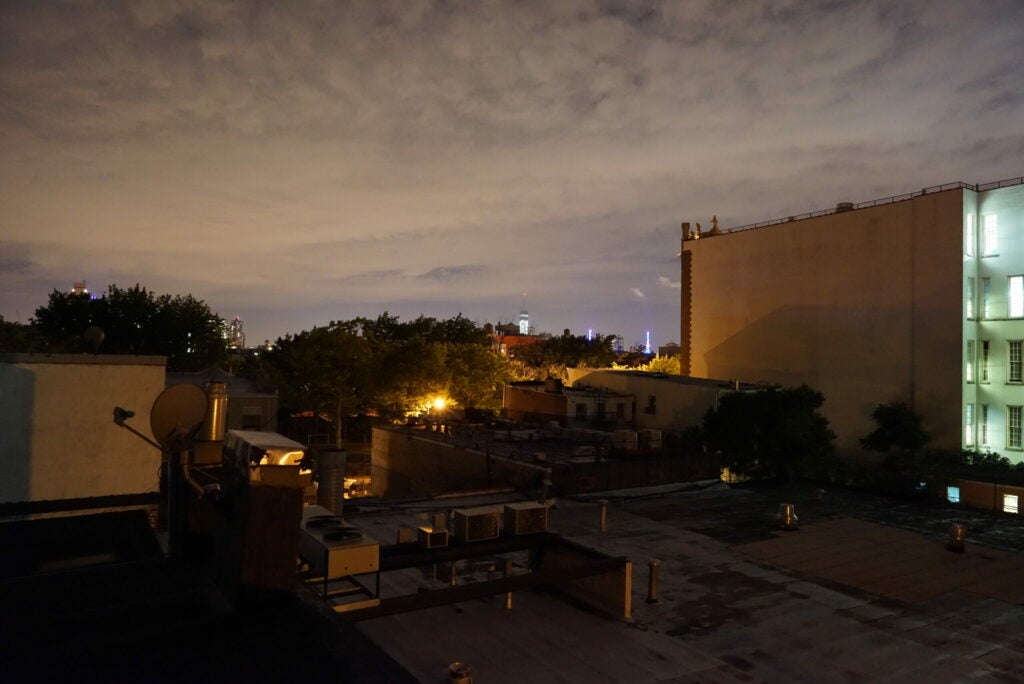
Sony A7R at ISO 6400
Focal Length: 24mm
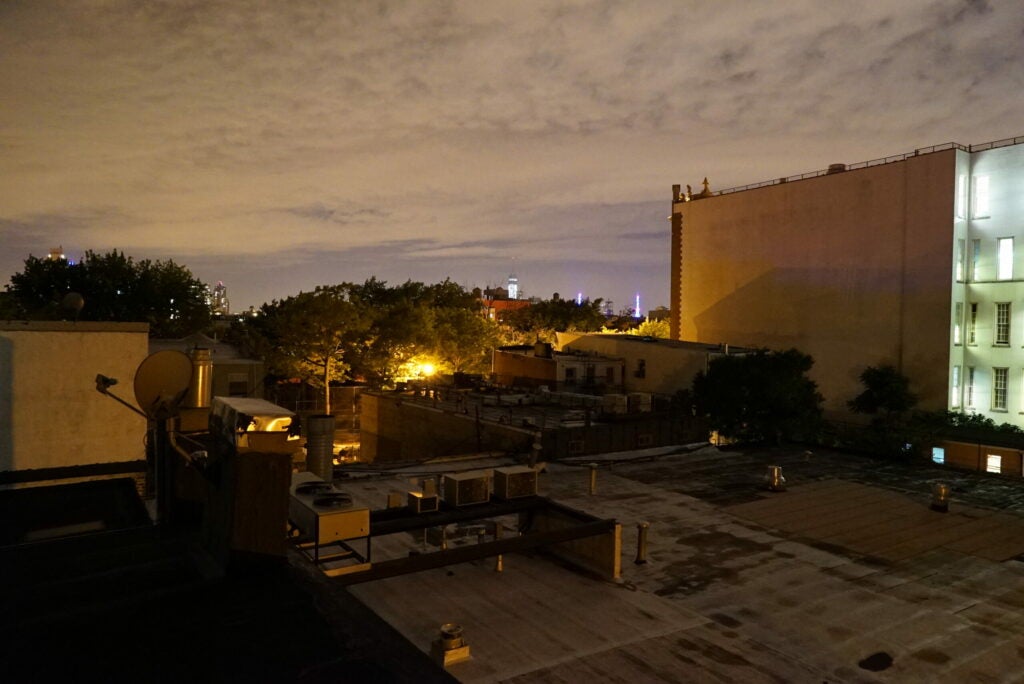
Sony A7S at ISO 12800
Focal Length: 24mm
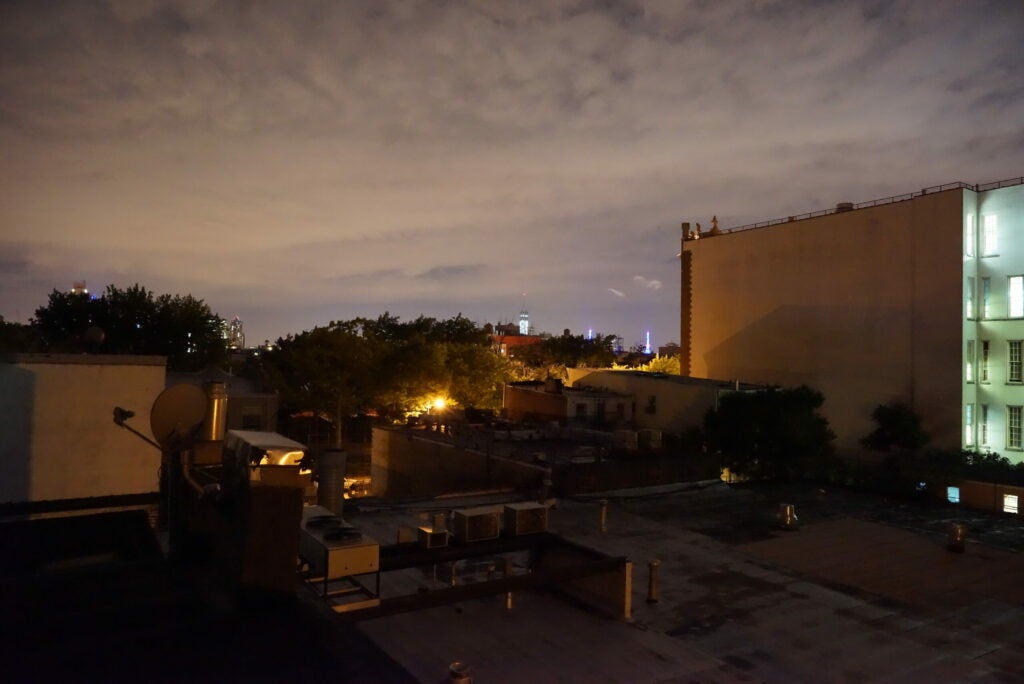
Sony A7R at ISO 12800
Focal Length: 24mm
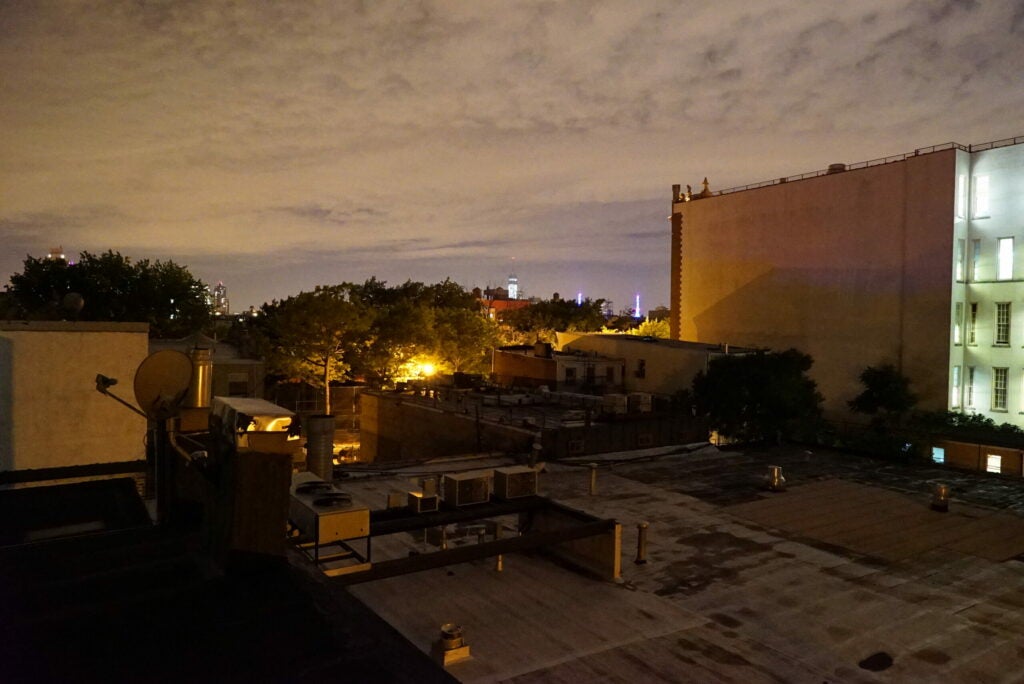
Sony A7S at ISO 25600
Focal Length: 24mm
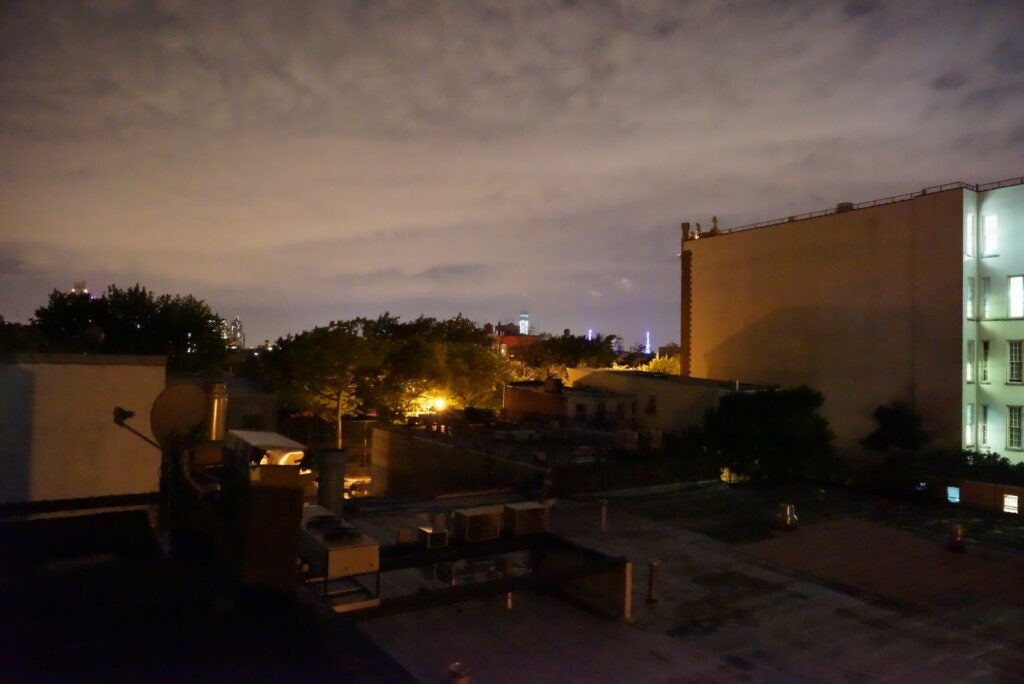
Sony A7R at ISO 25600
Focal Length: 24mm
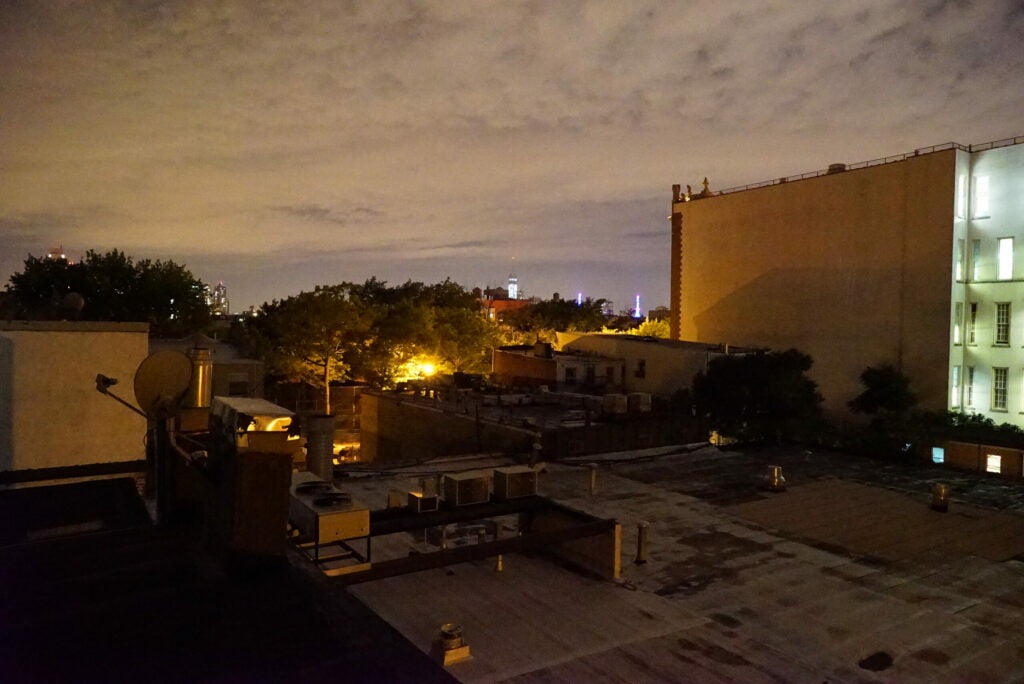
Sony A7S at ISO 51200
Focal Length: 24mm
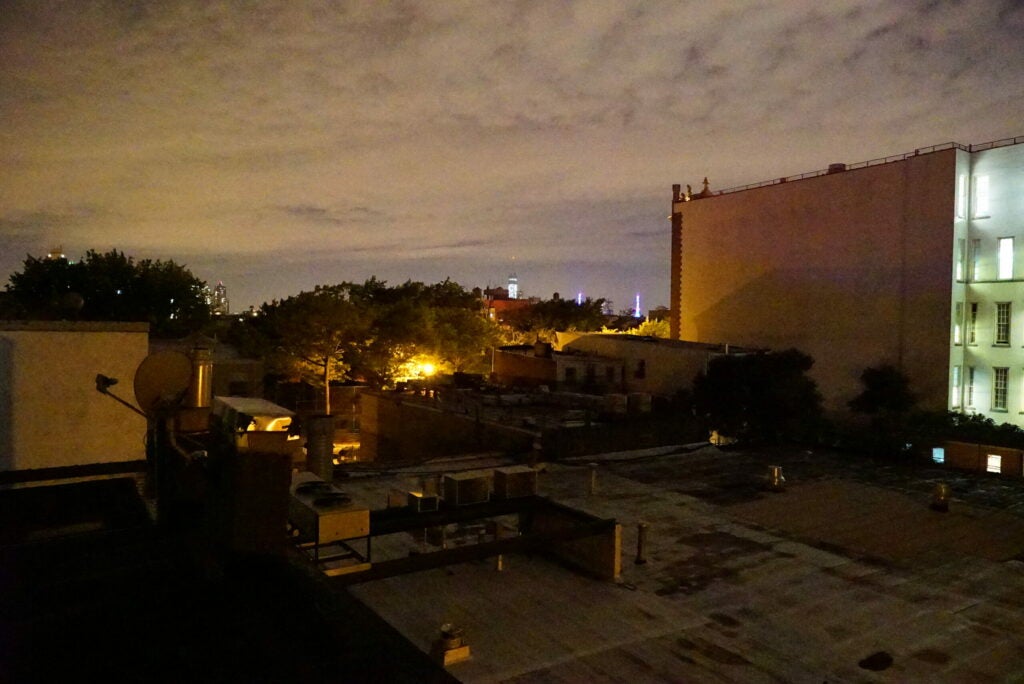
Sony A7S at ISO 102400
Focal Length: 24mm
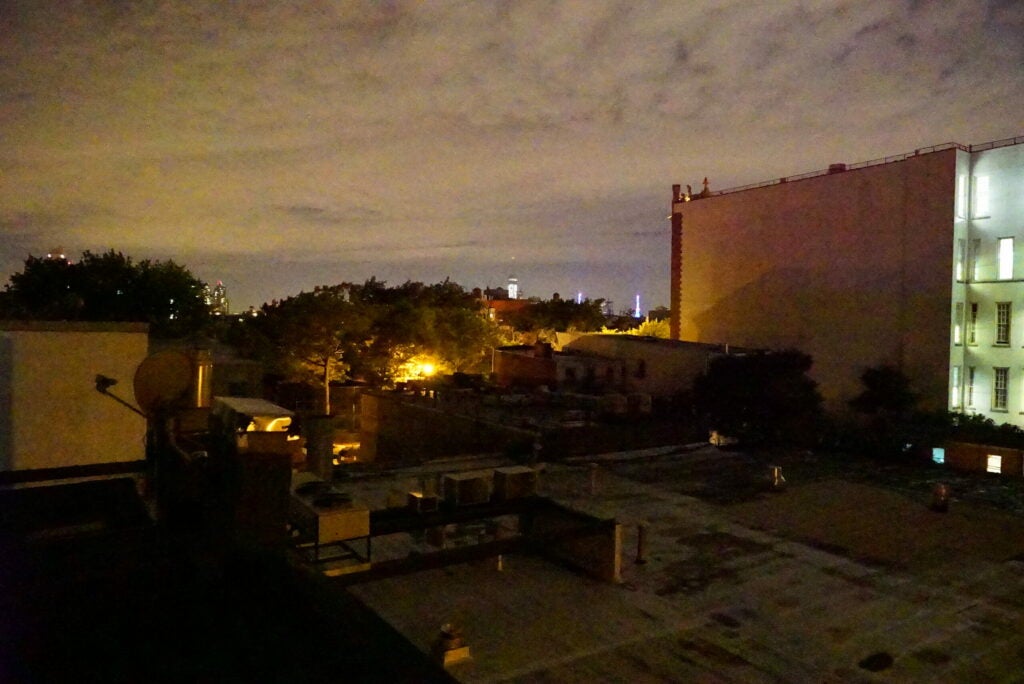
Sony A7S at ISO 204800
Focal Length: 24mm
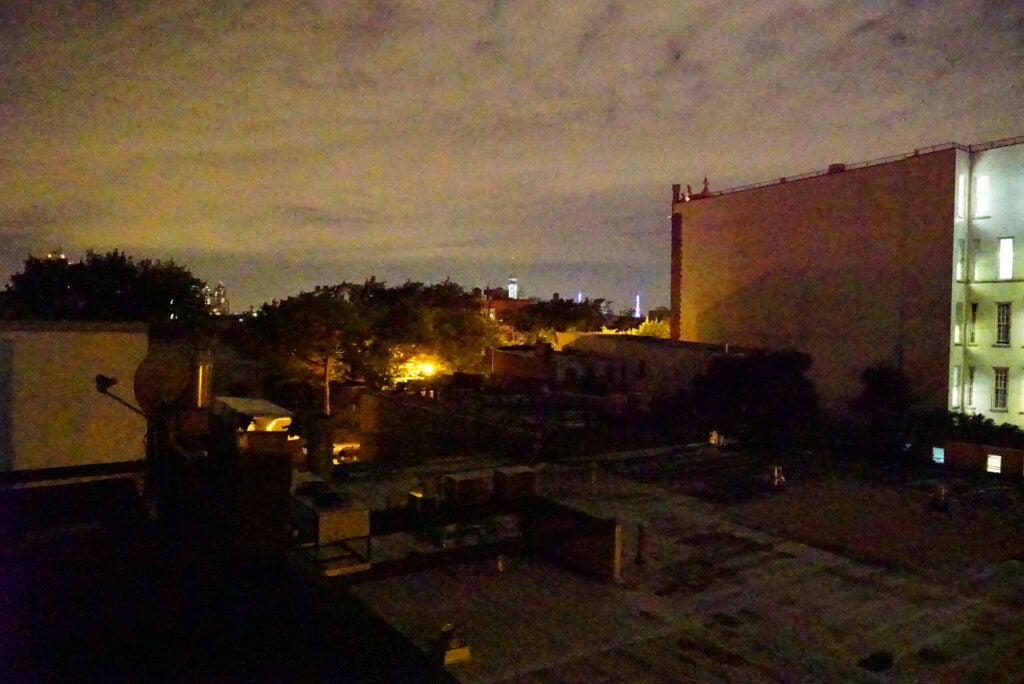
Sony A7S at ISO 409600
Focal Length: 24mm
The post Sony A7S, A7R, Nikon D4s High ISO Comparison Gallery appeared first on Popular Photography.
Articles may contain affiliate links which enable us to share in the revenue of any purchases made.
]]>